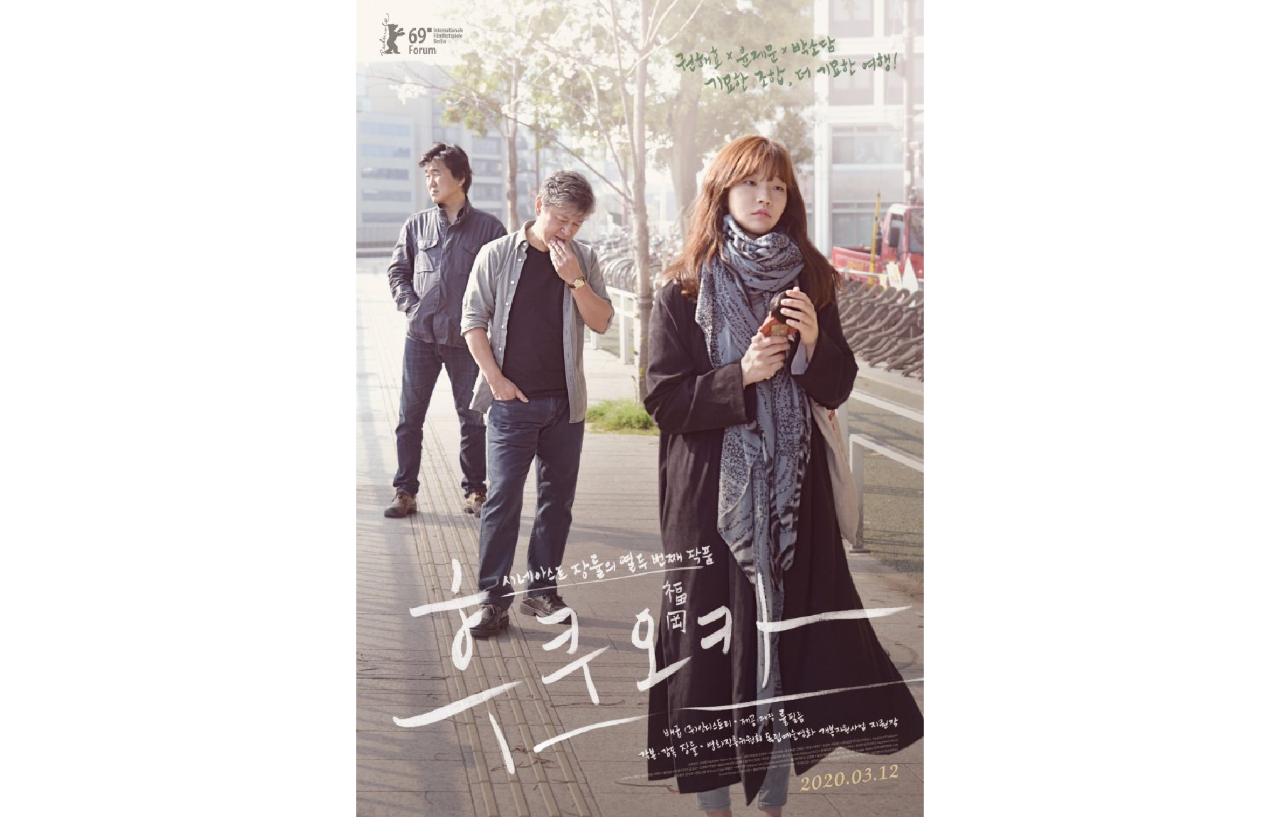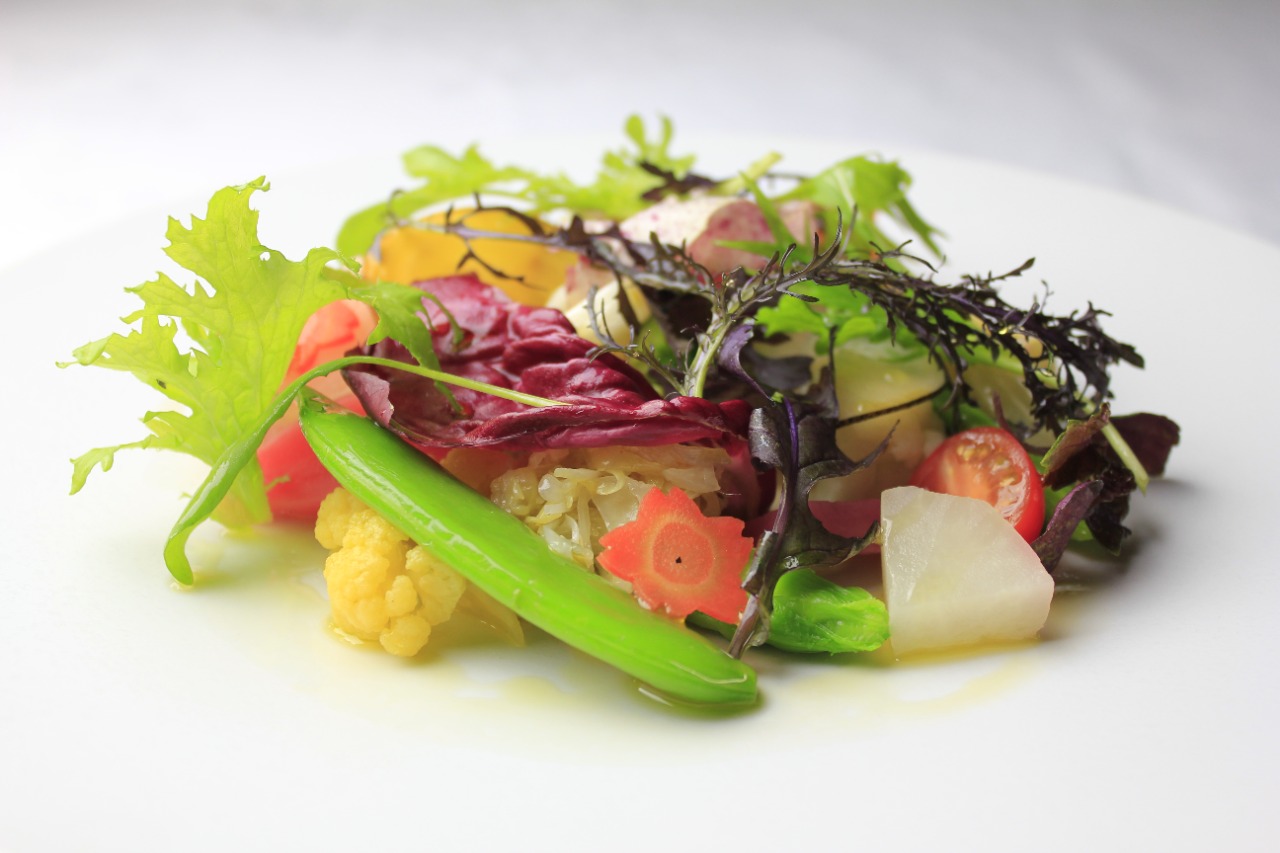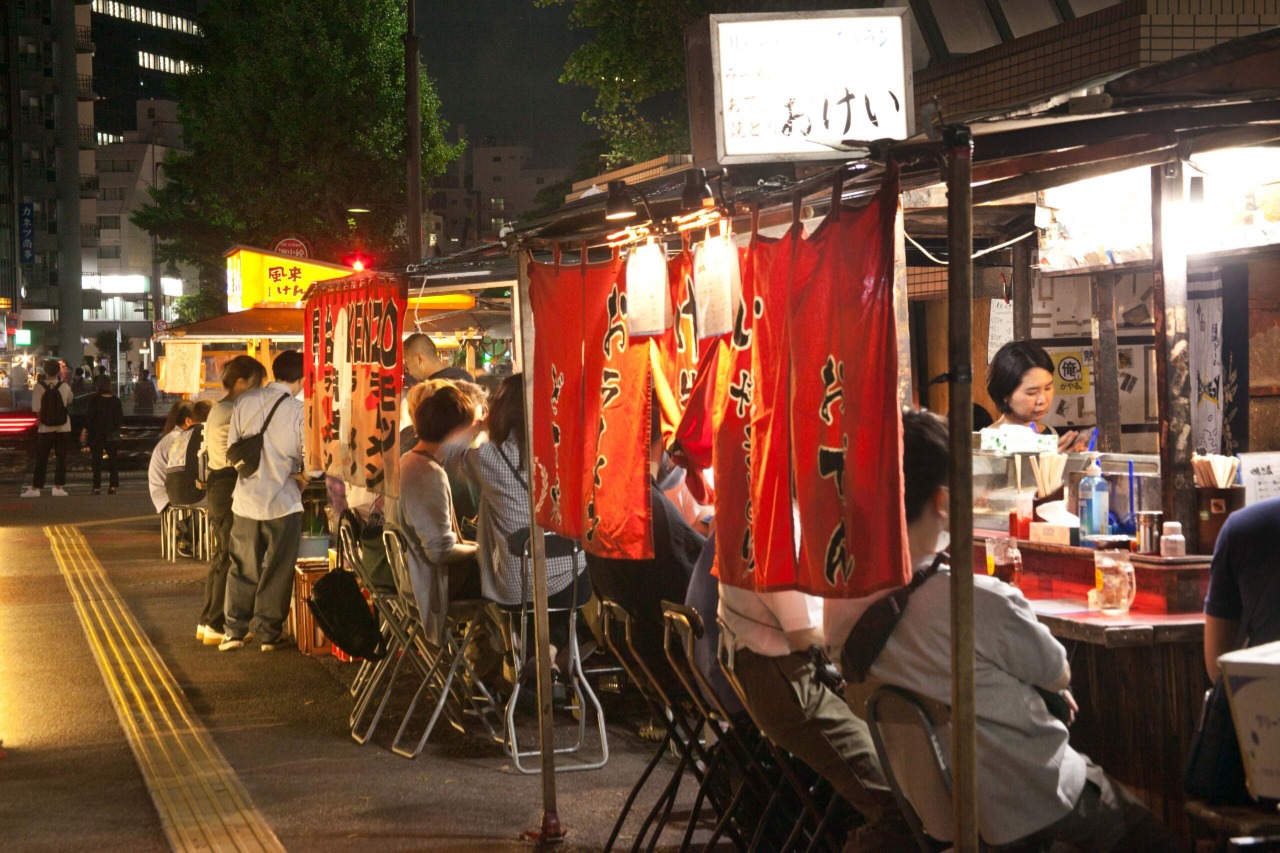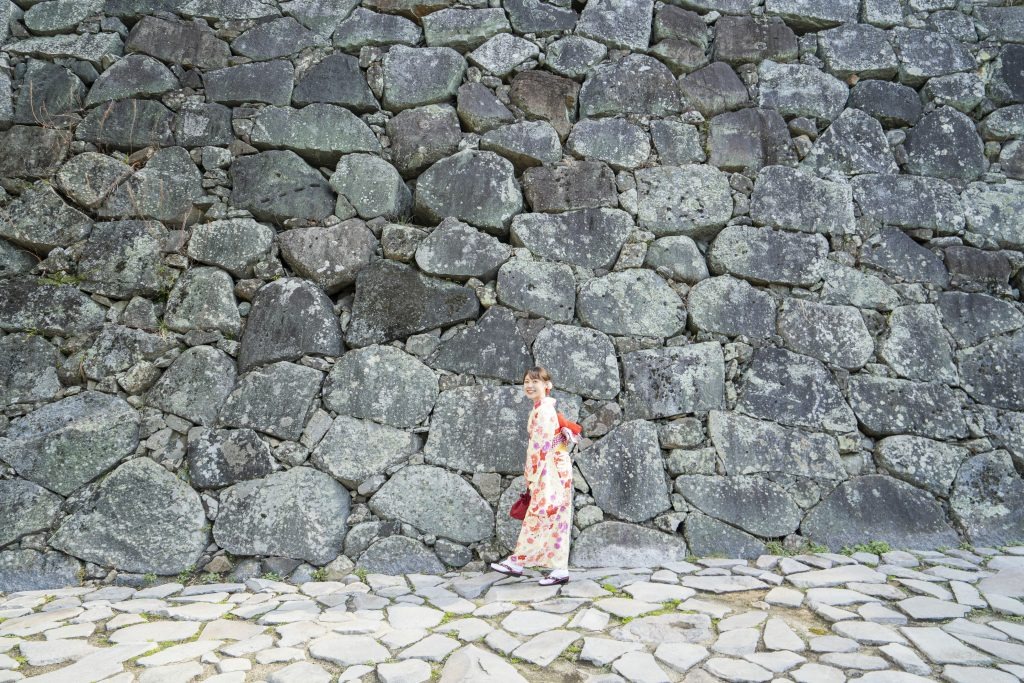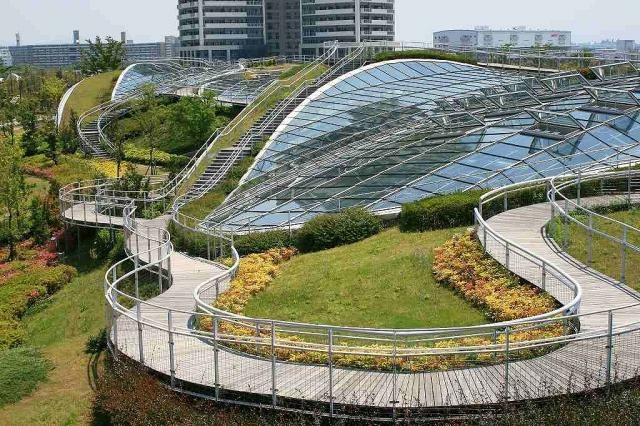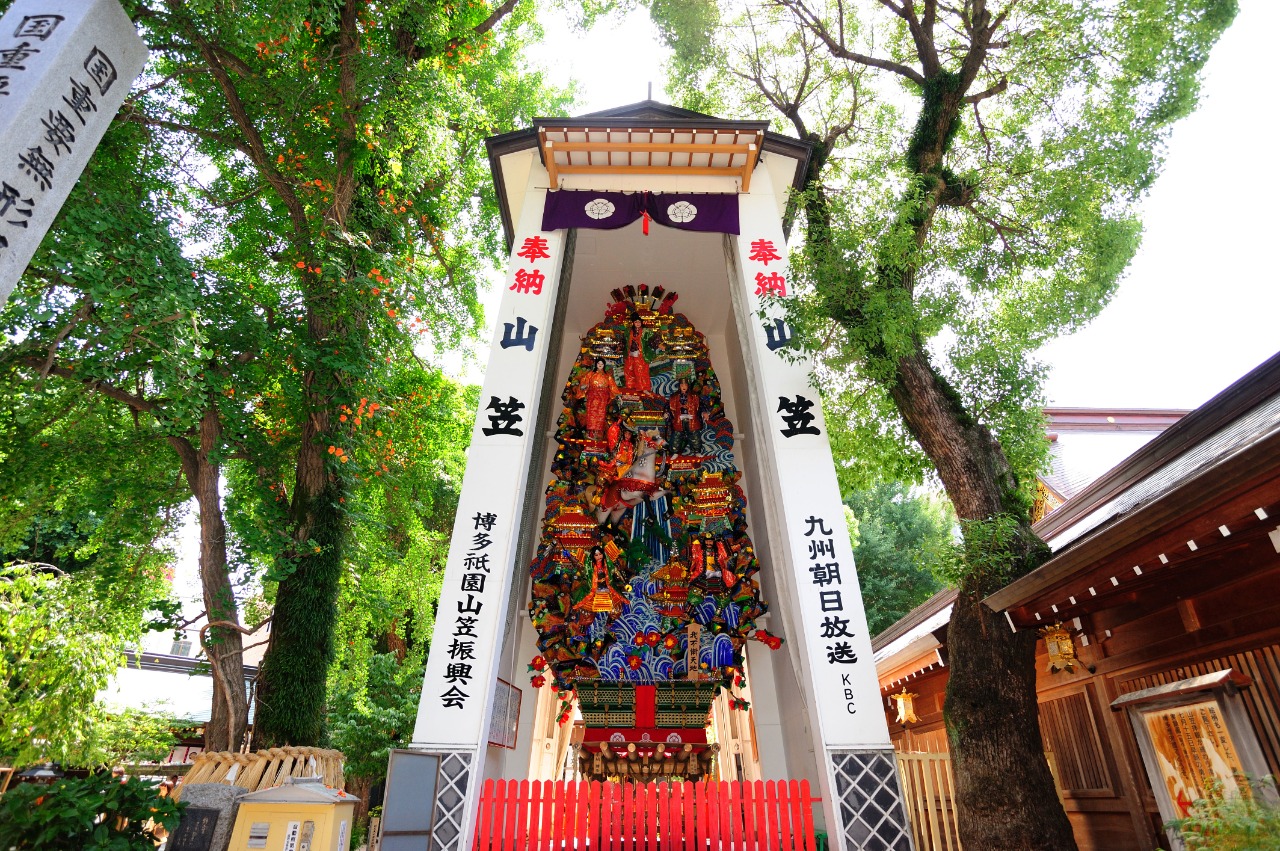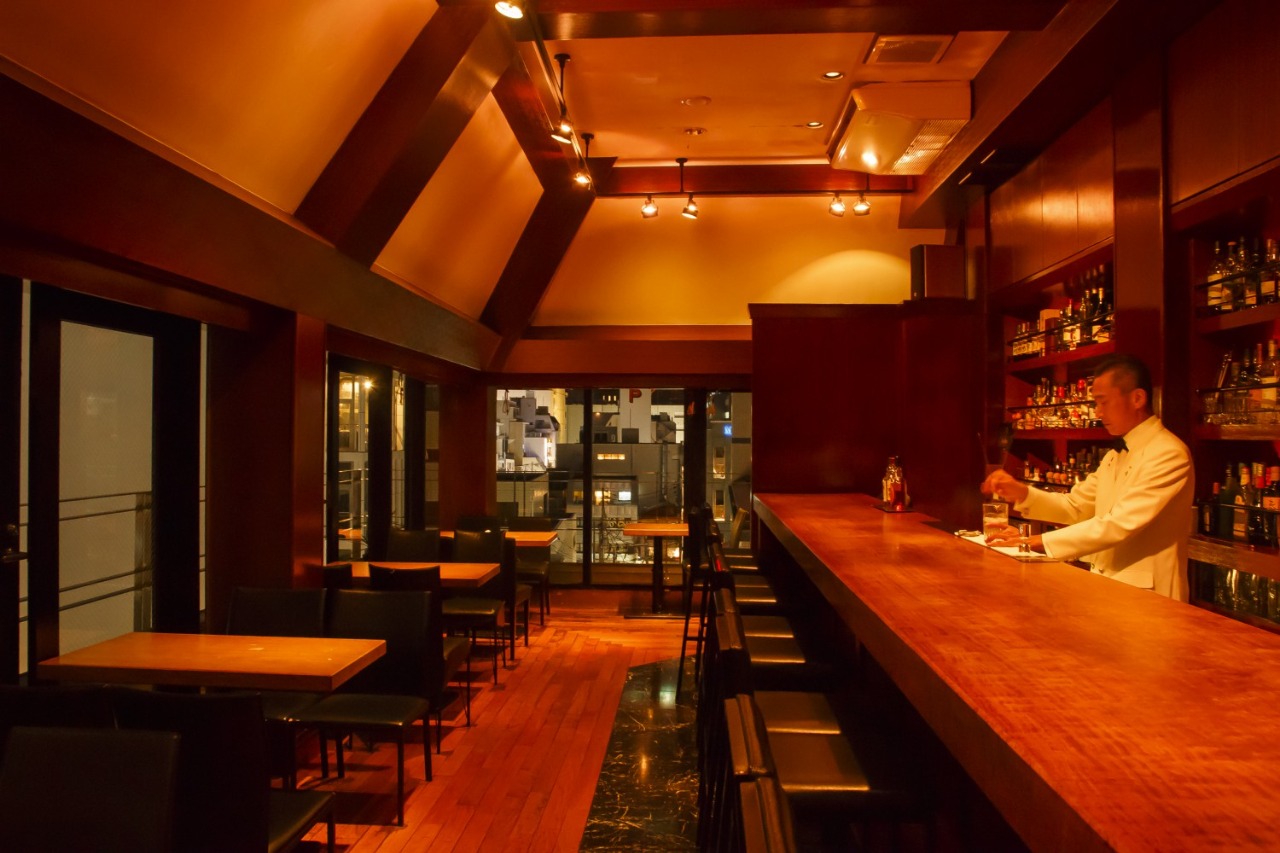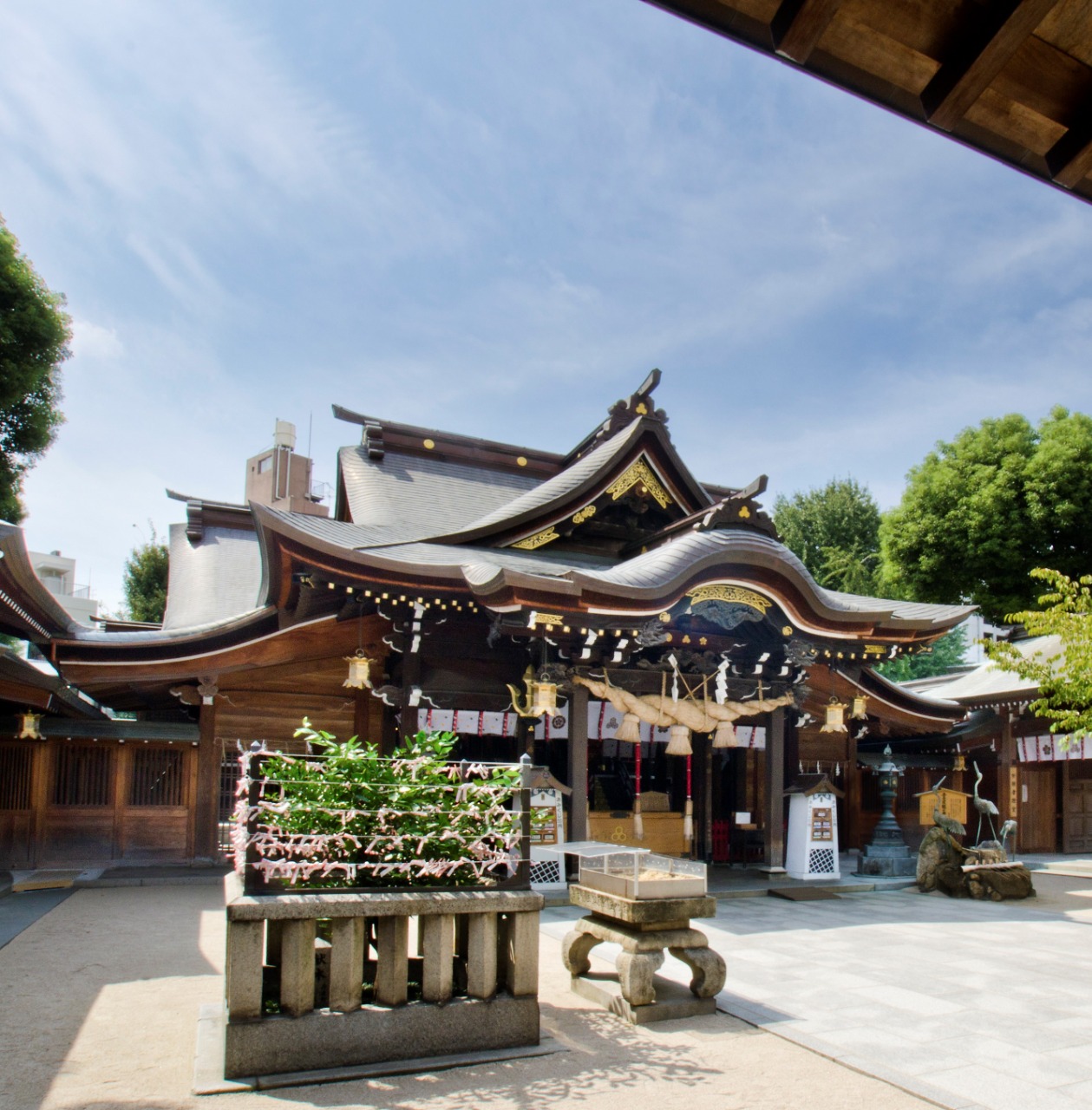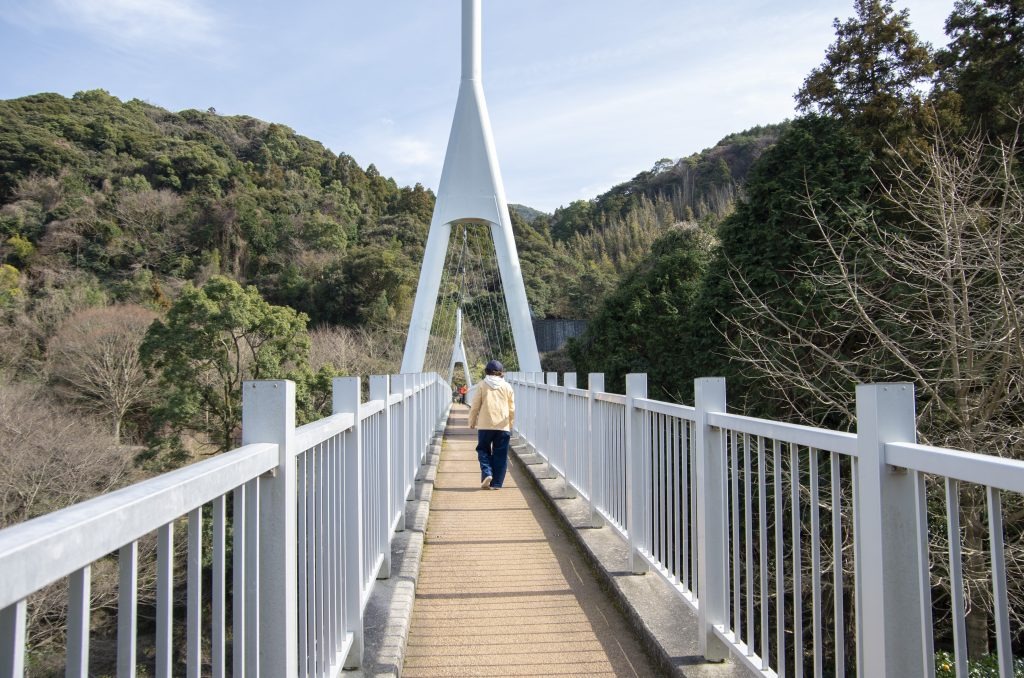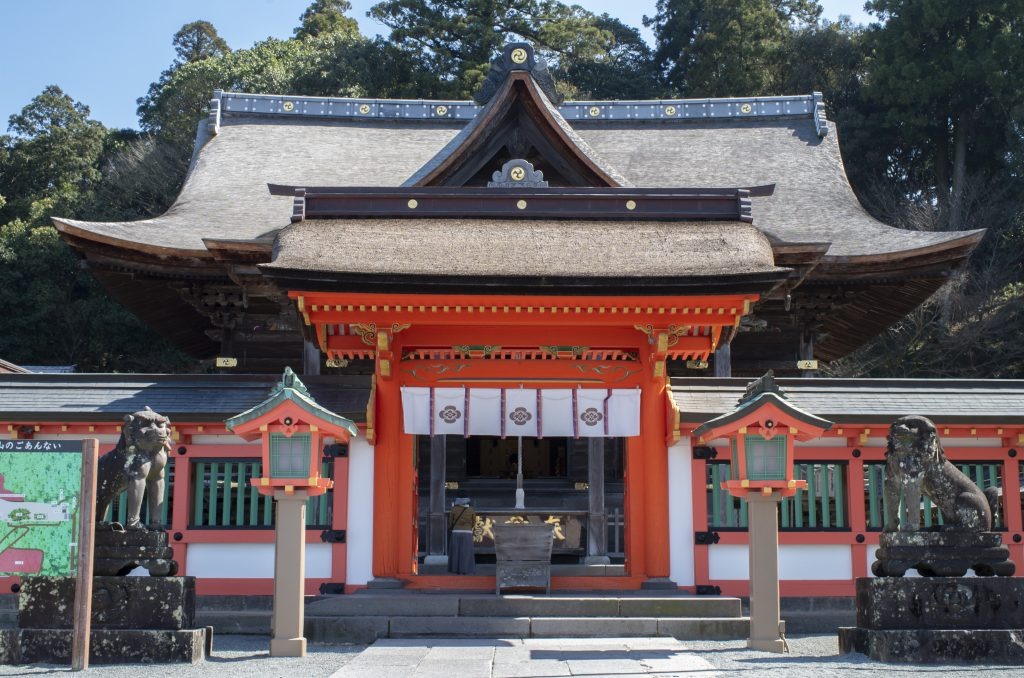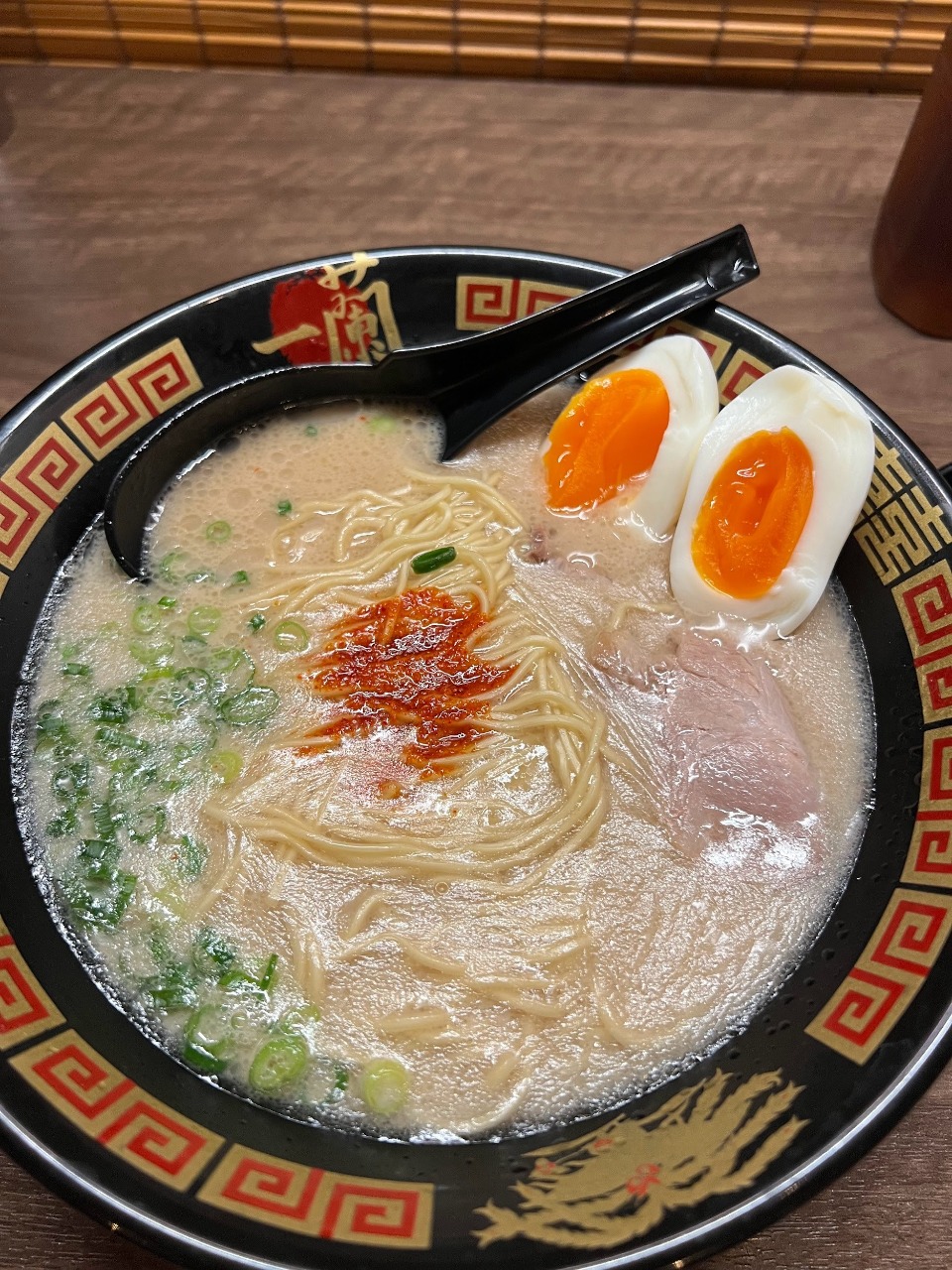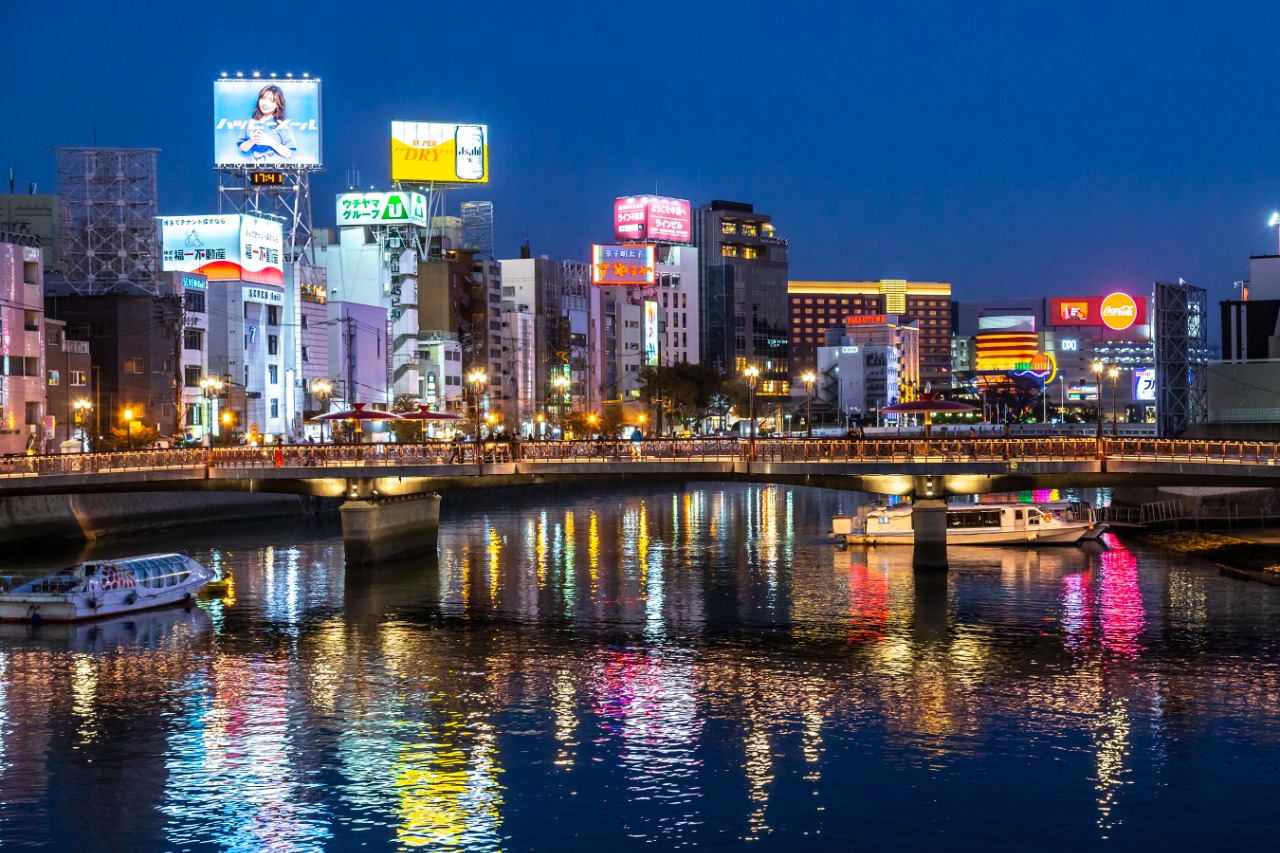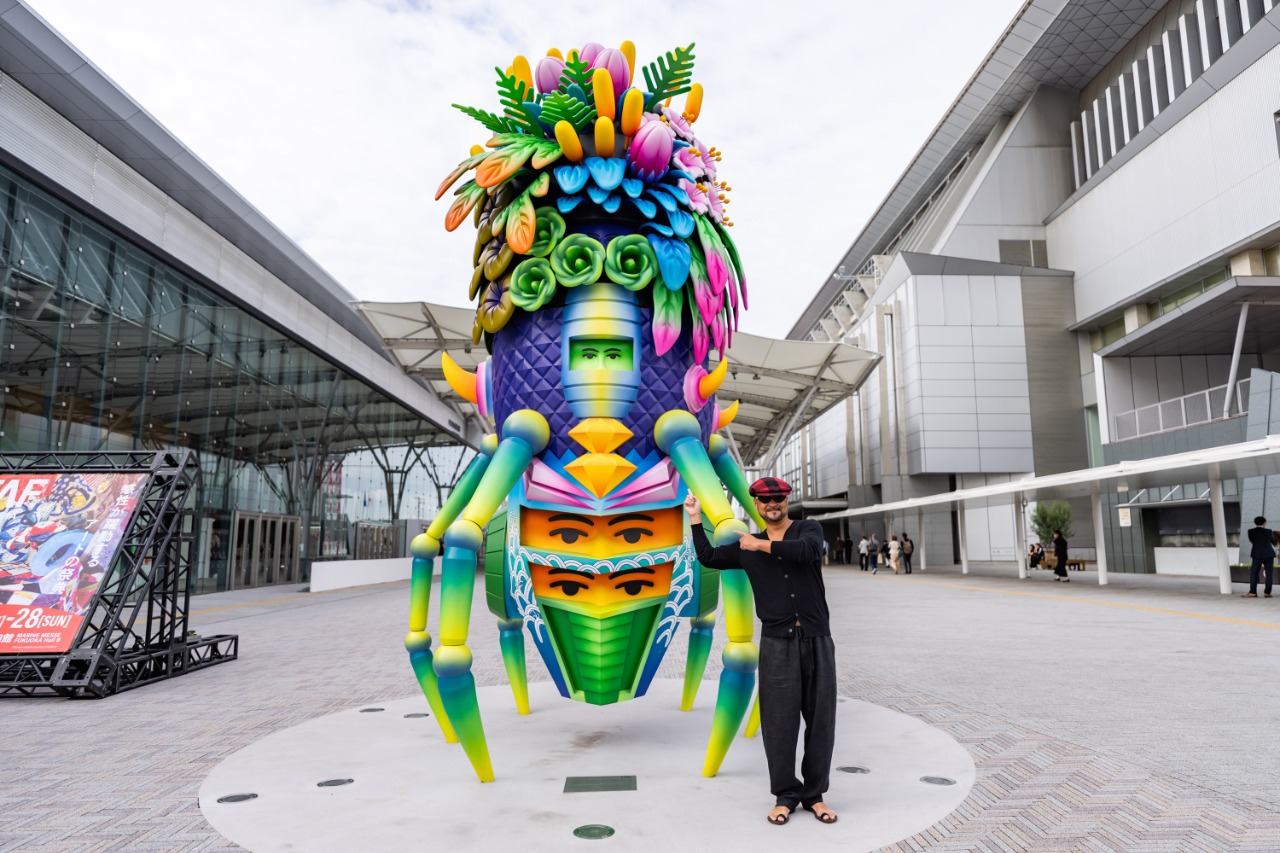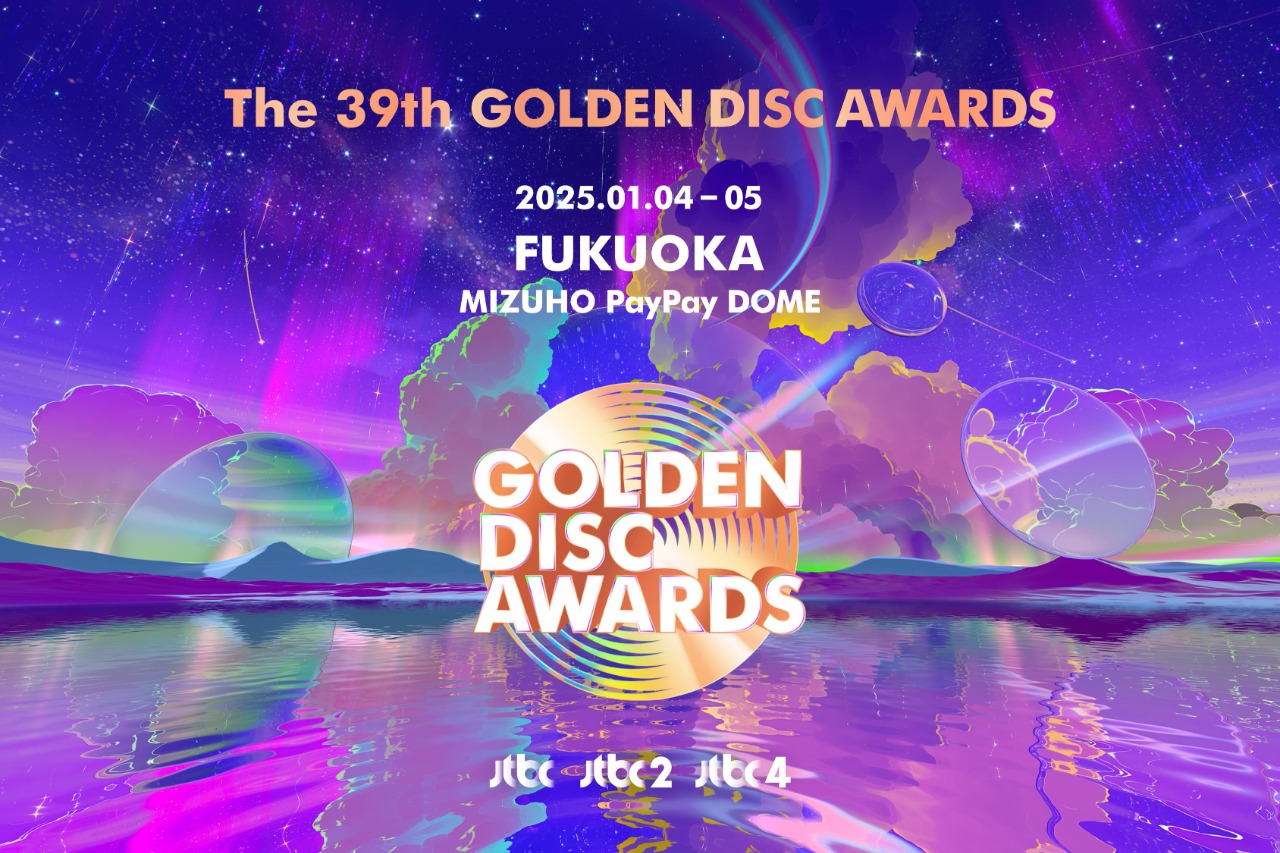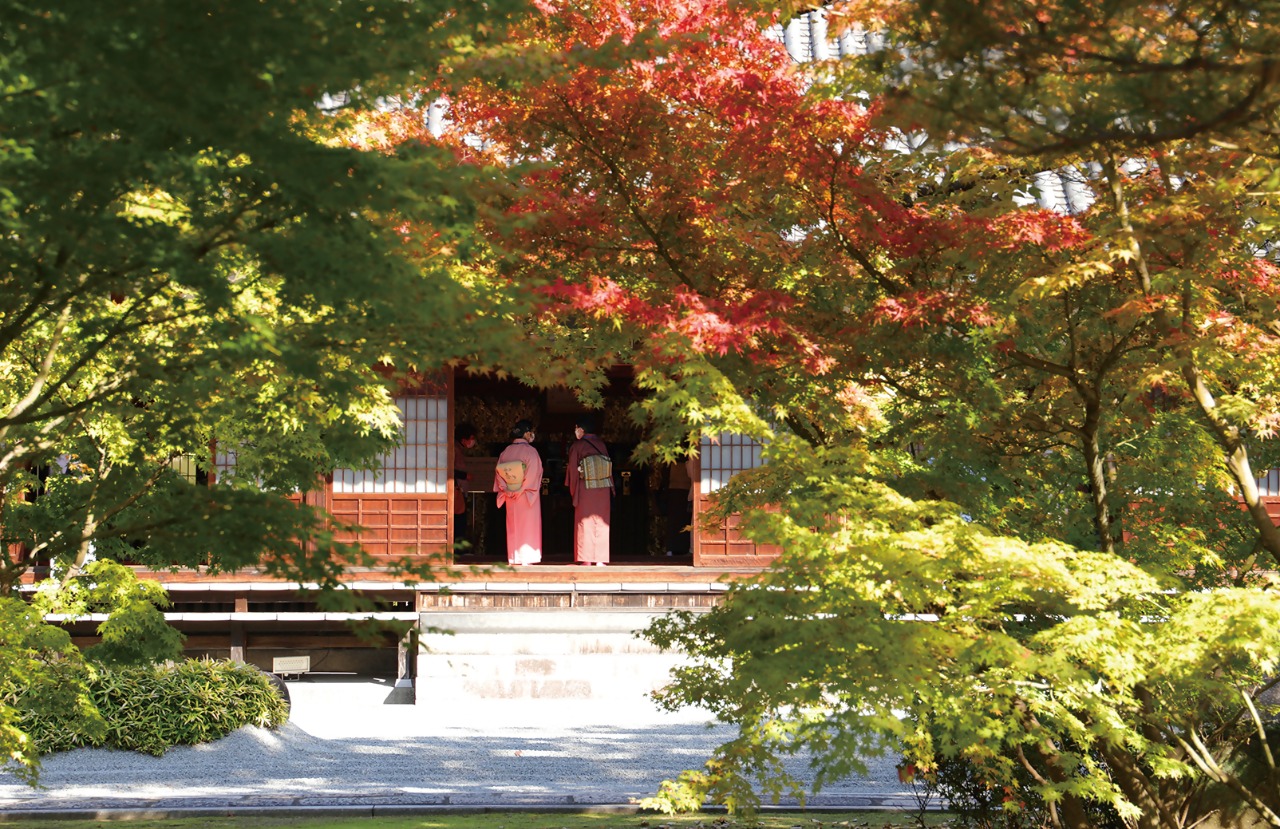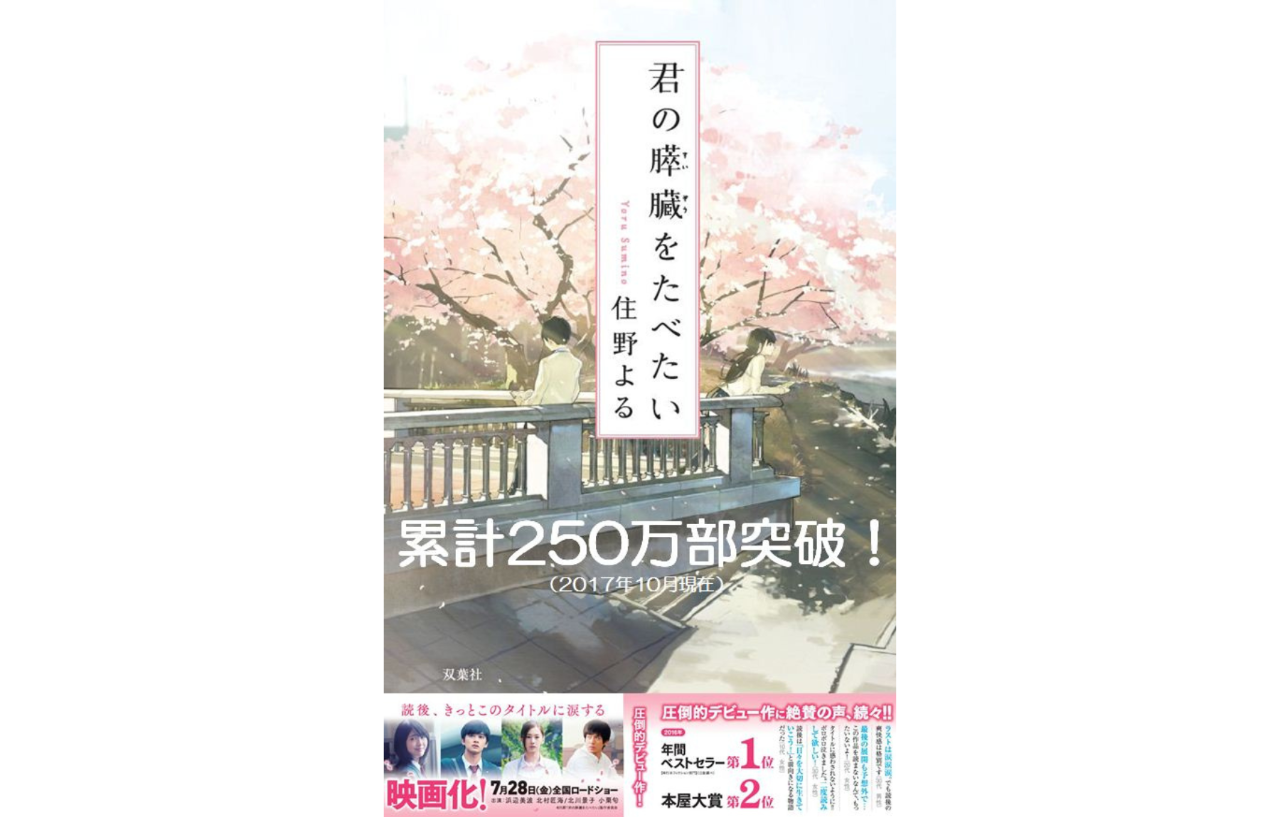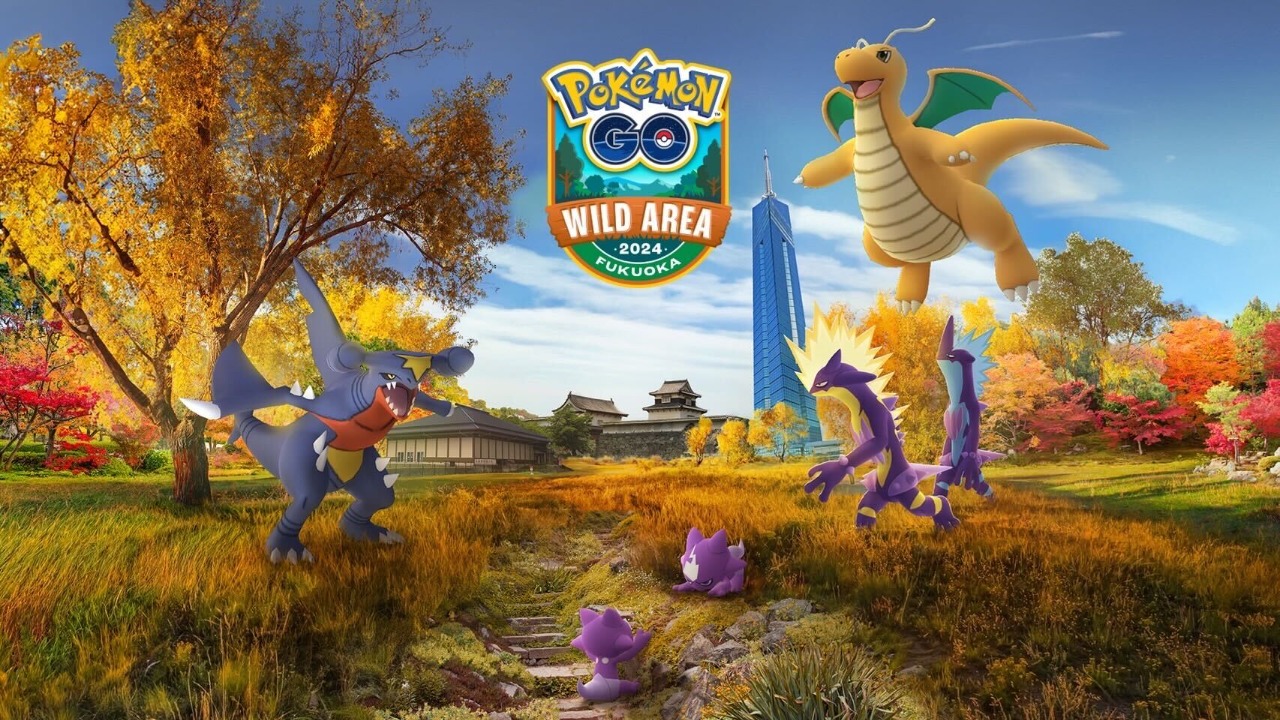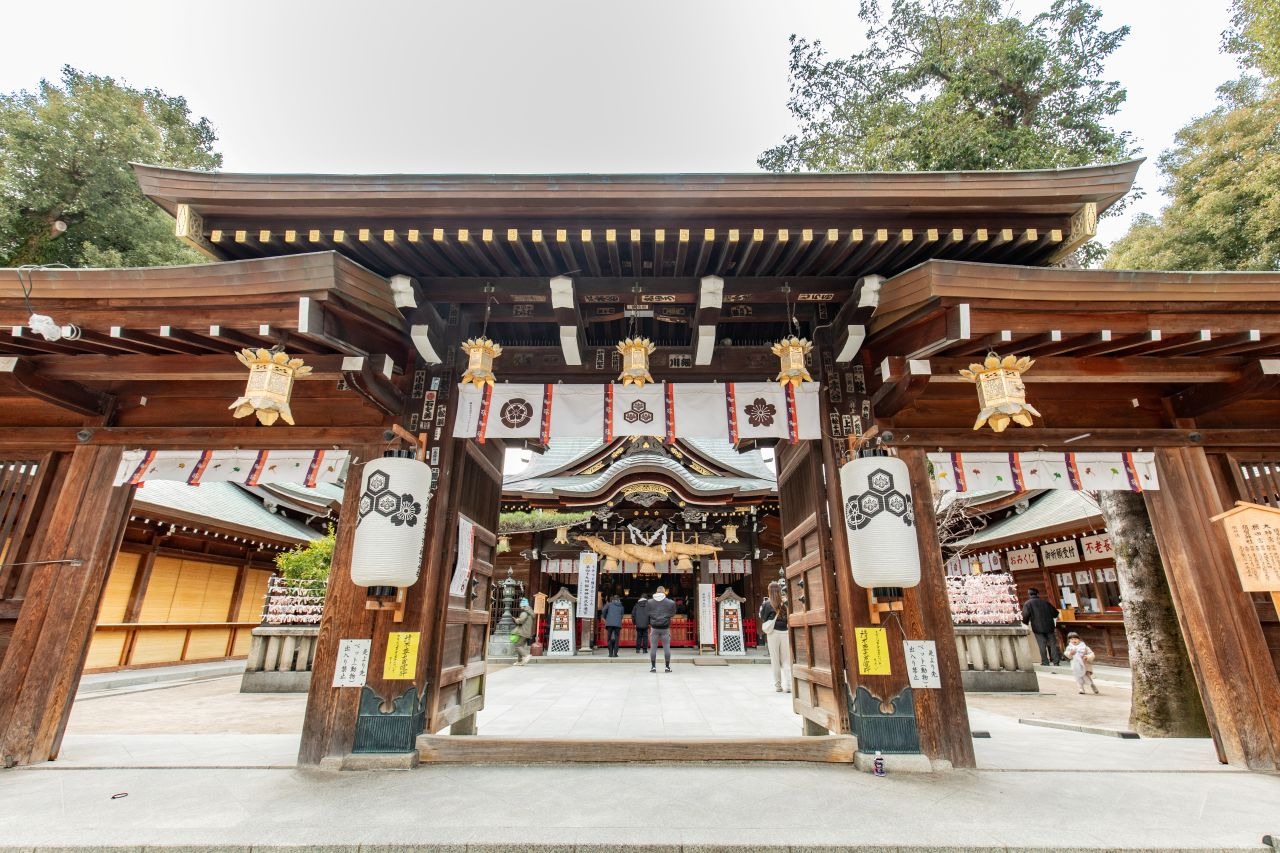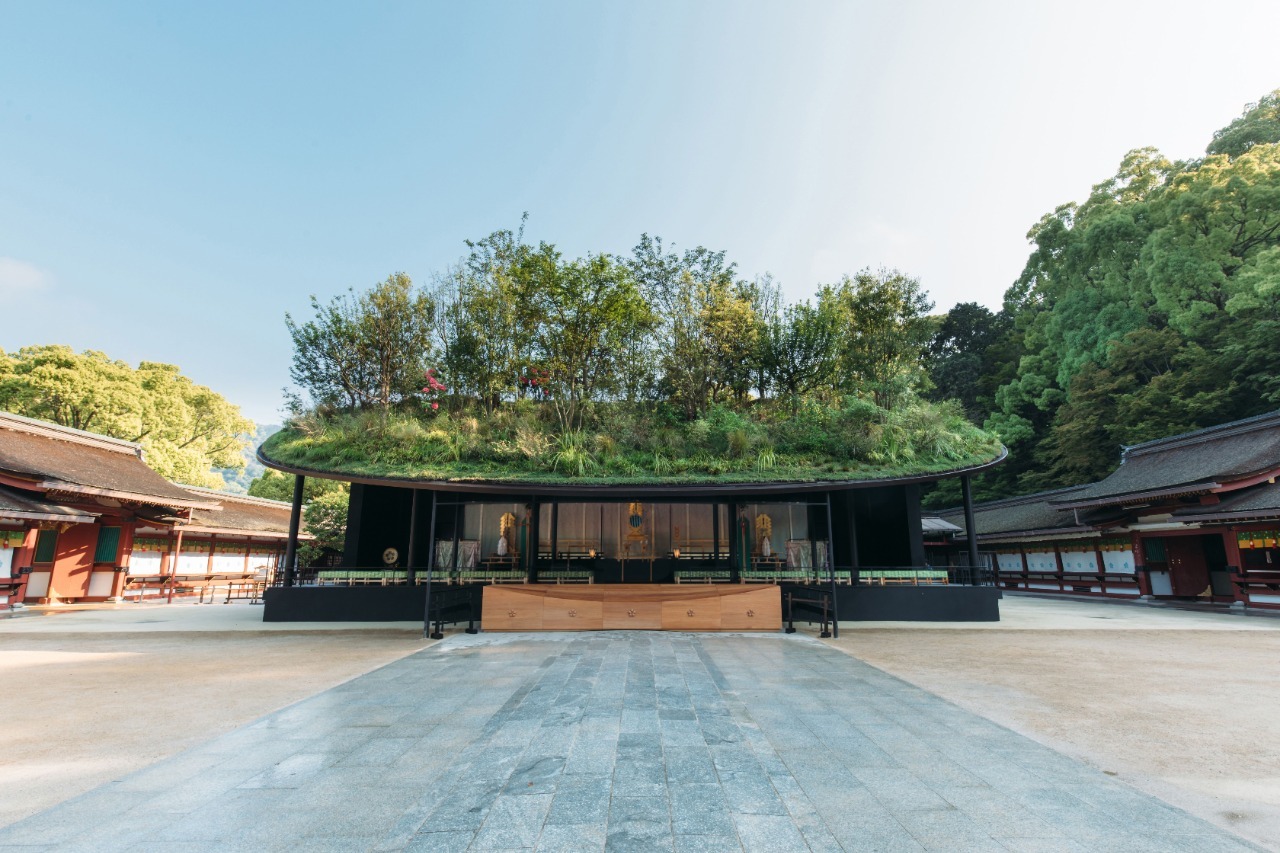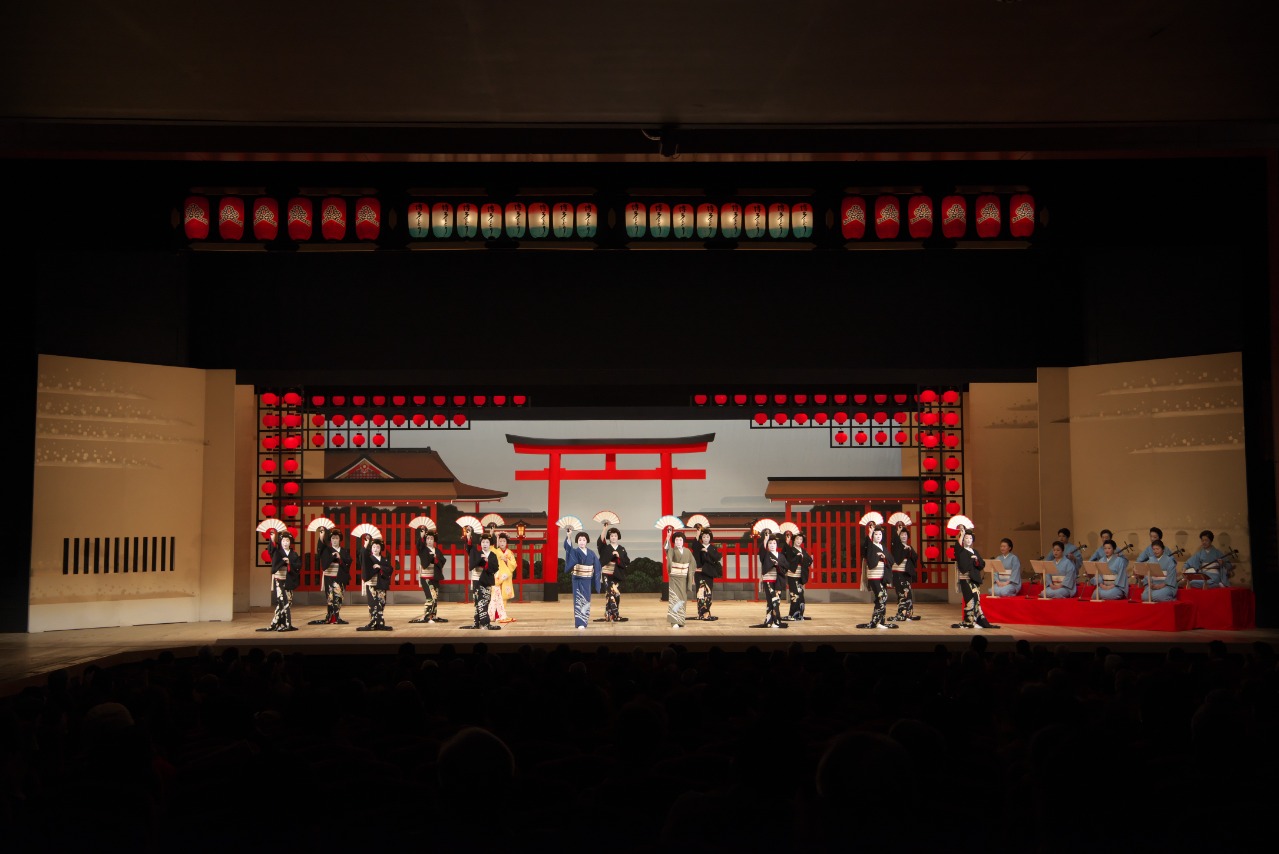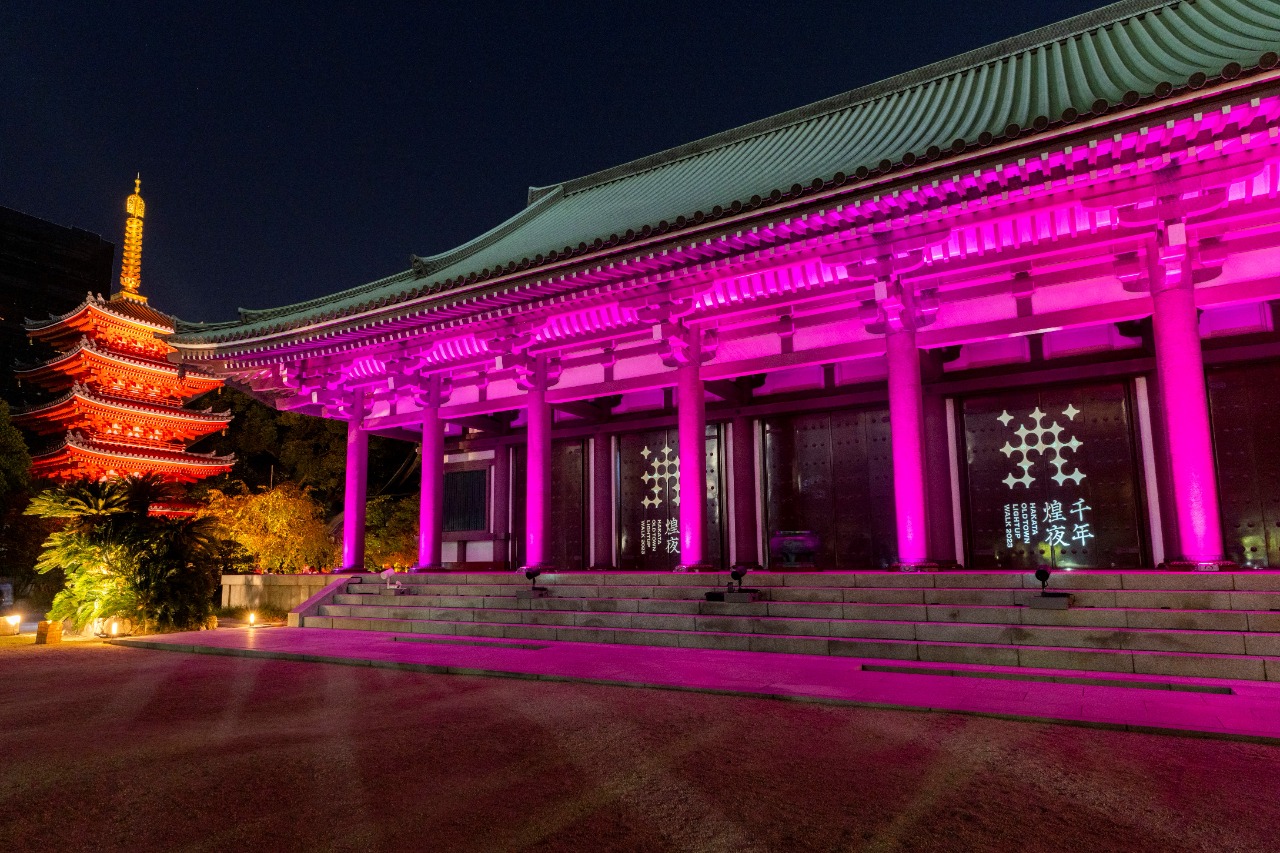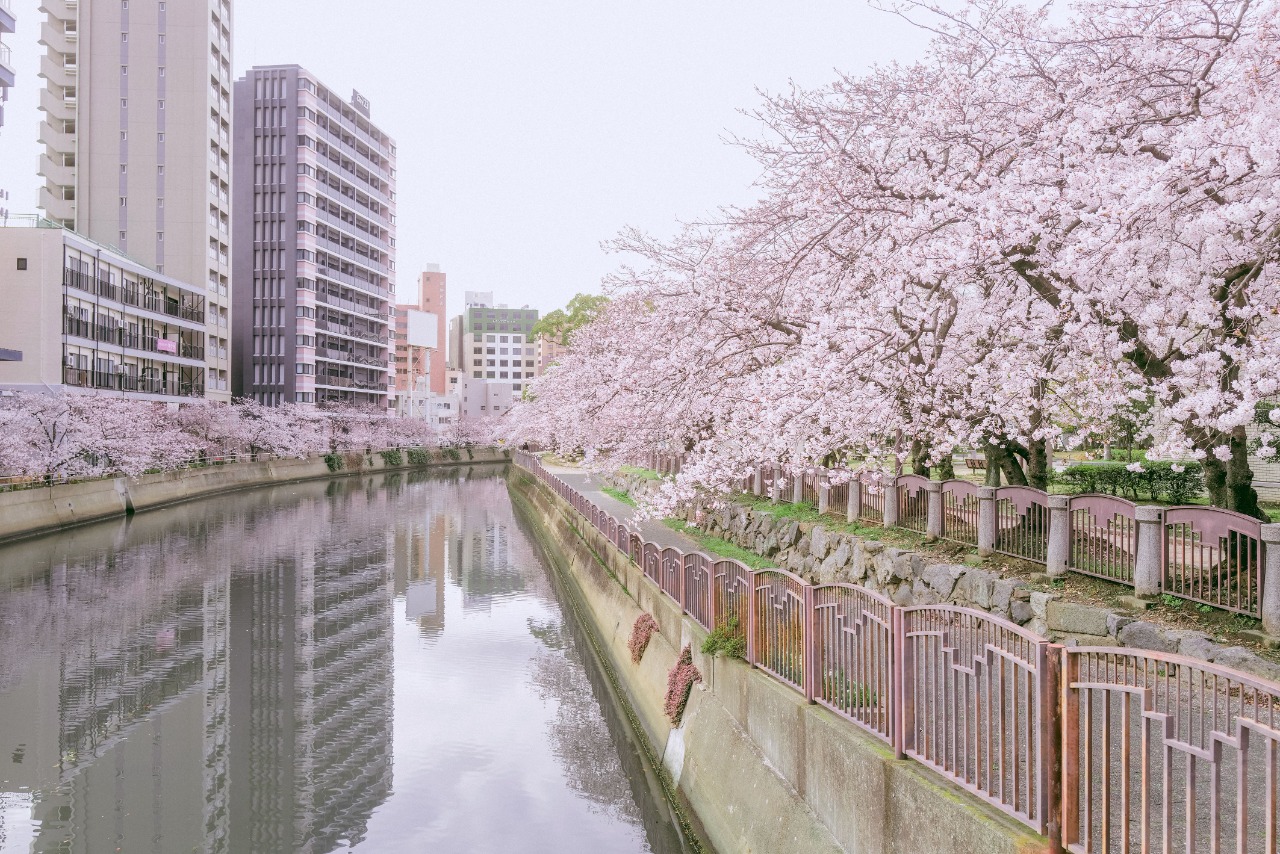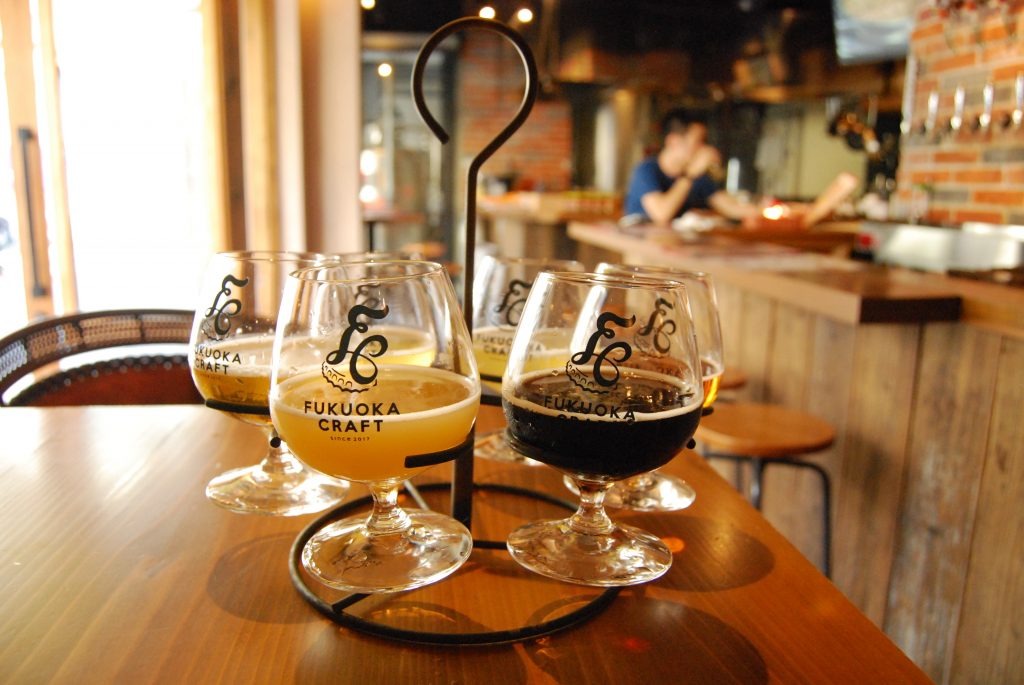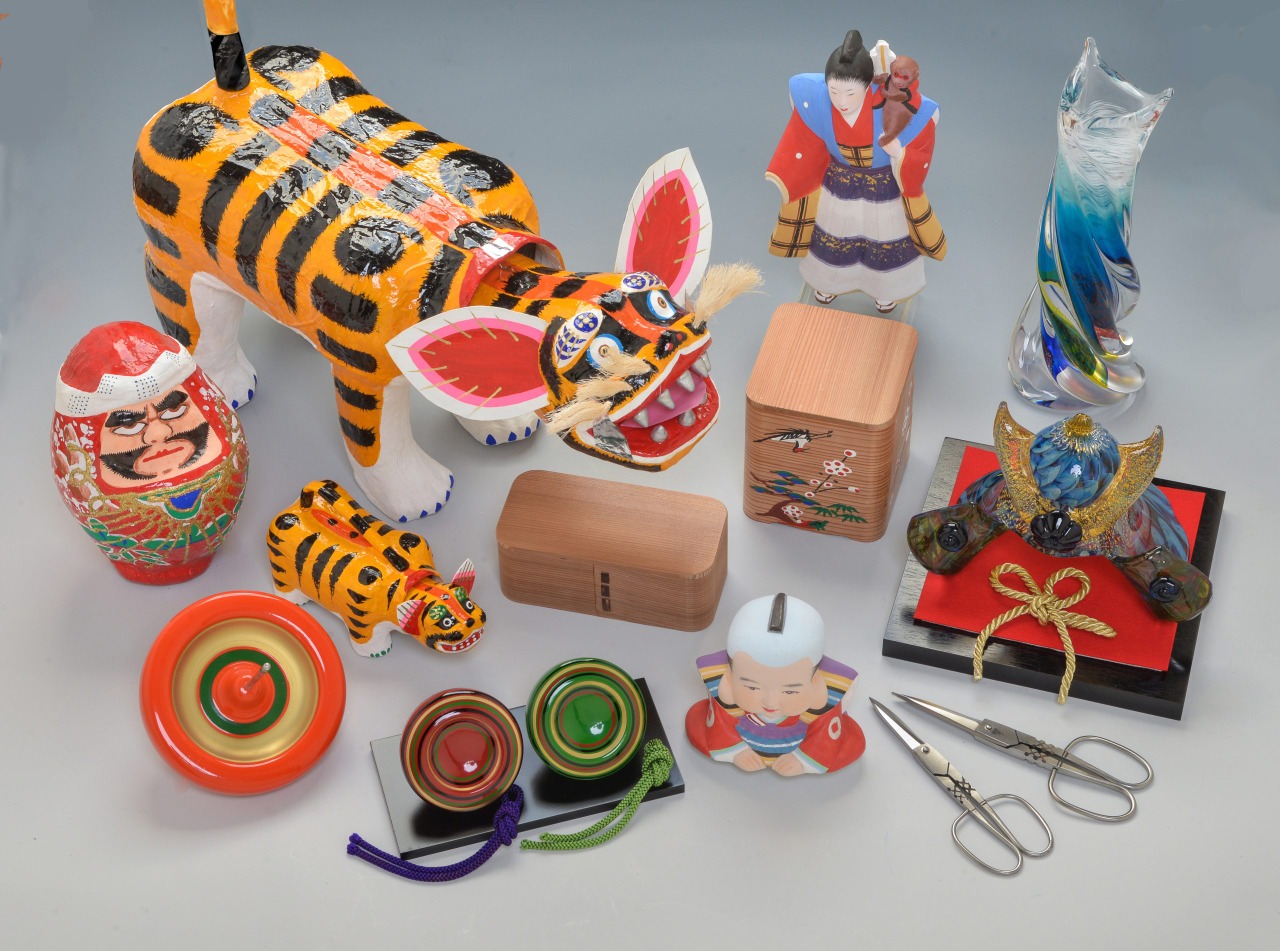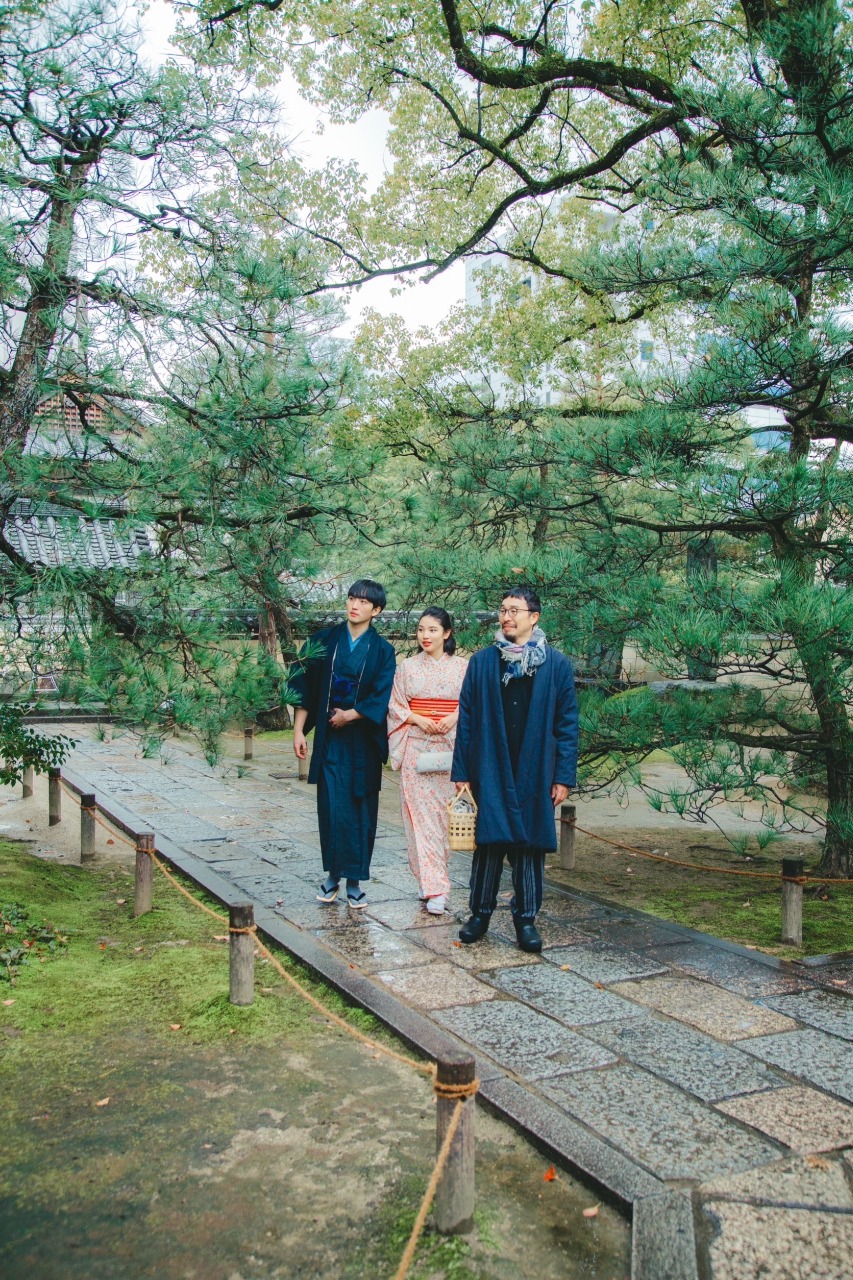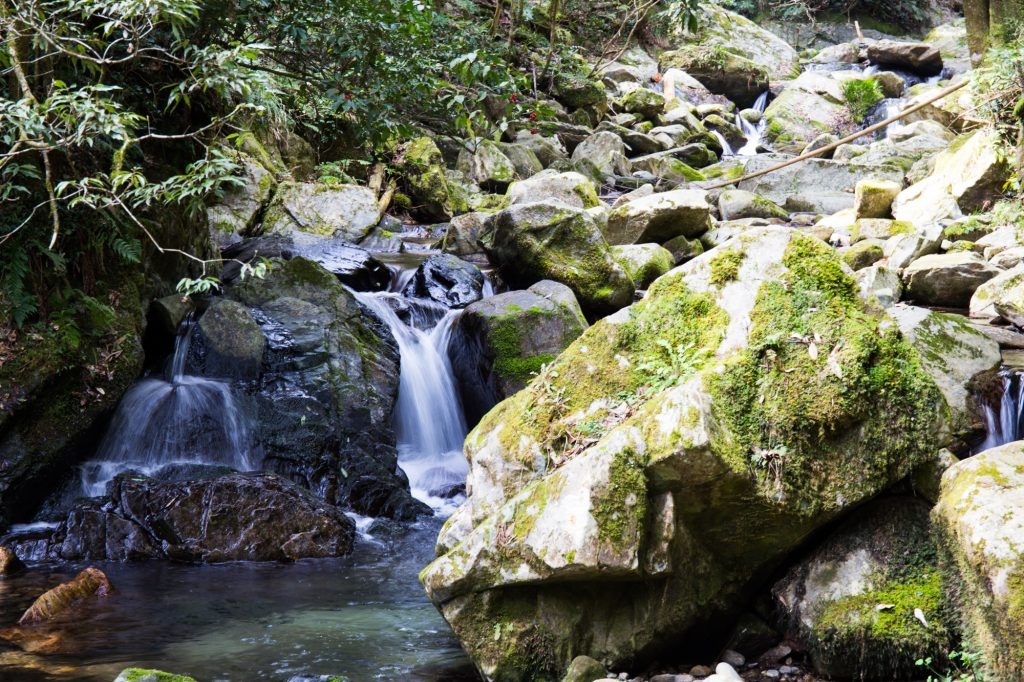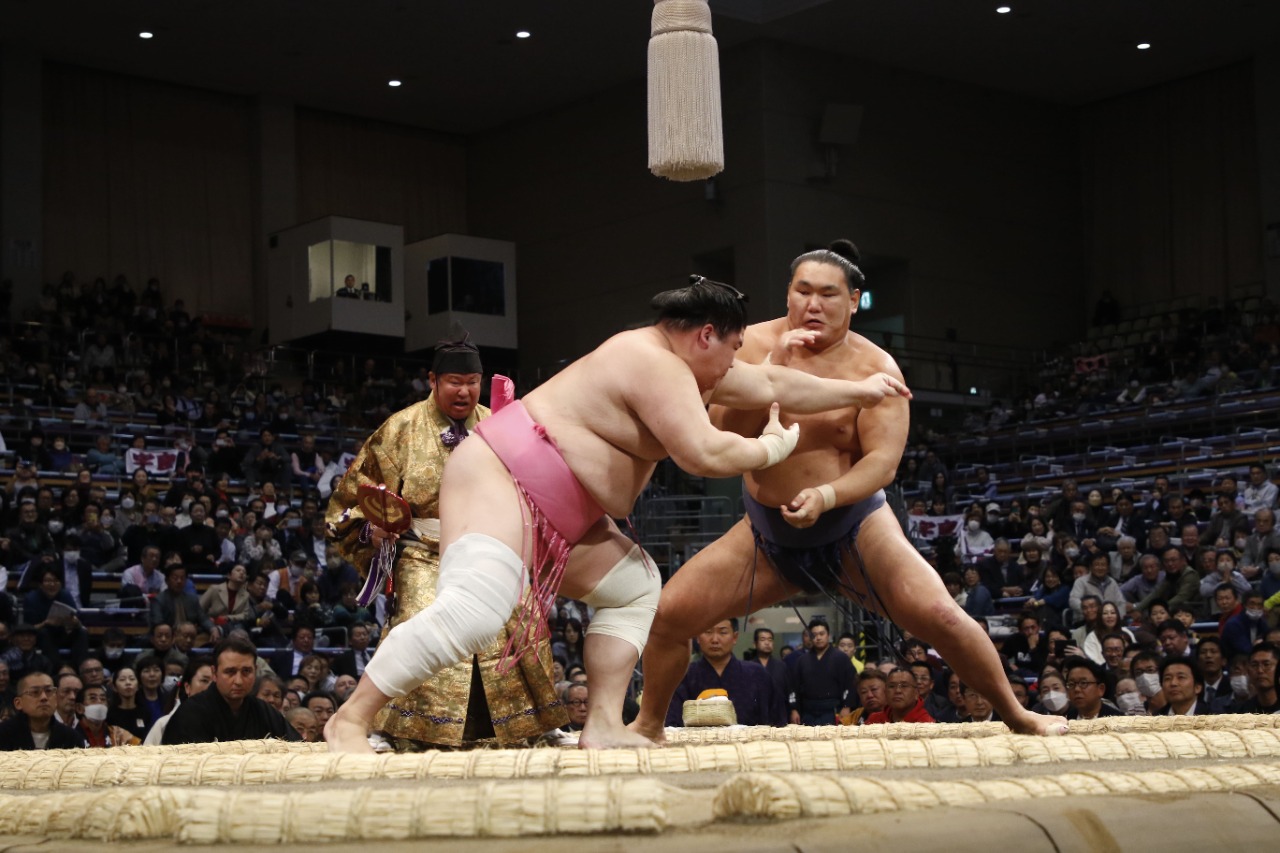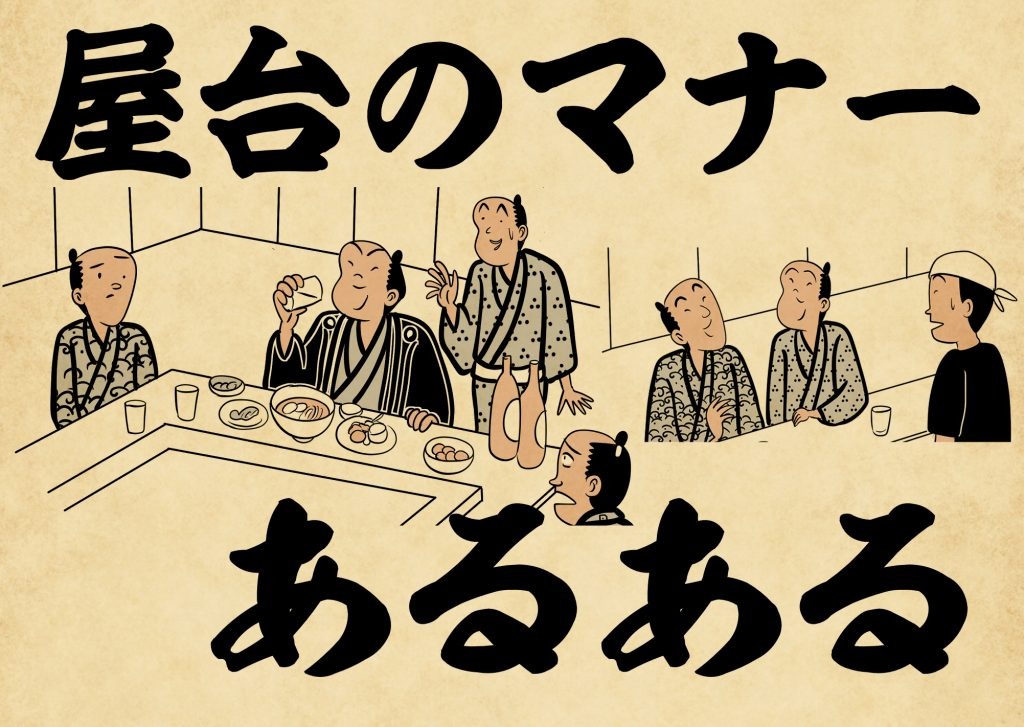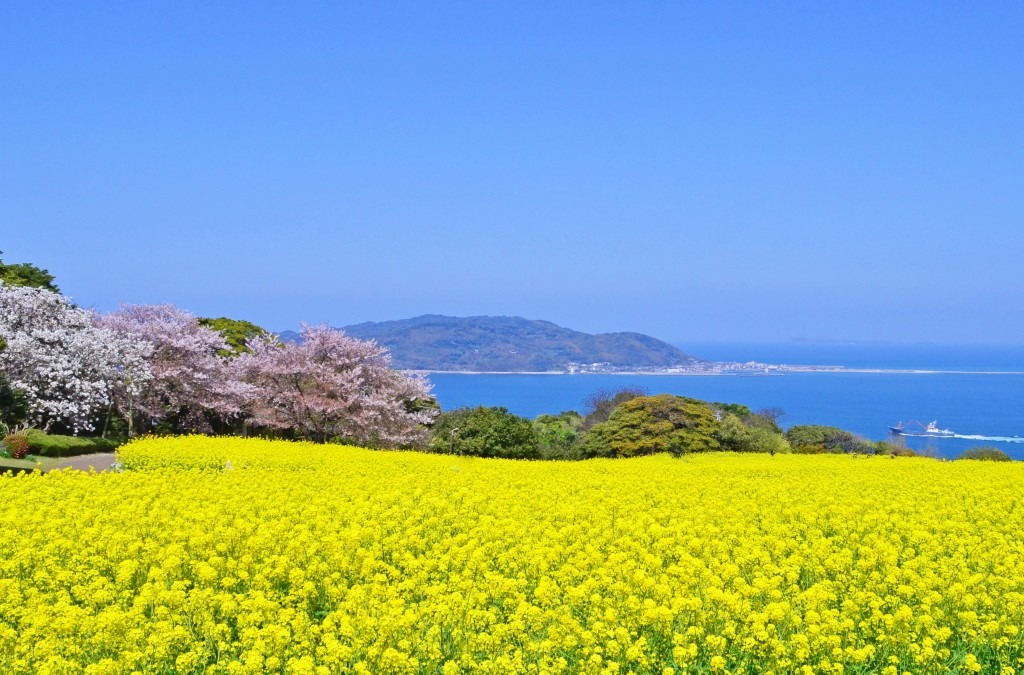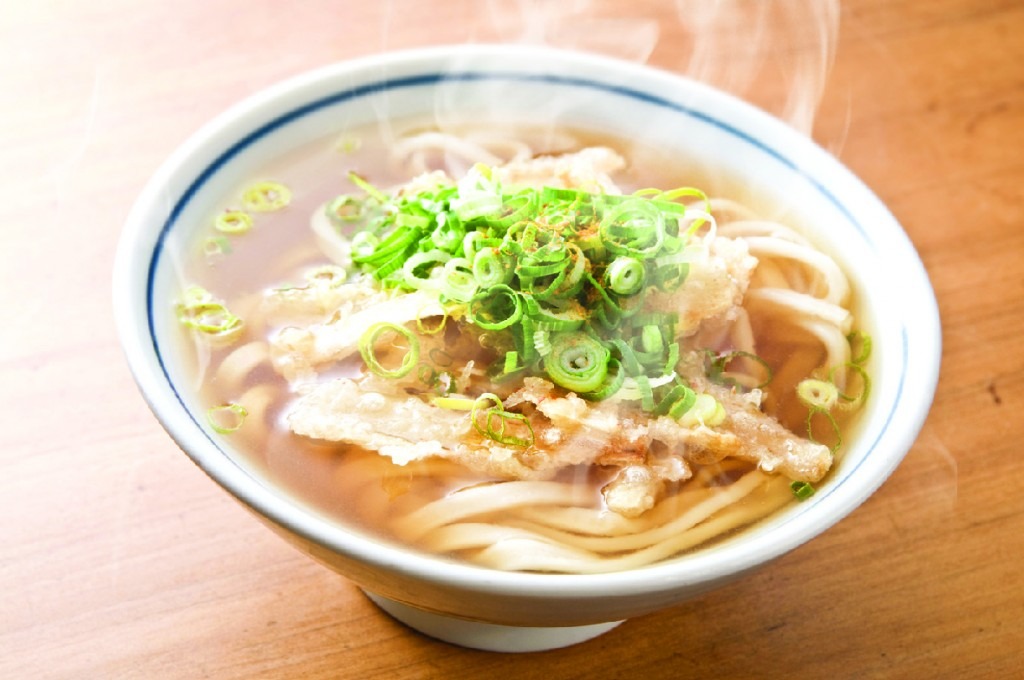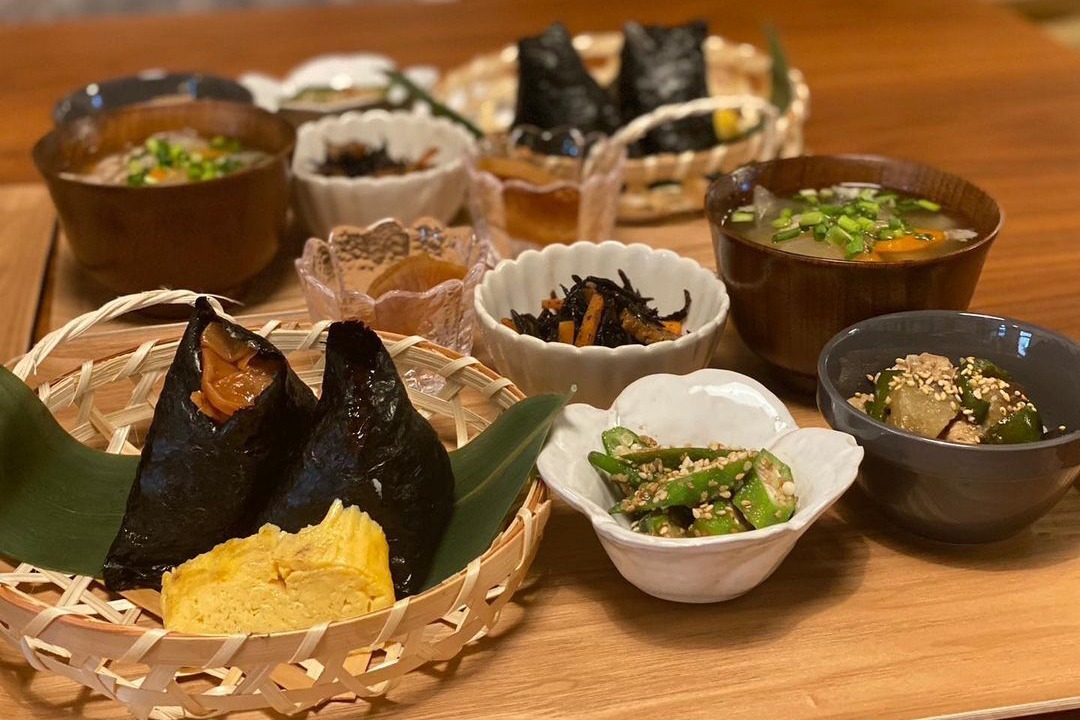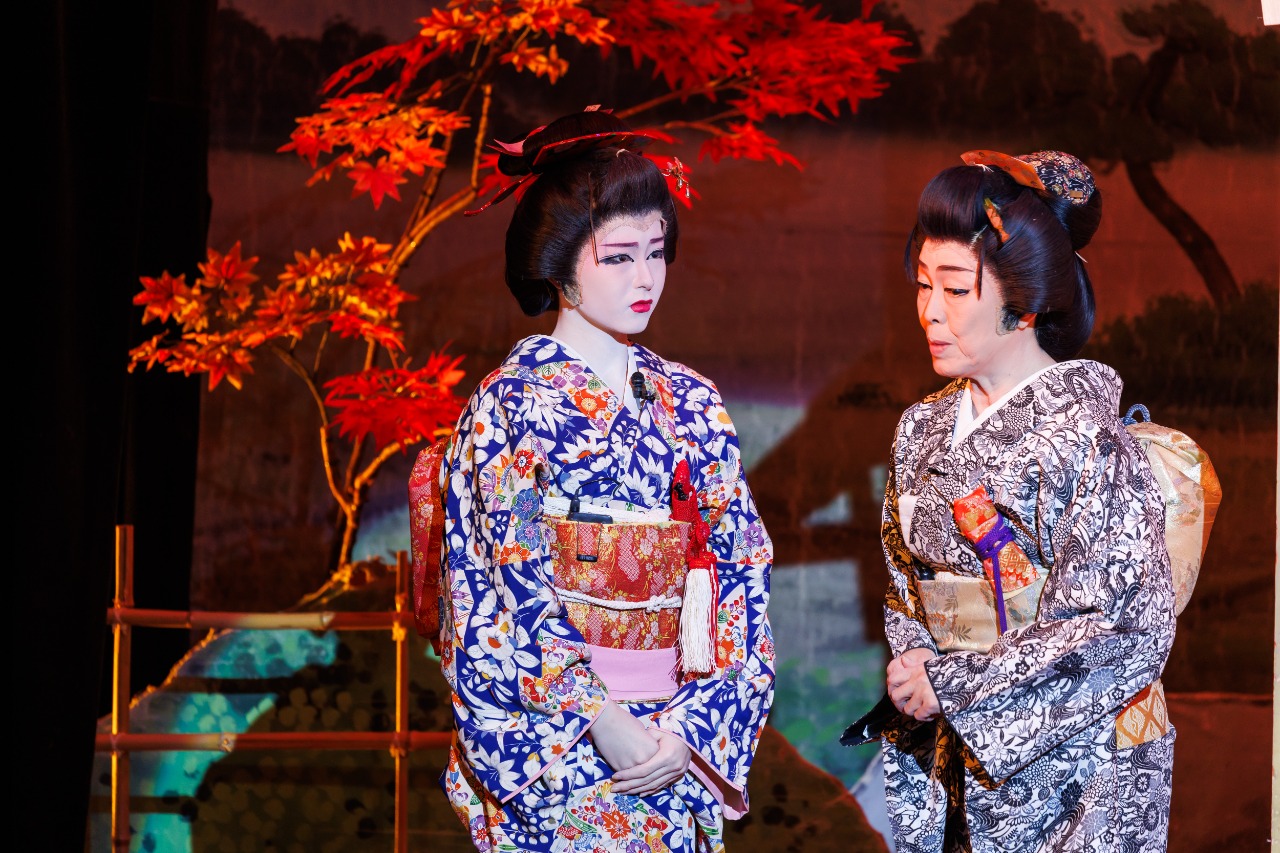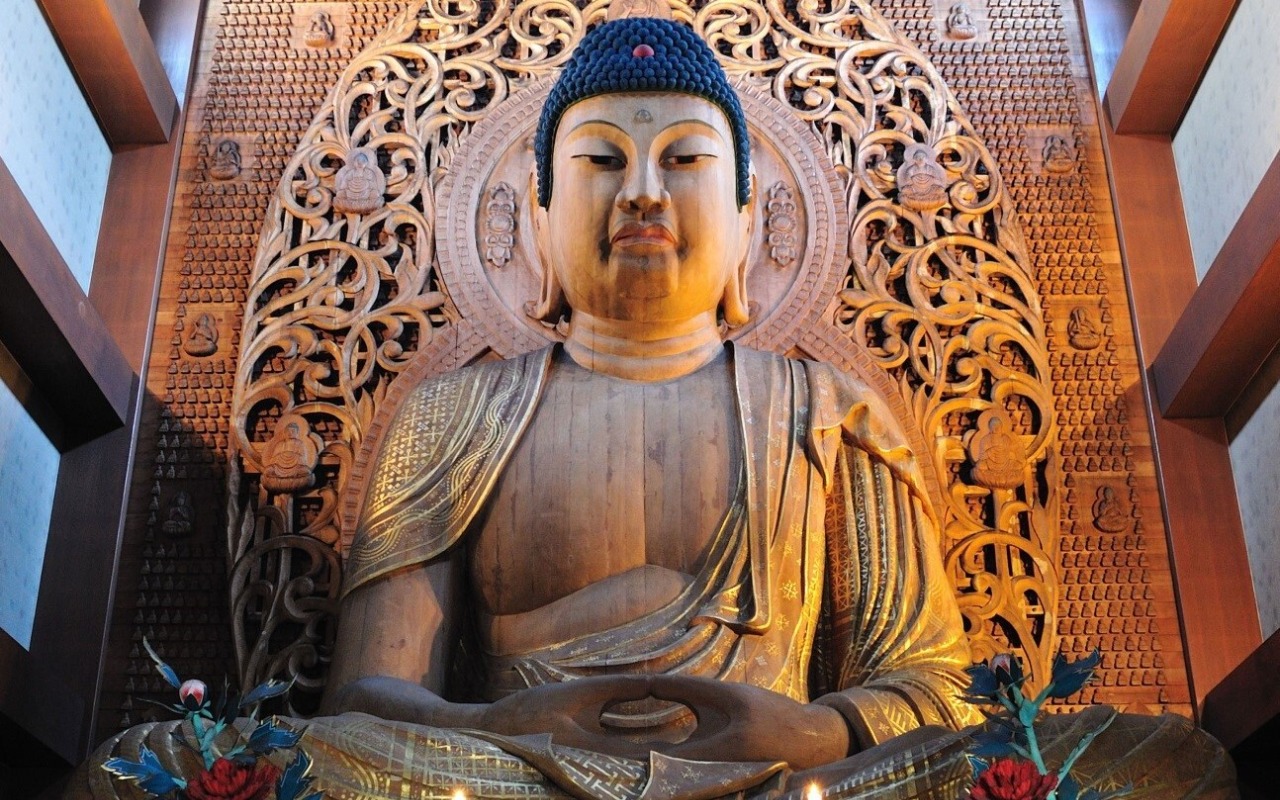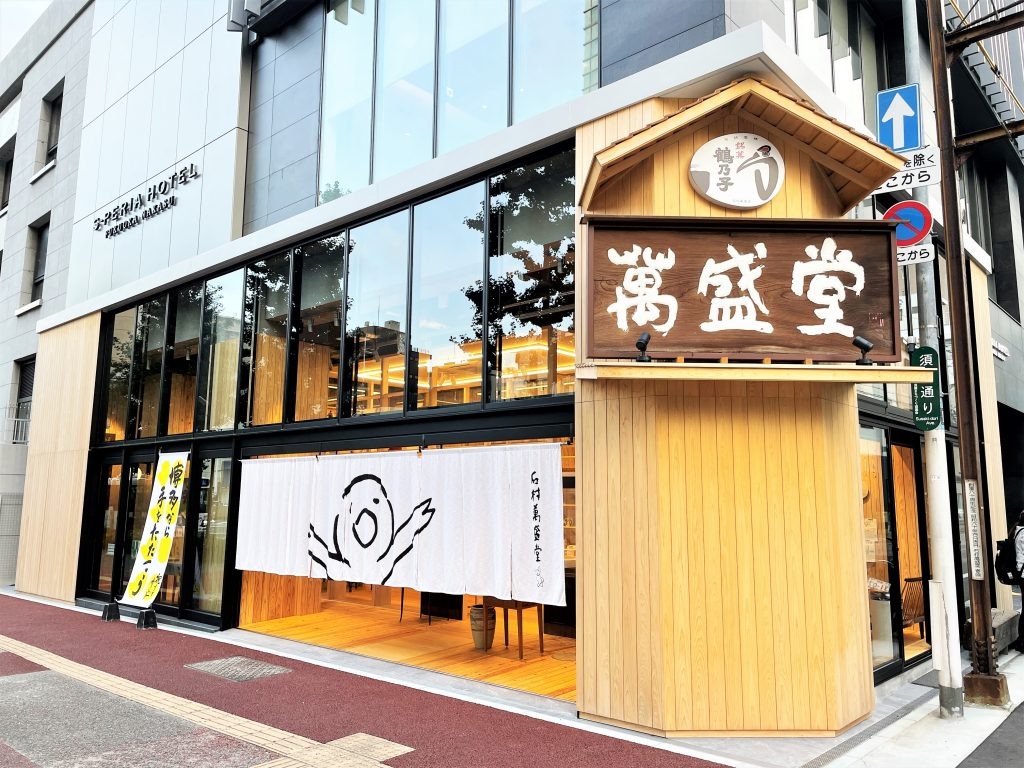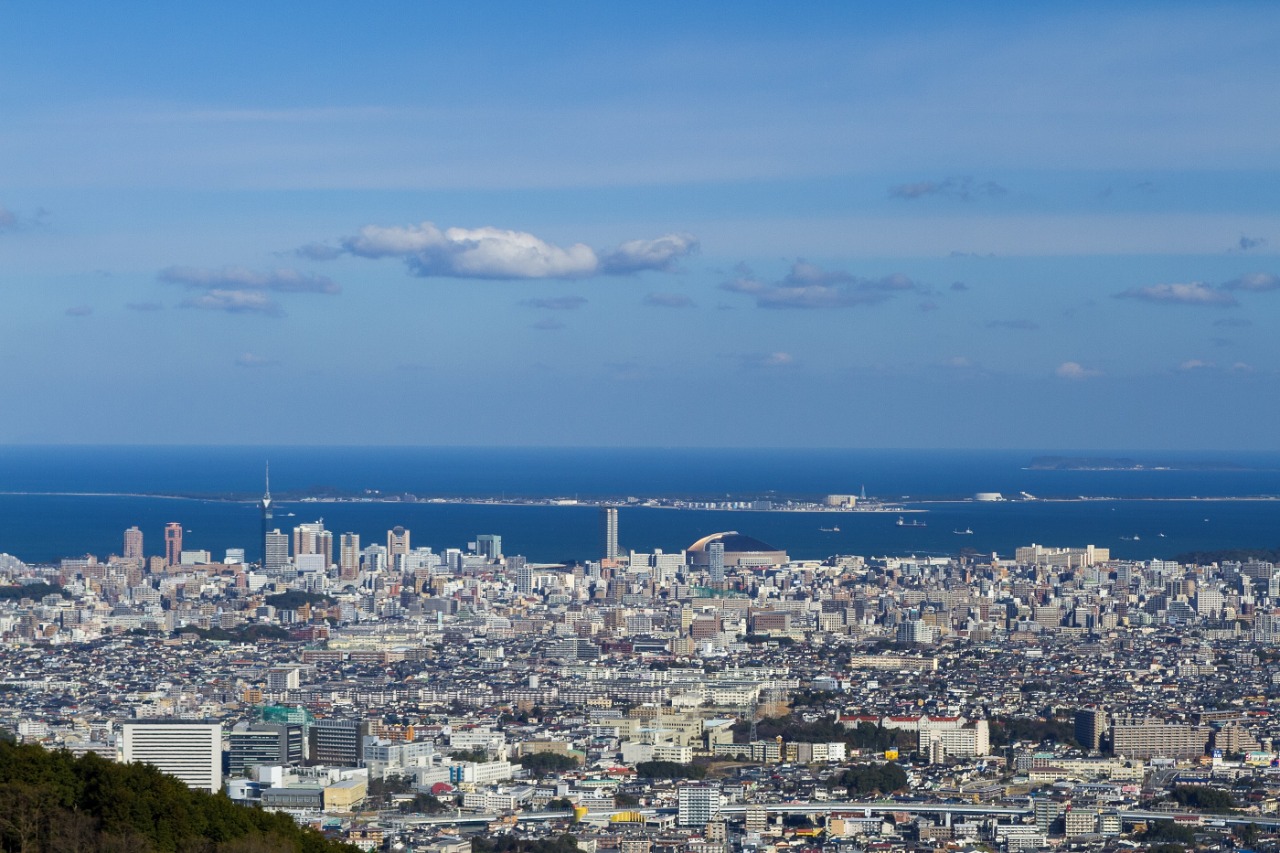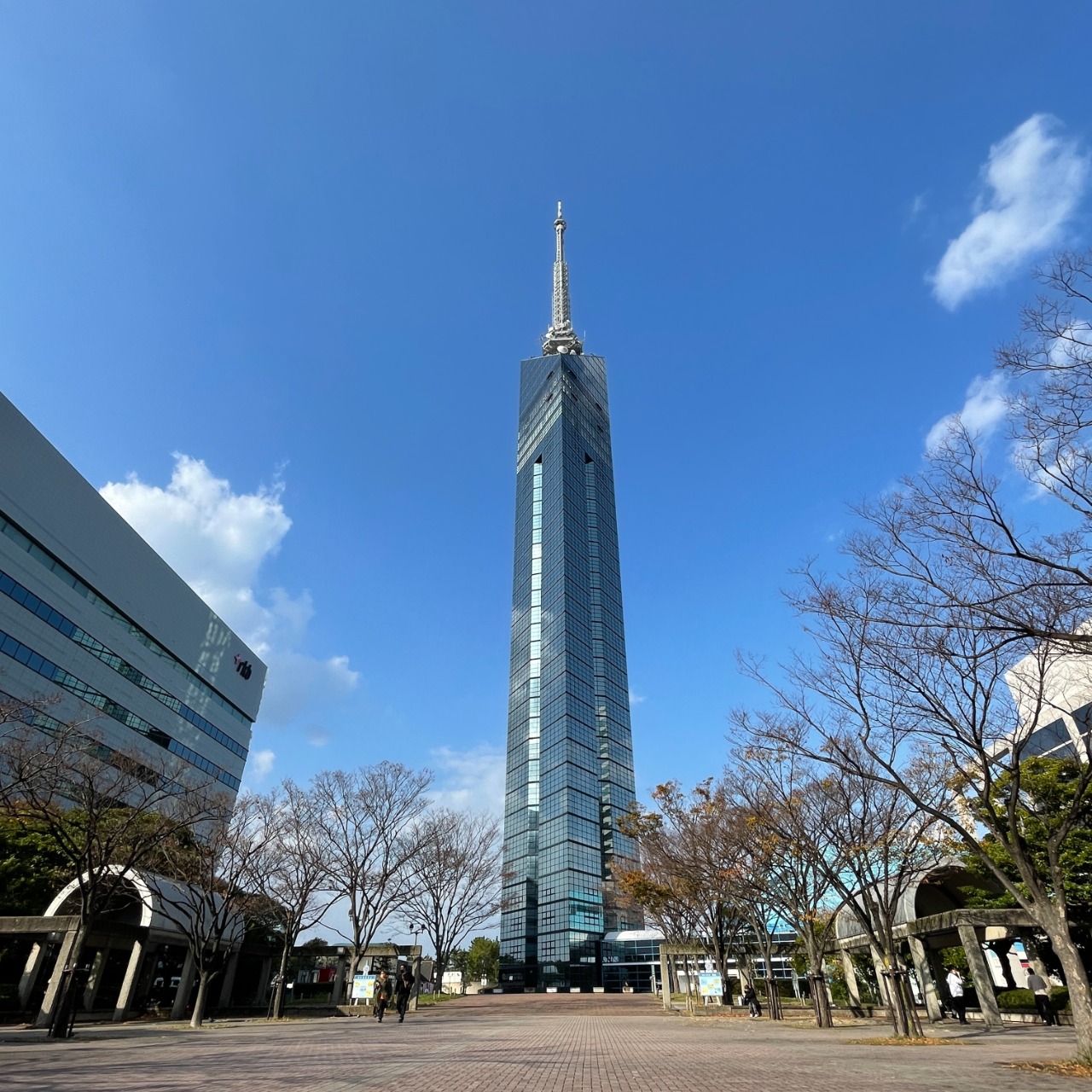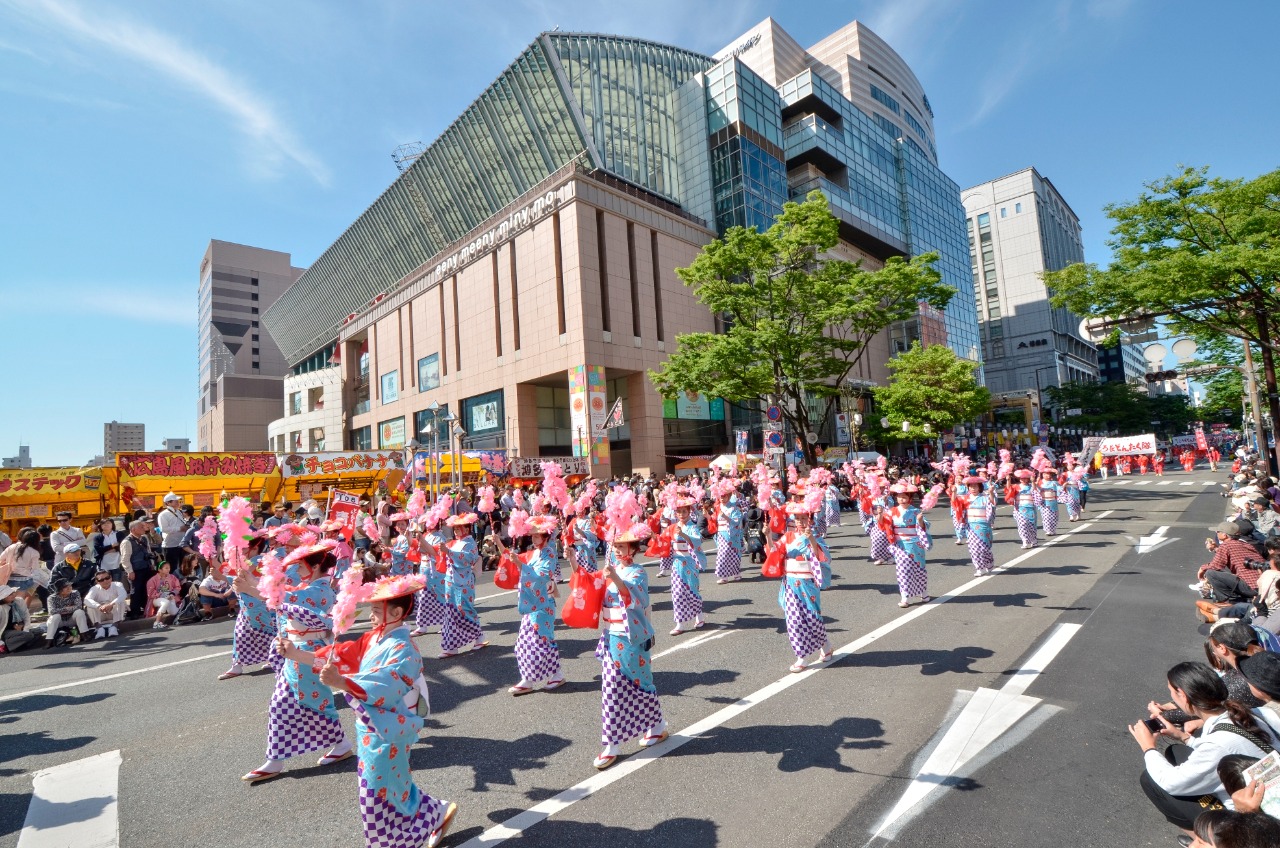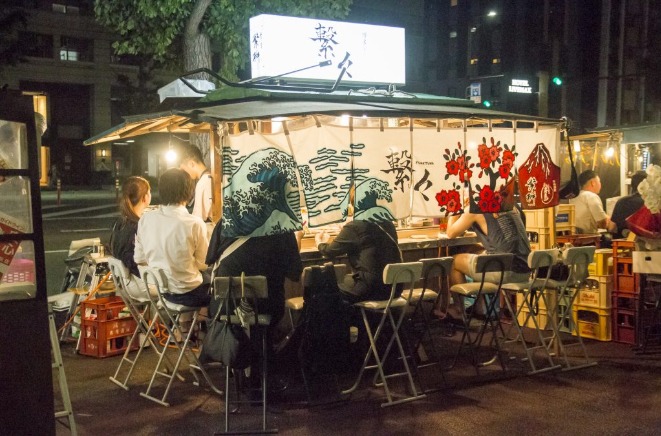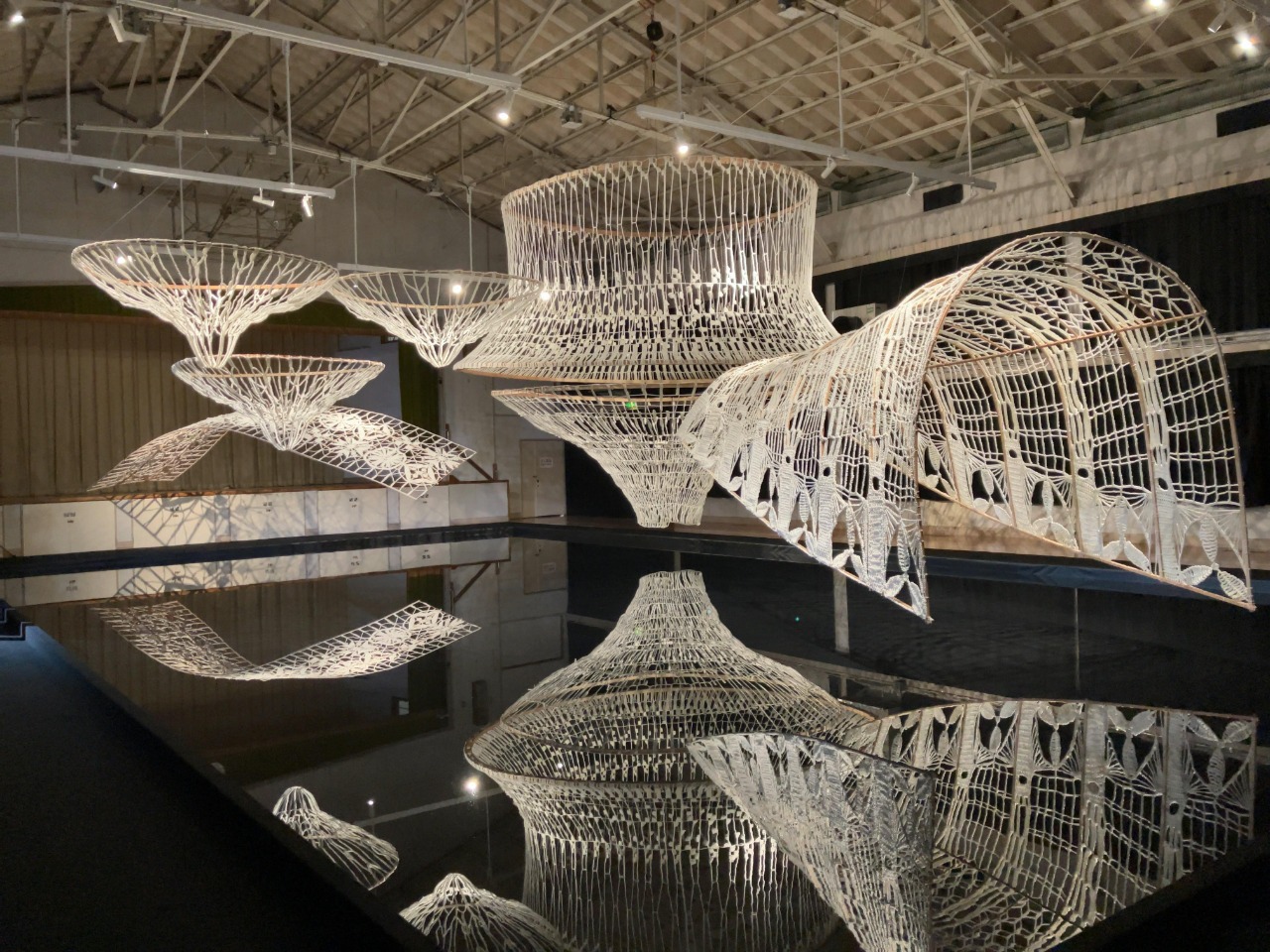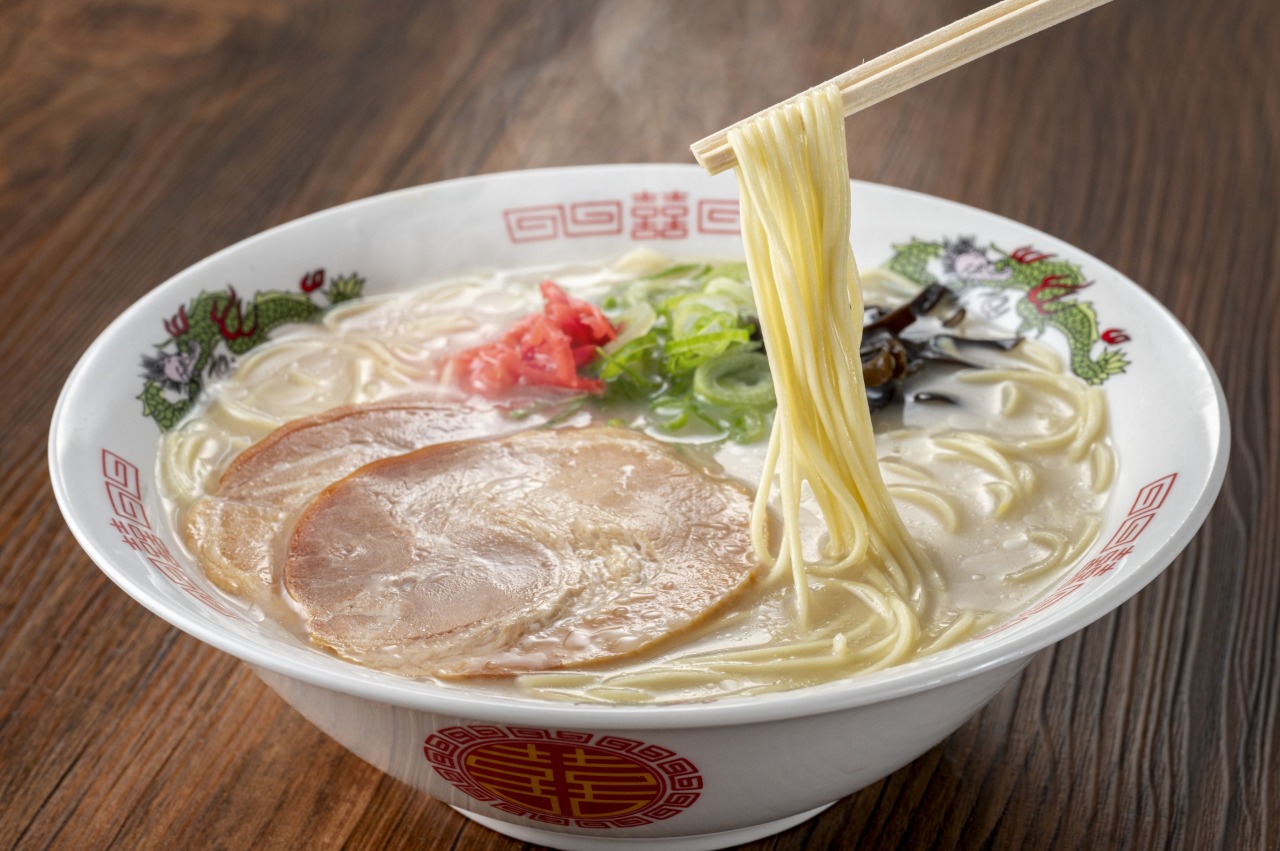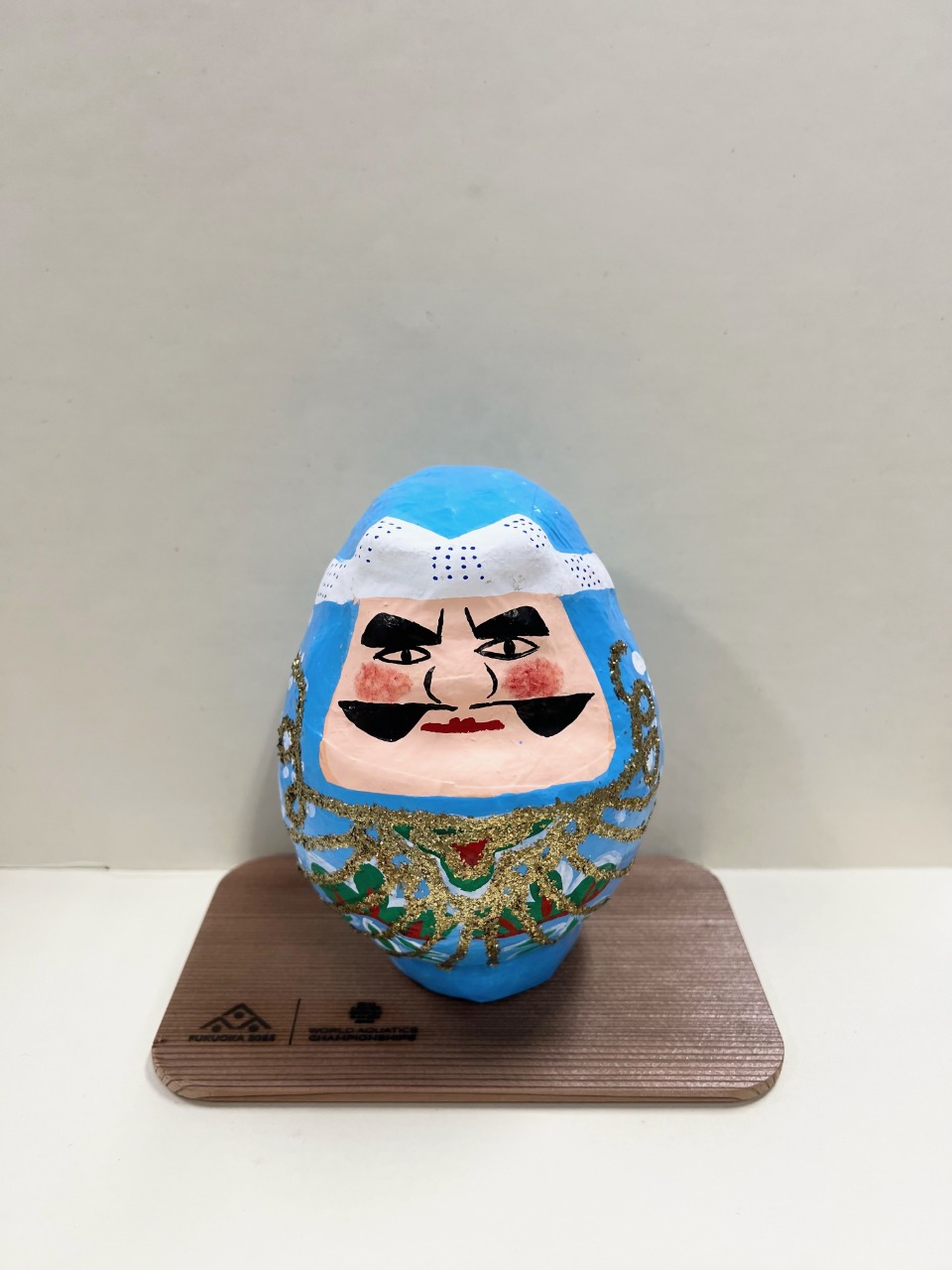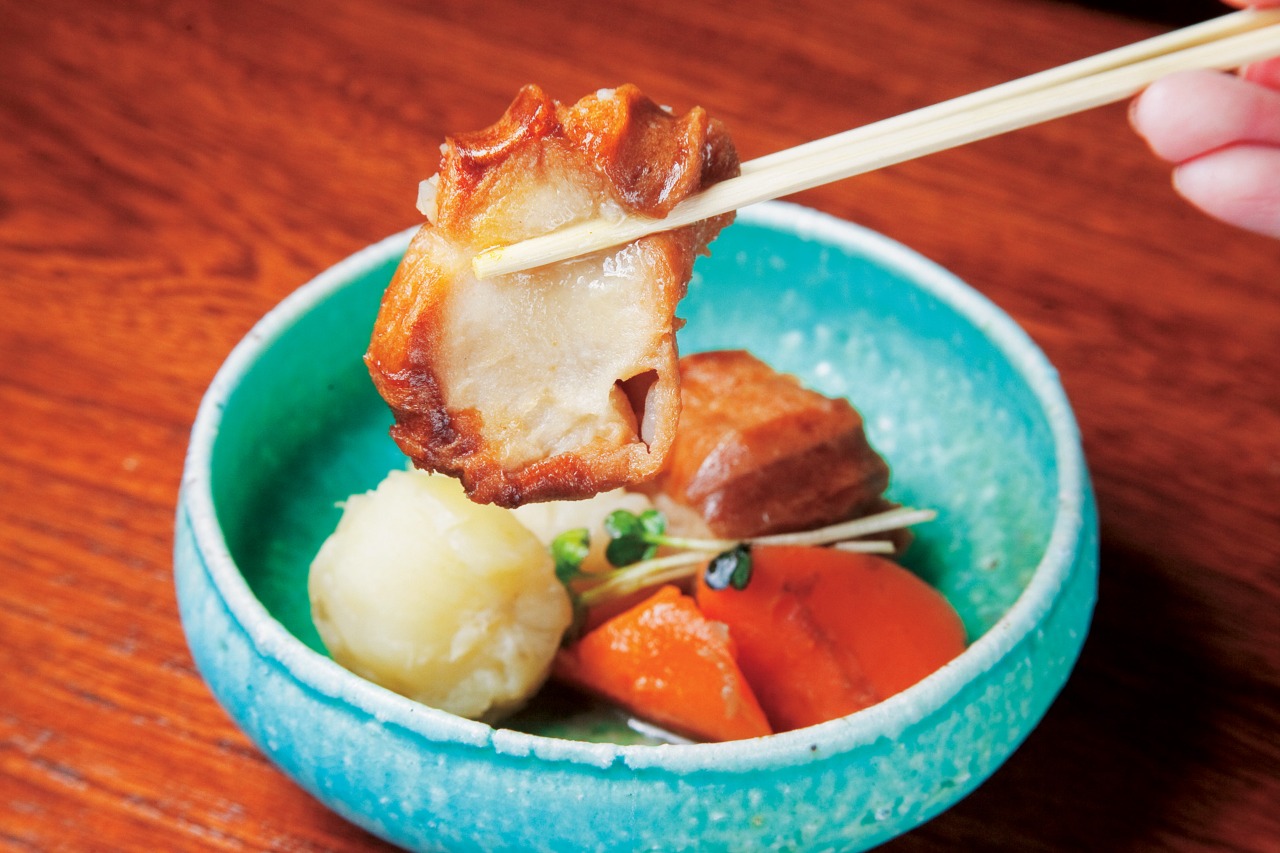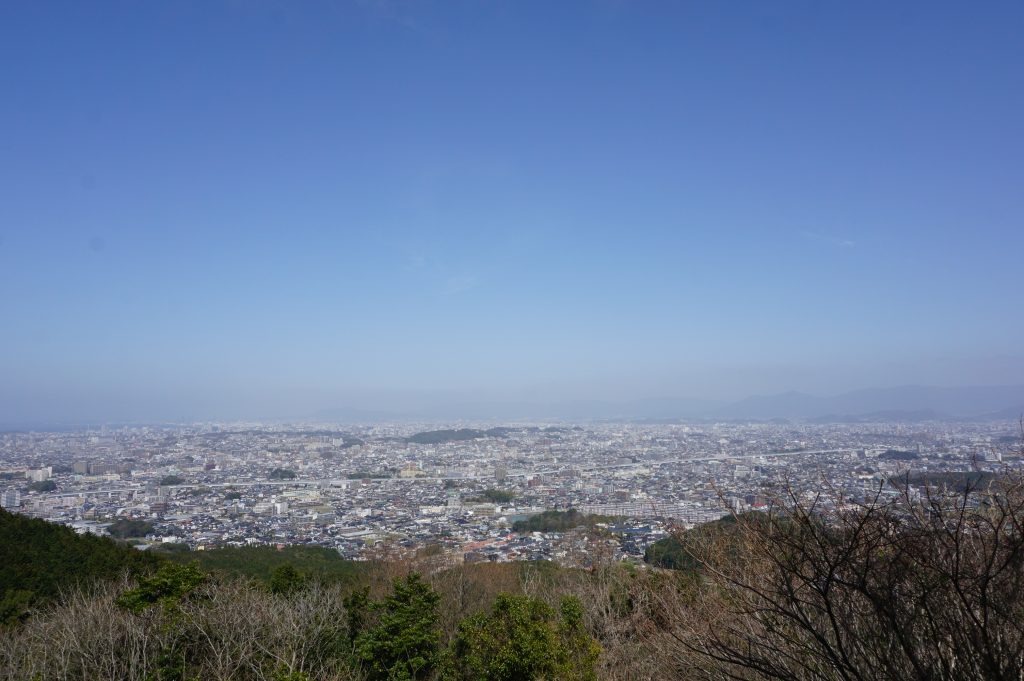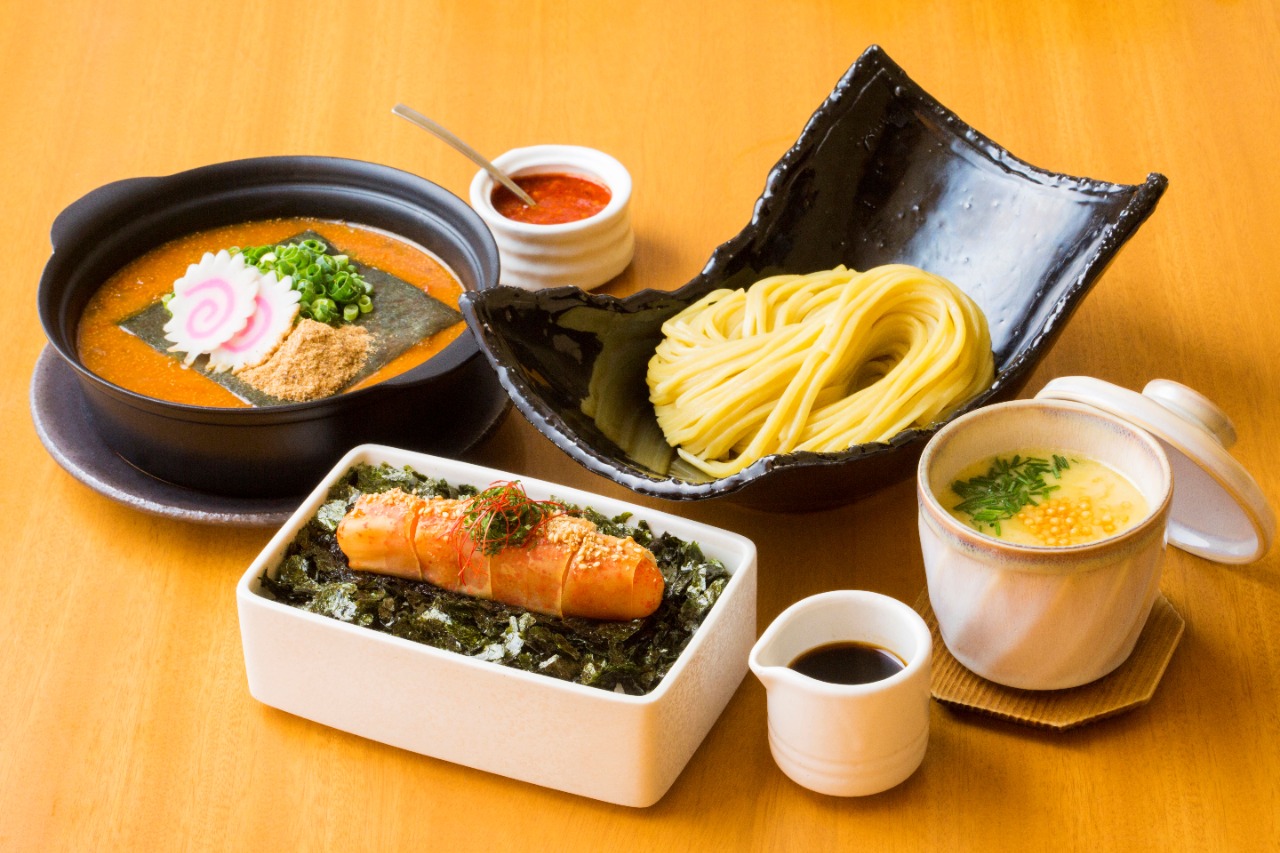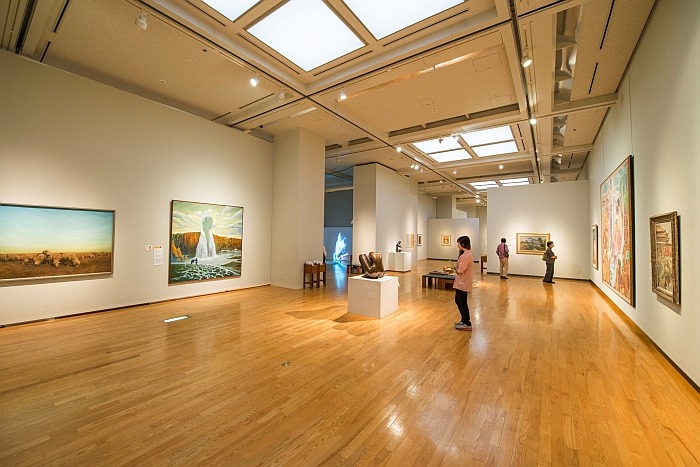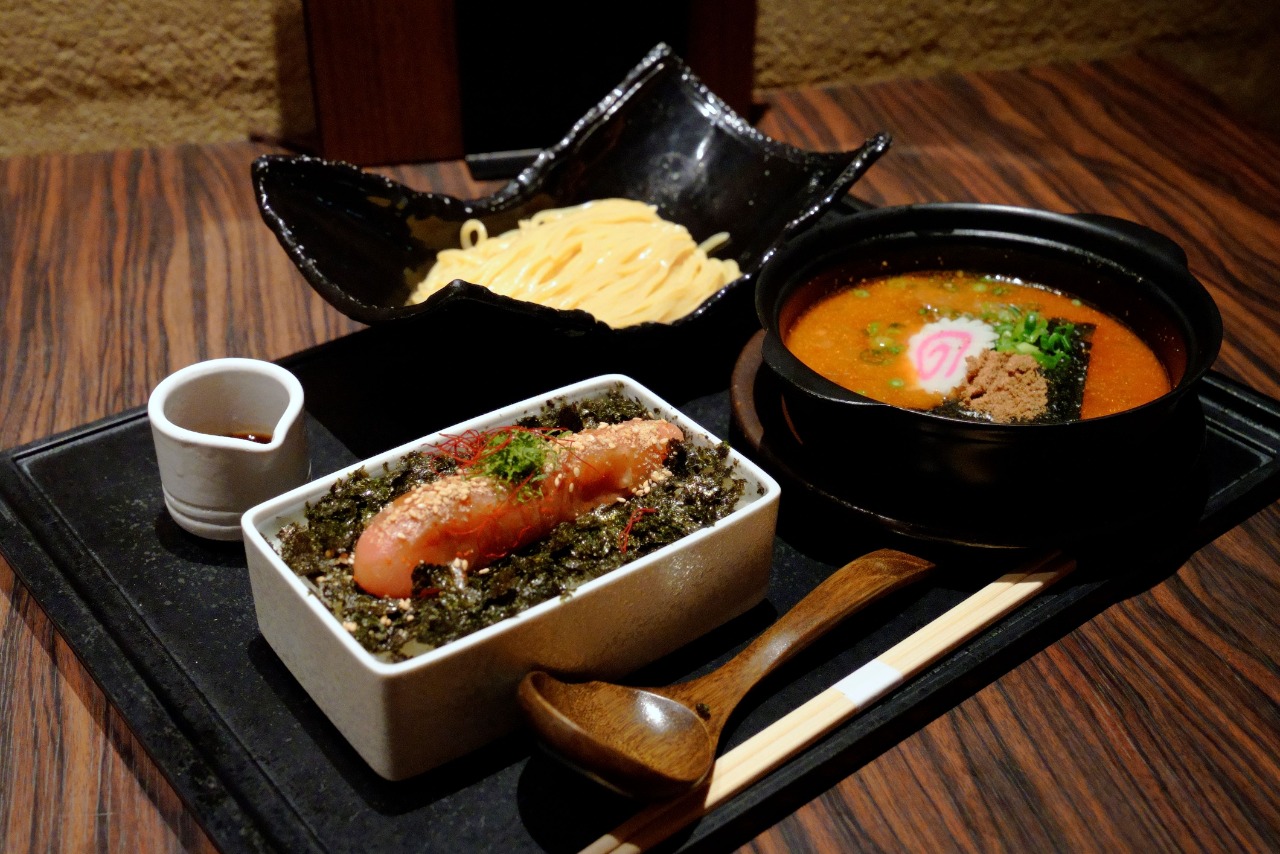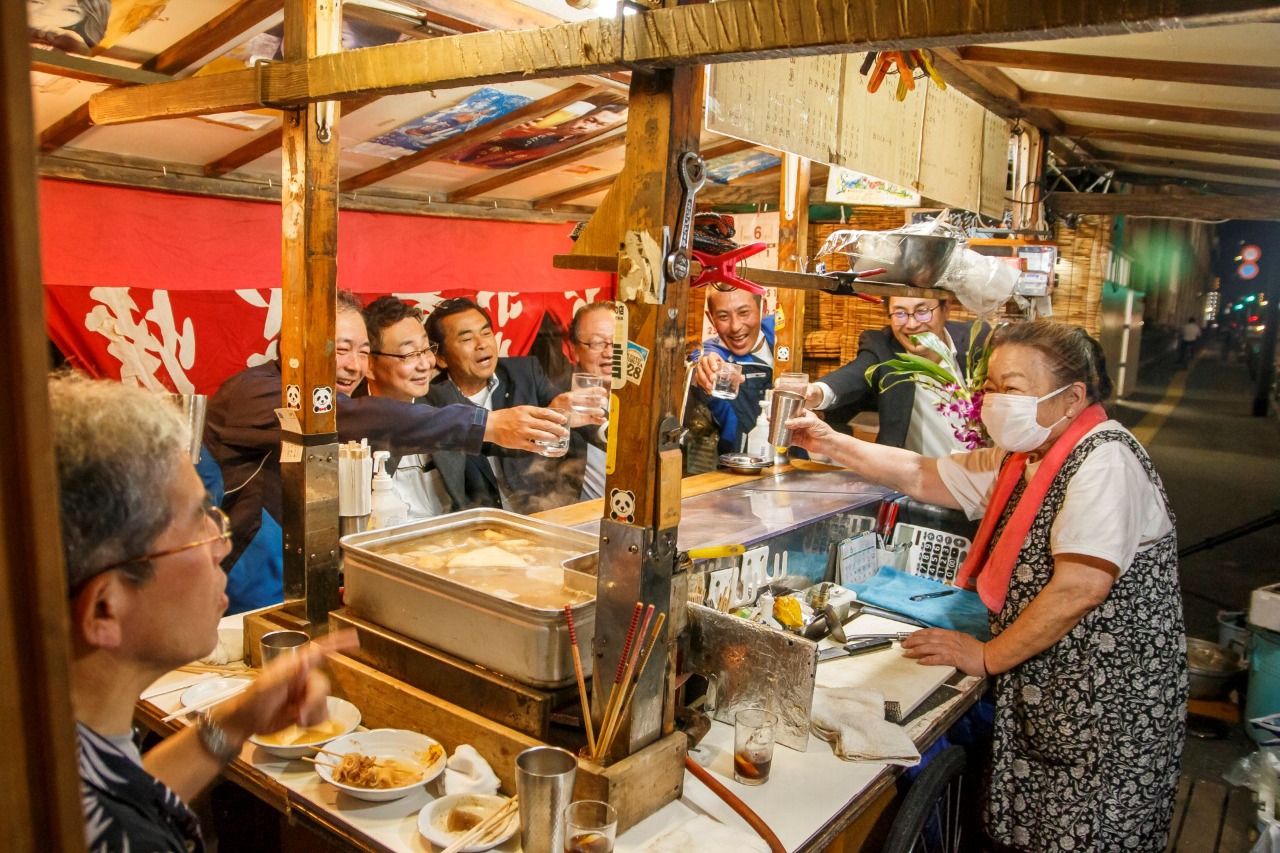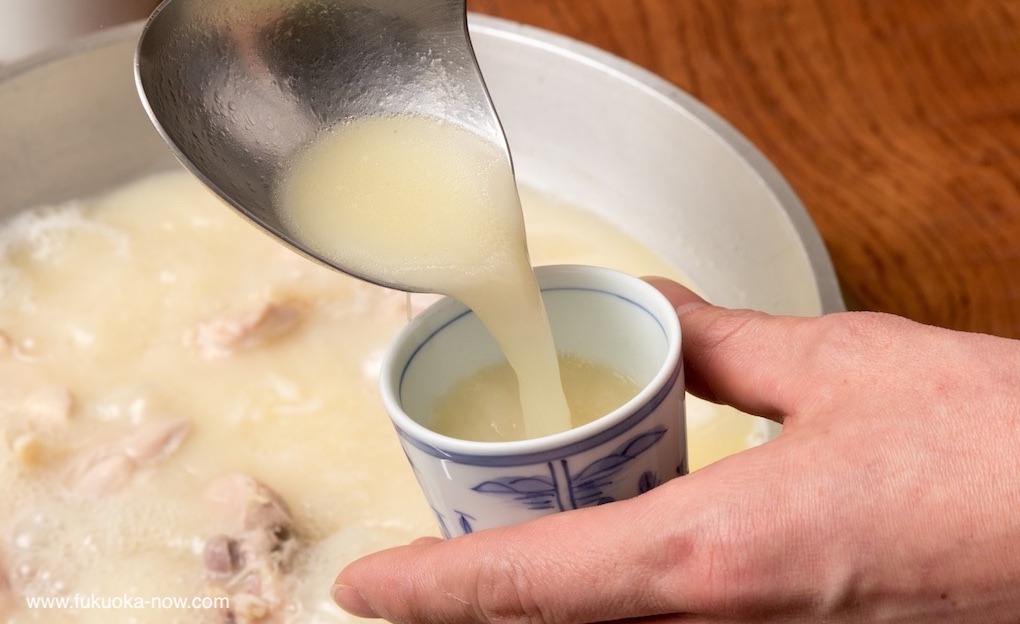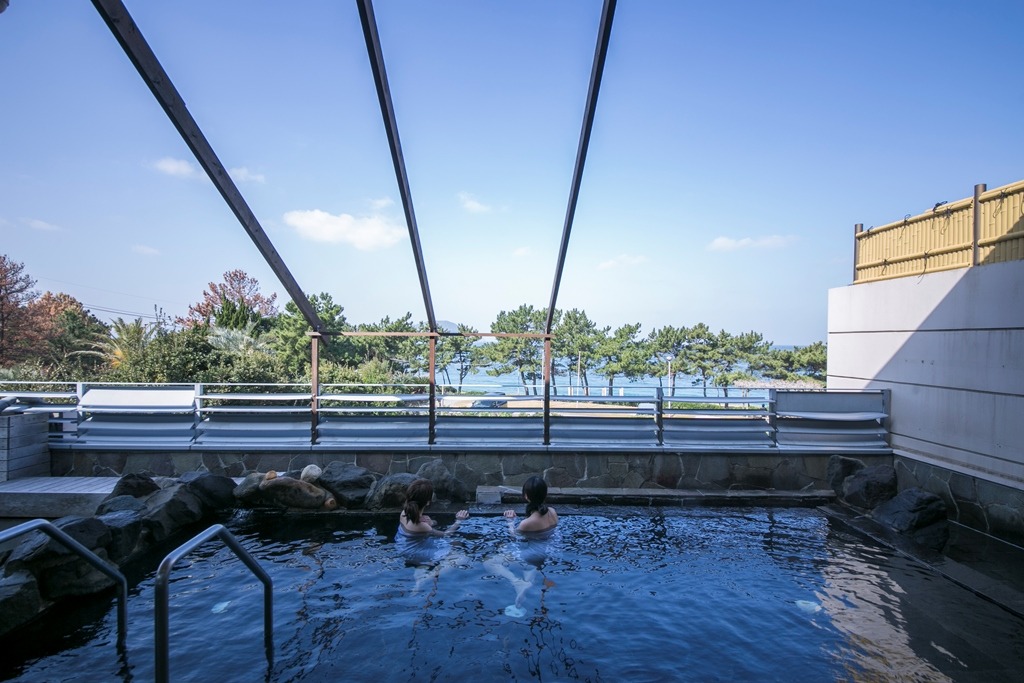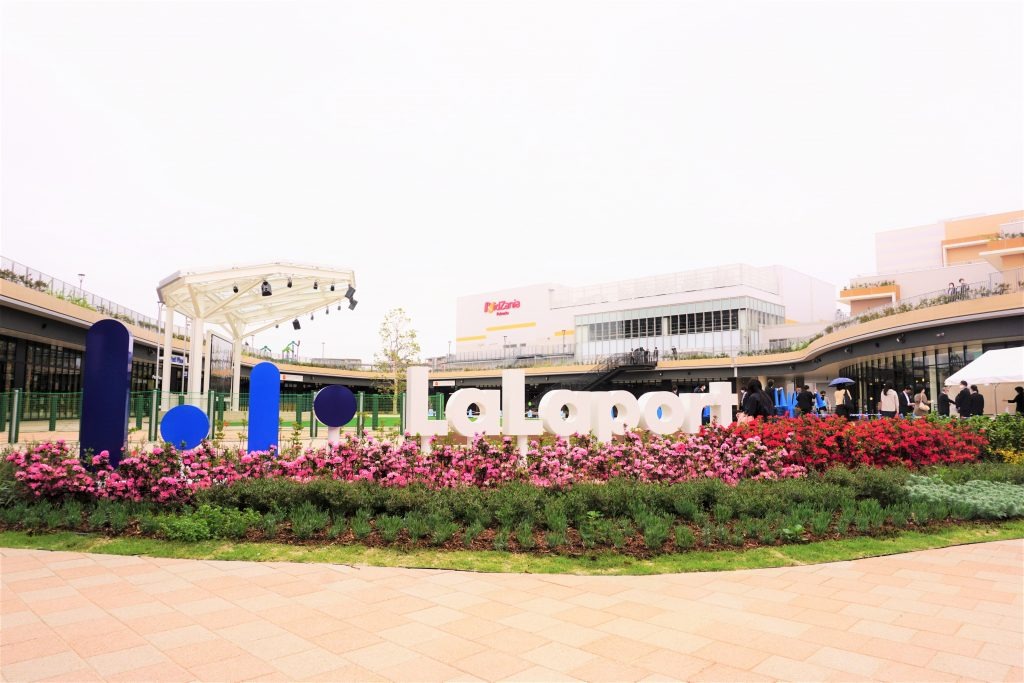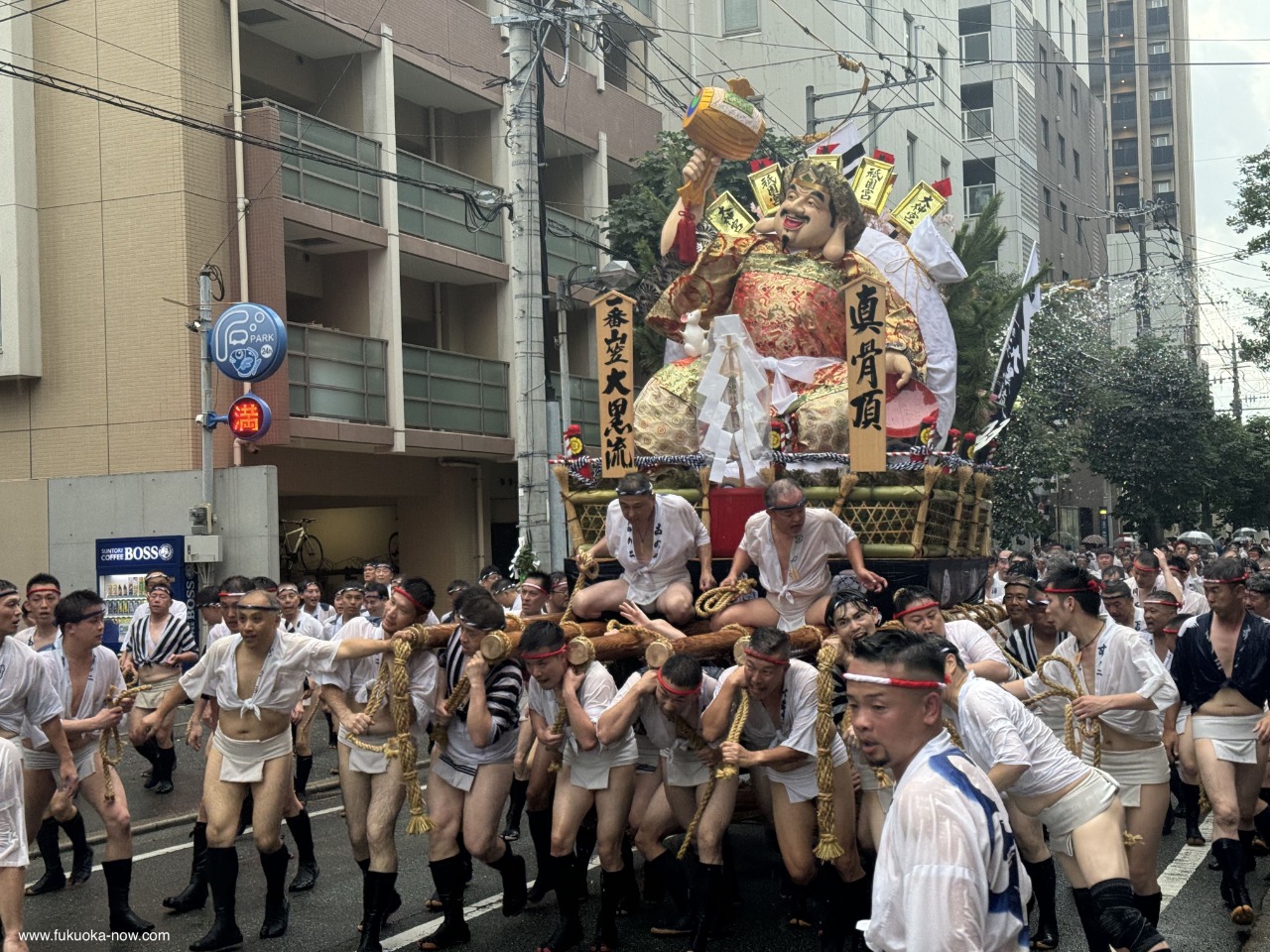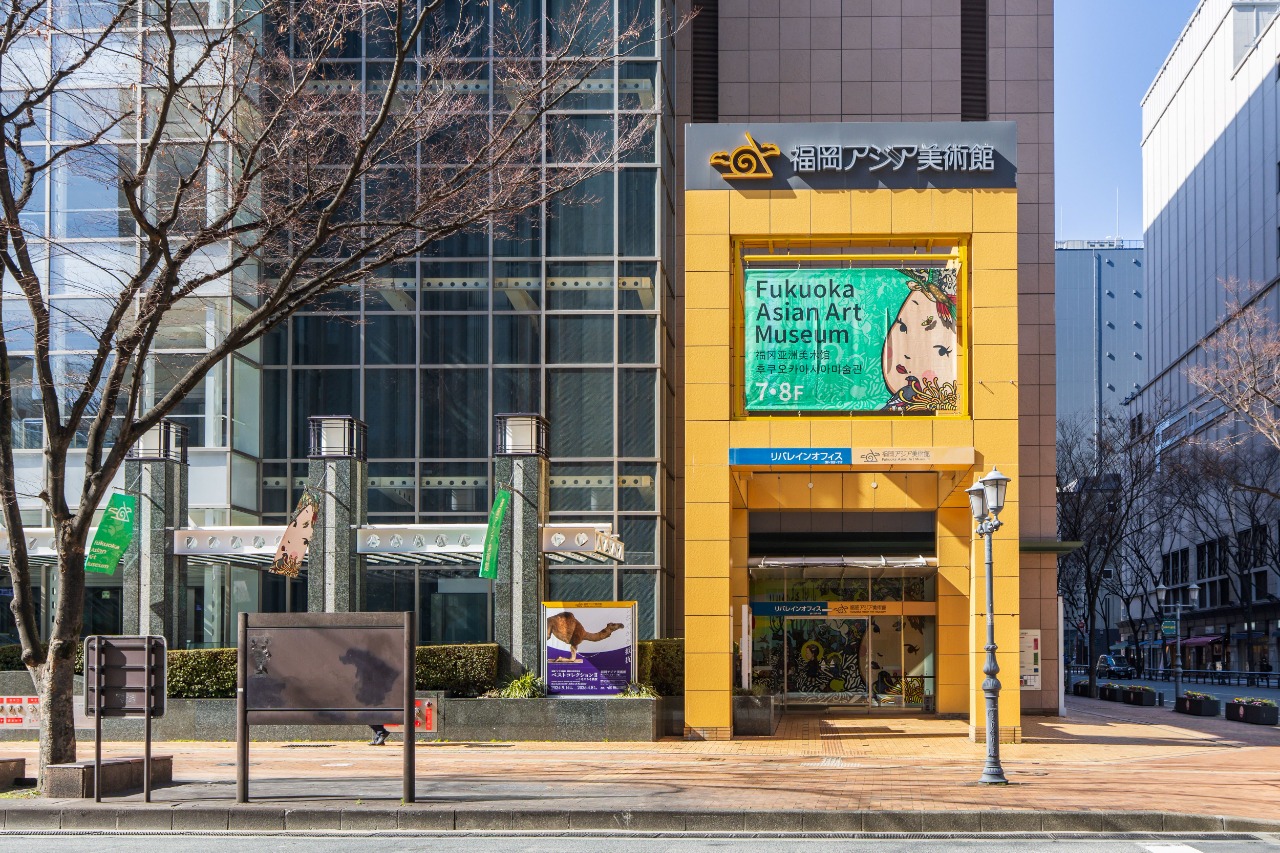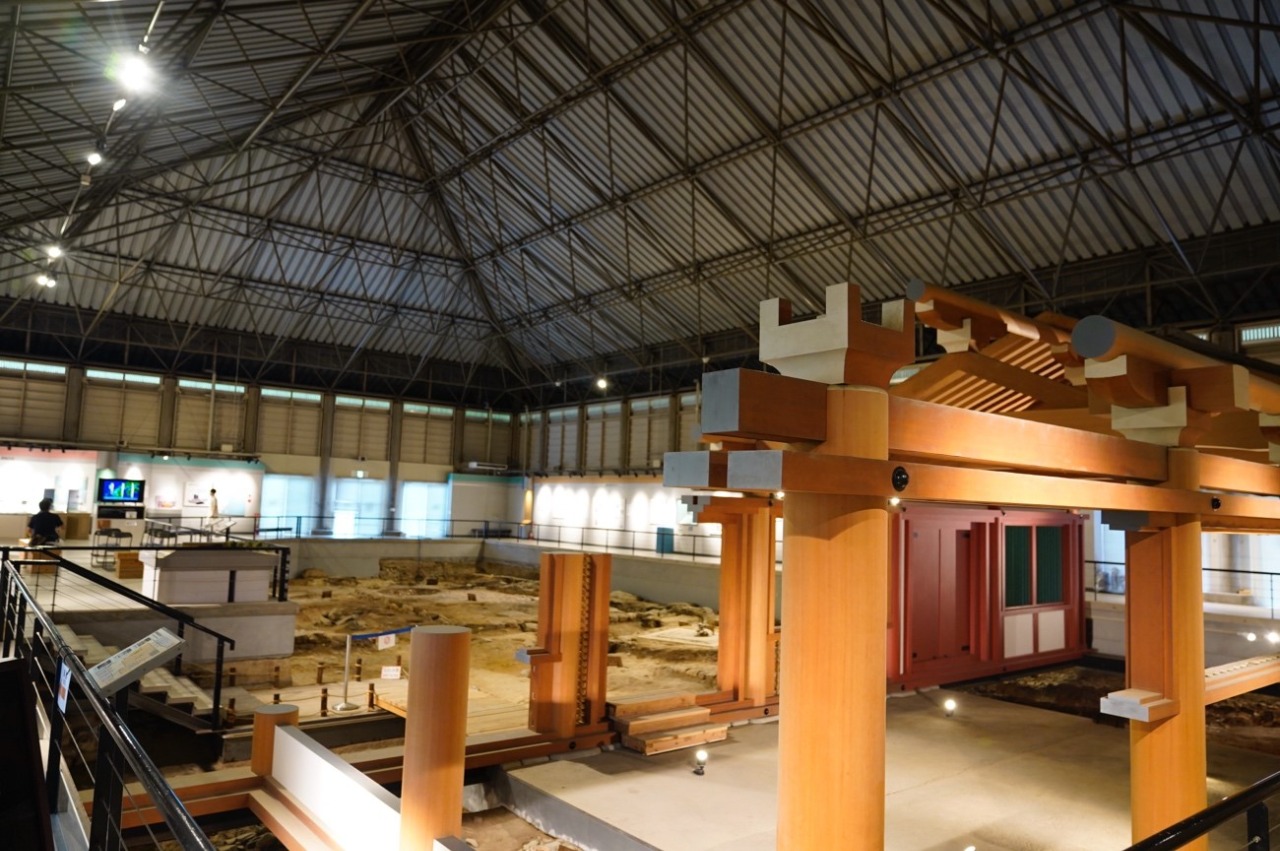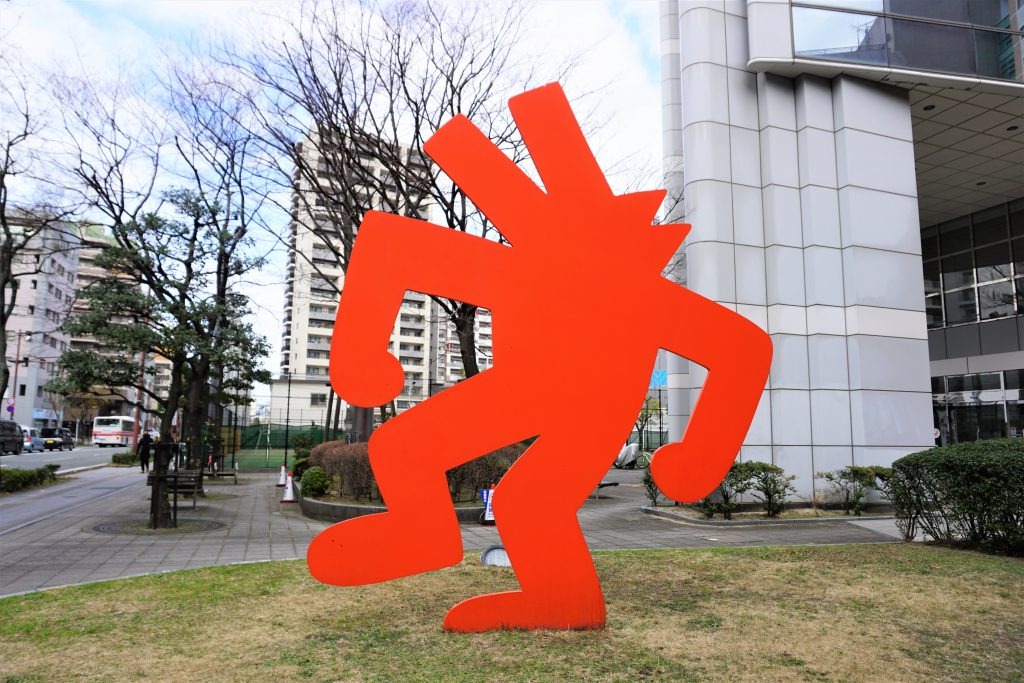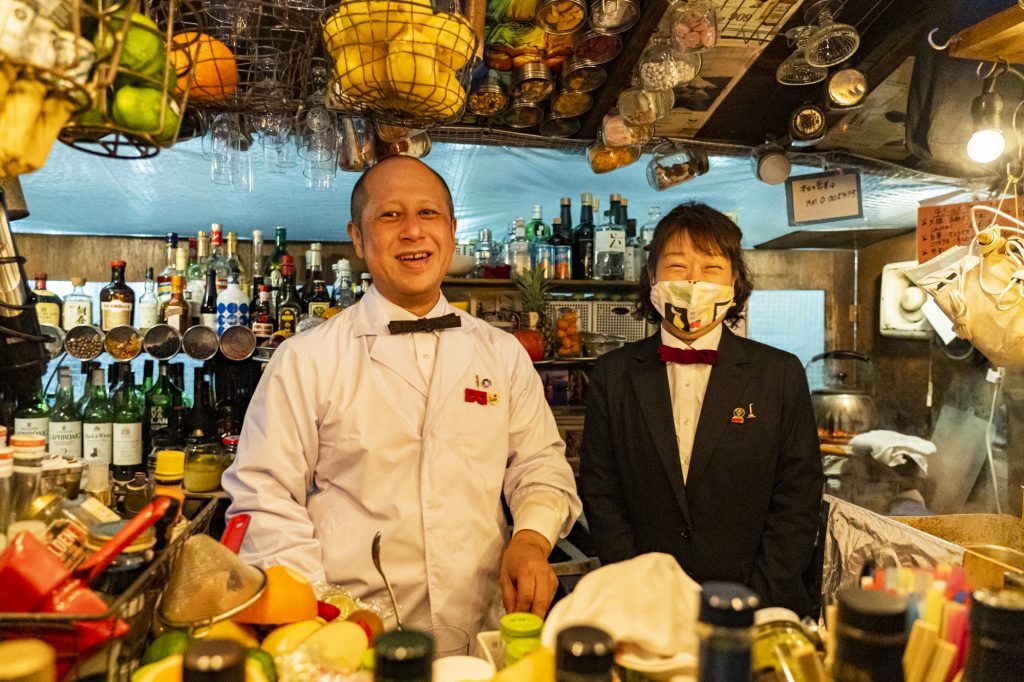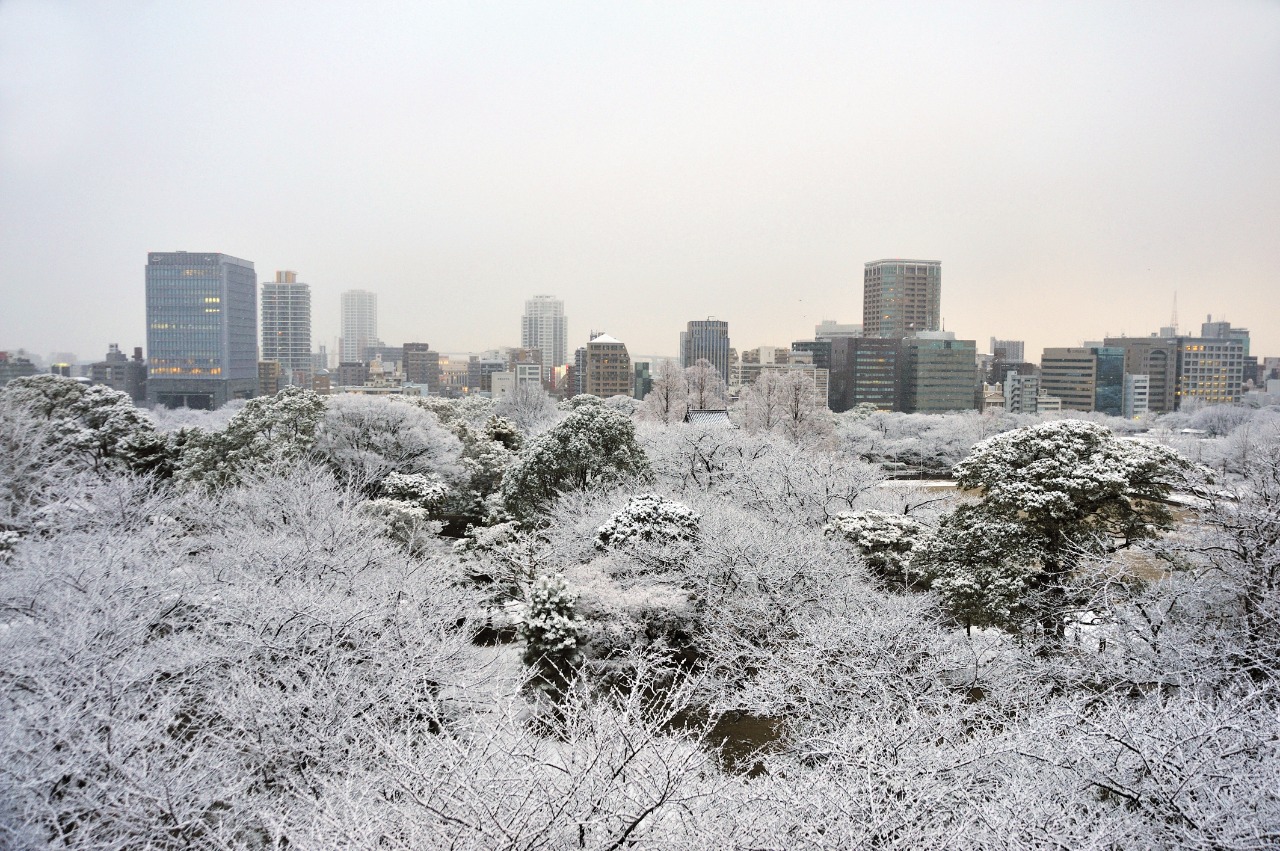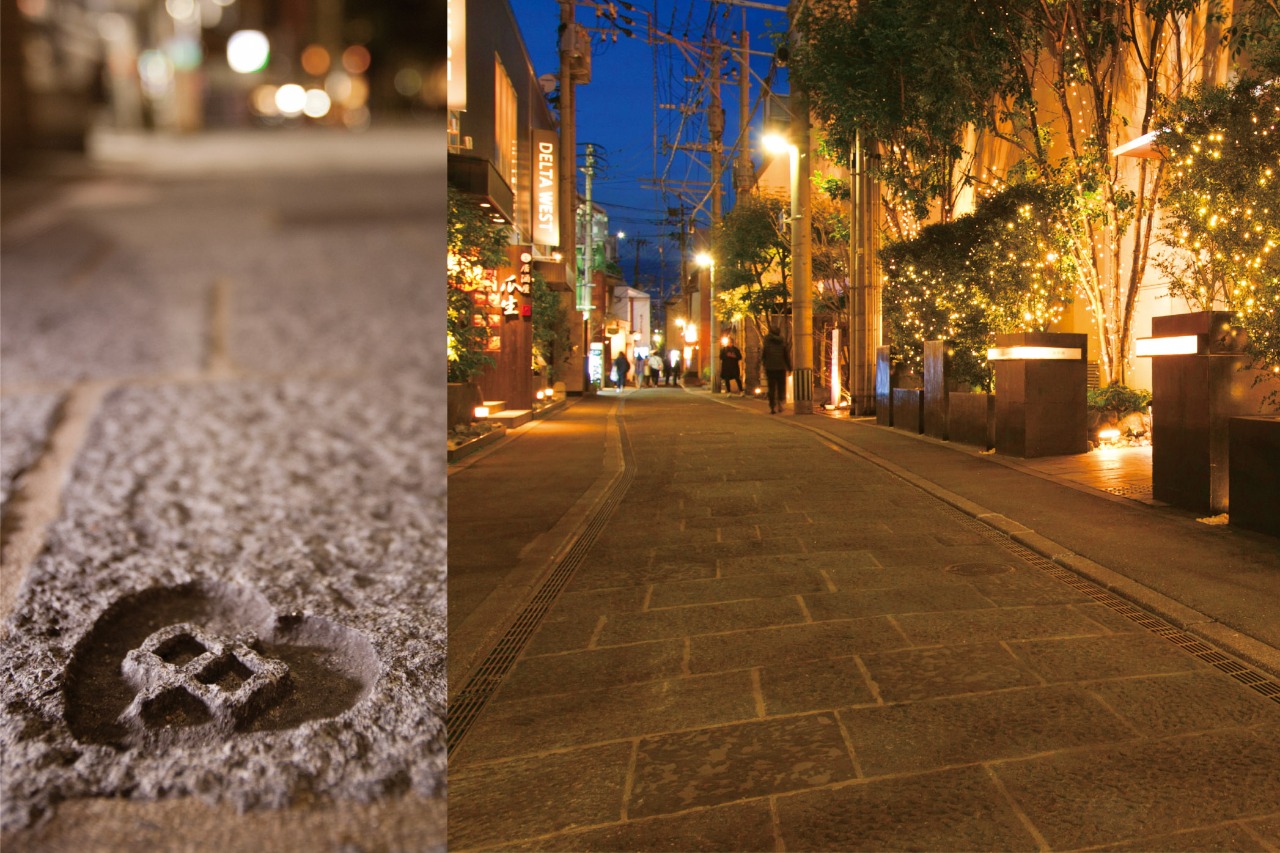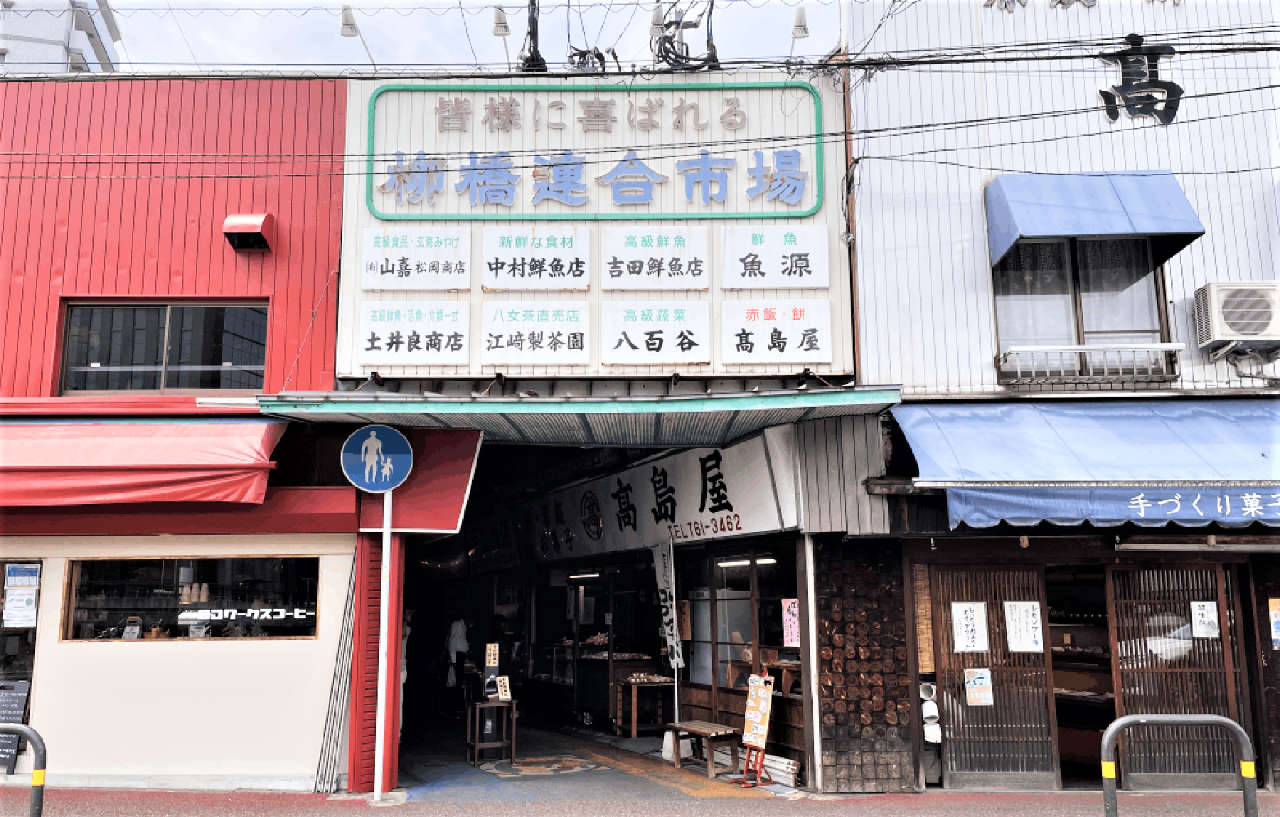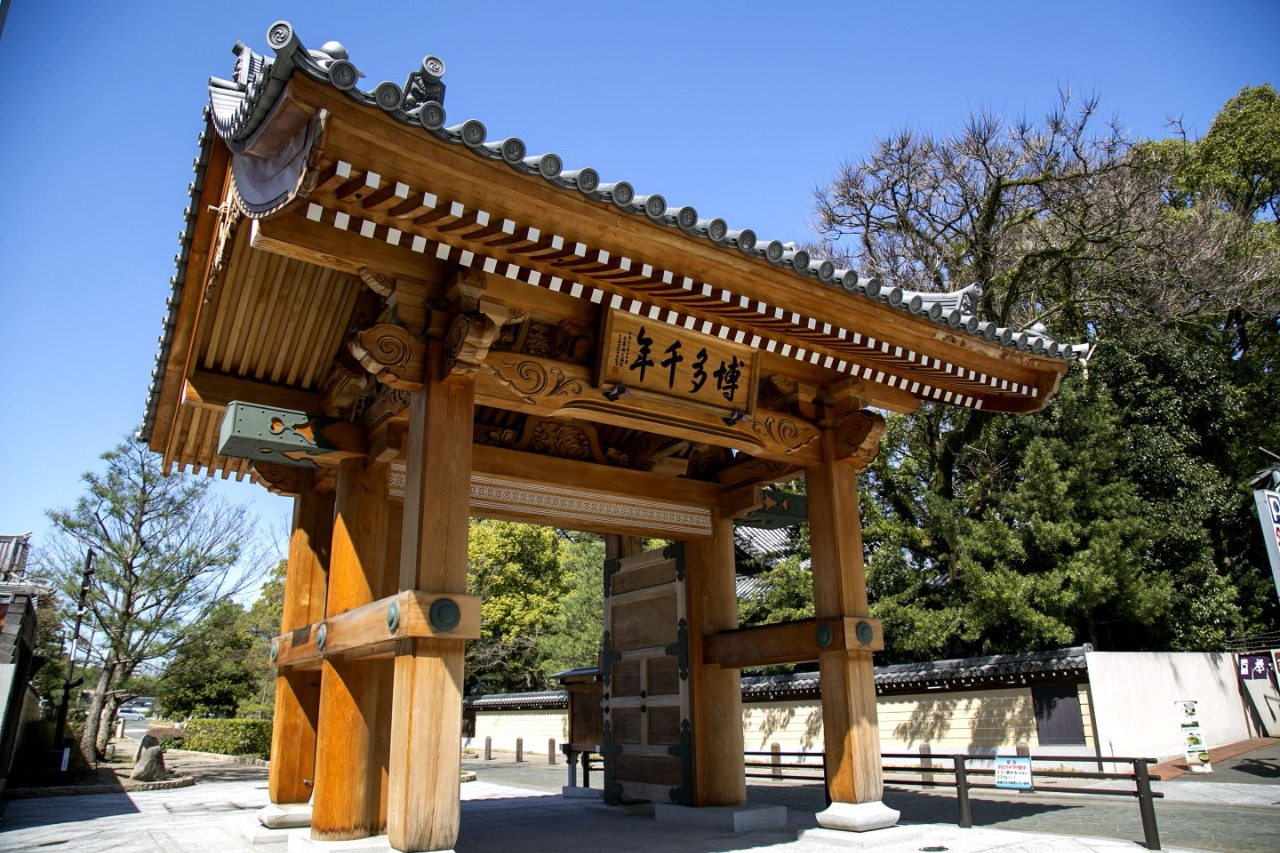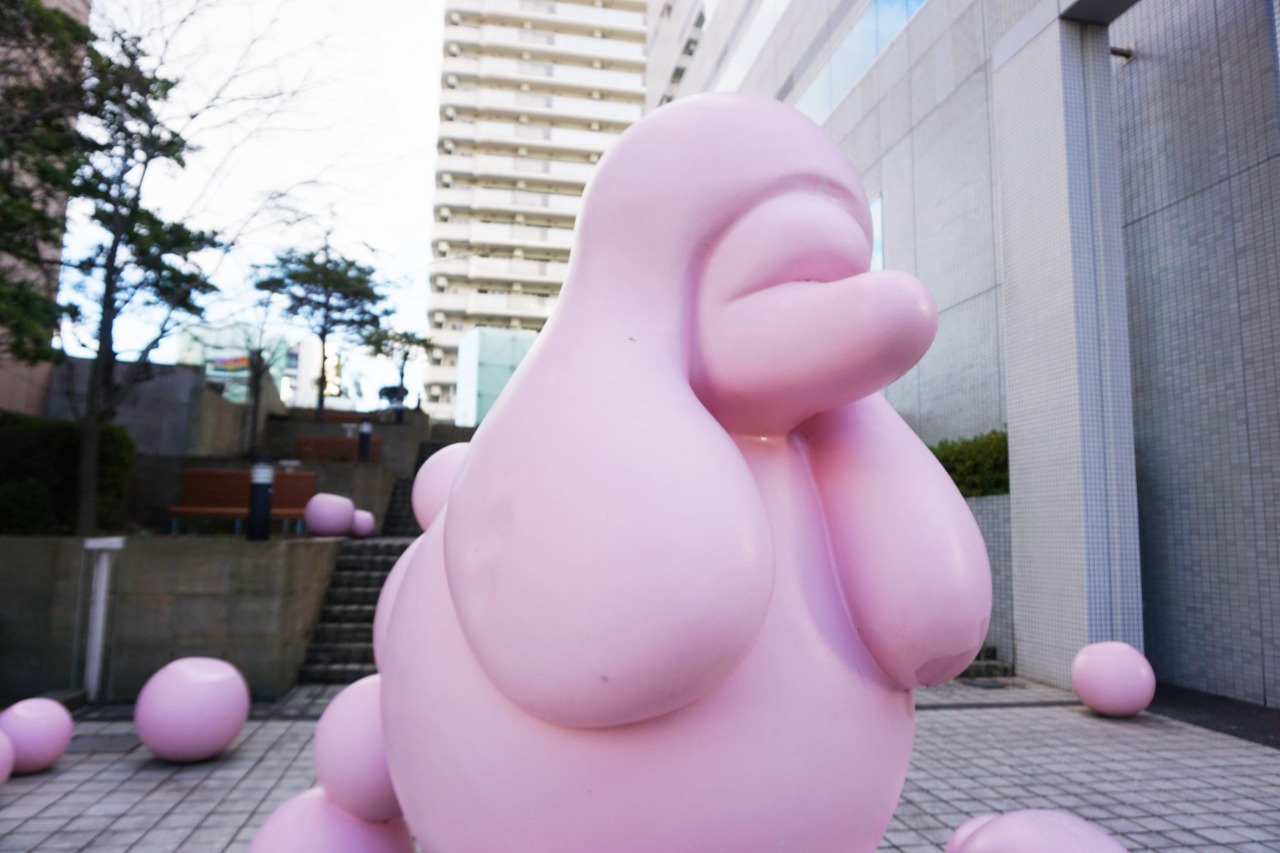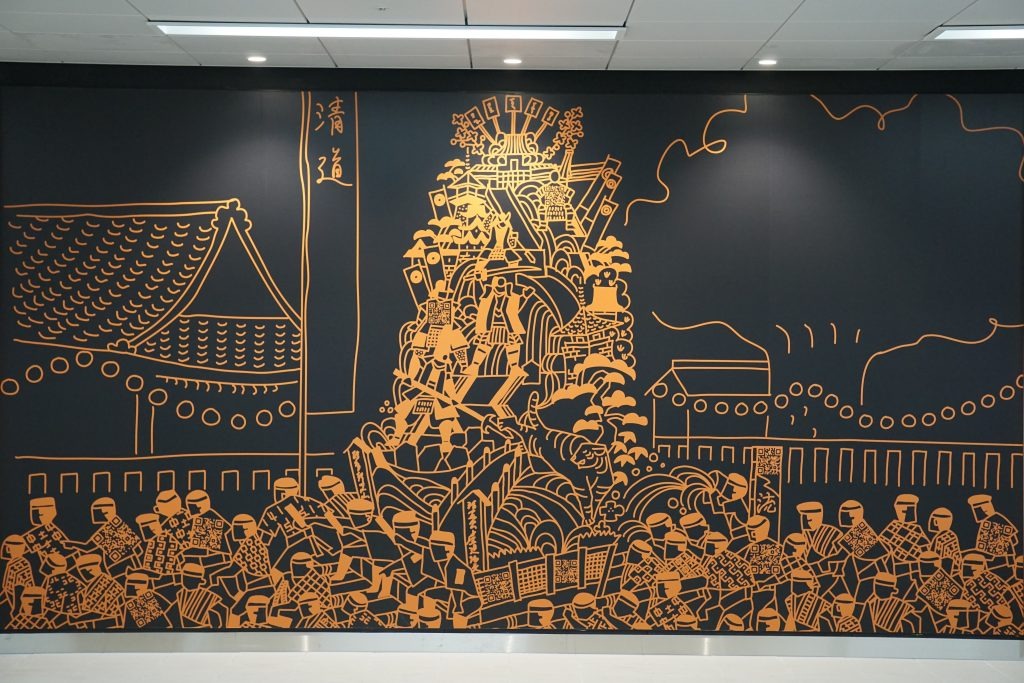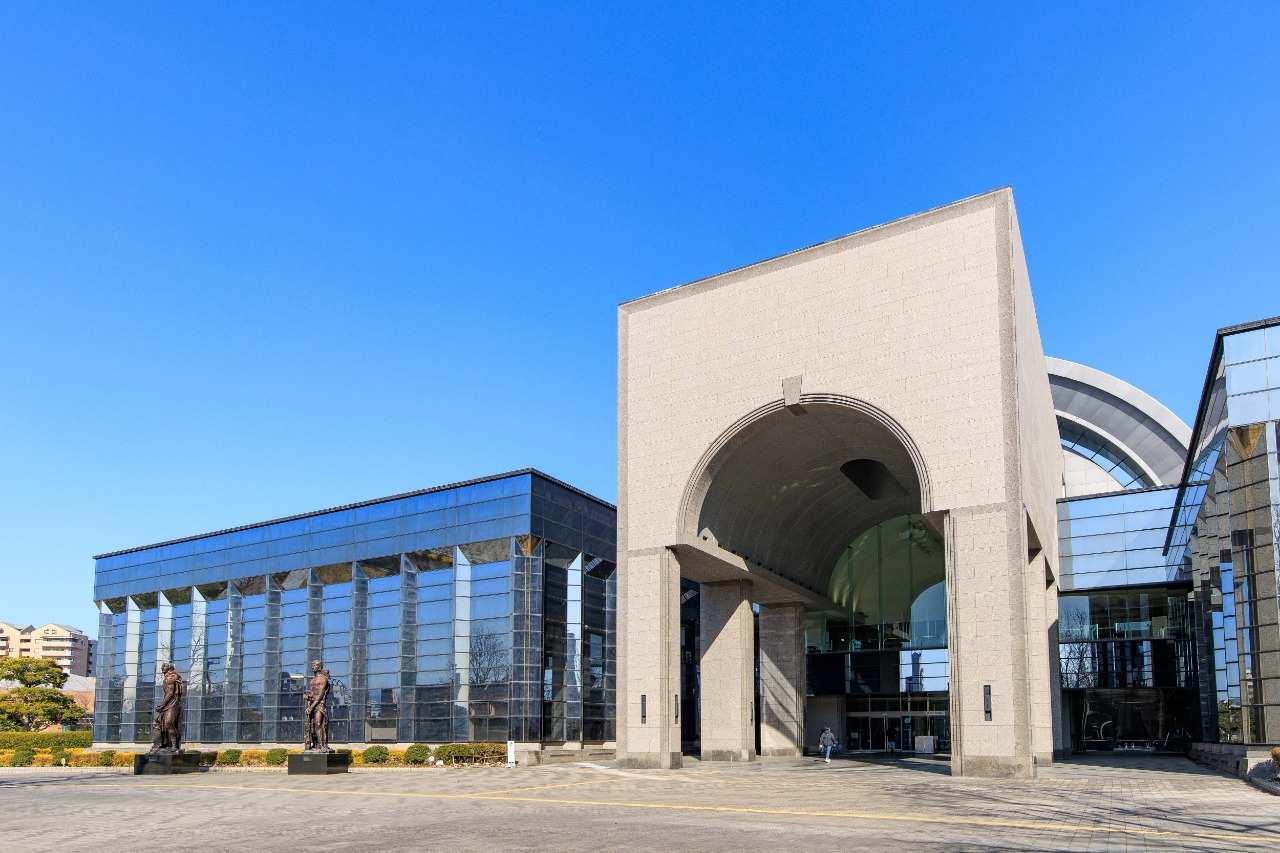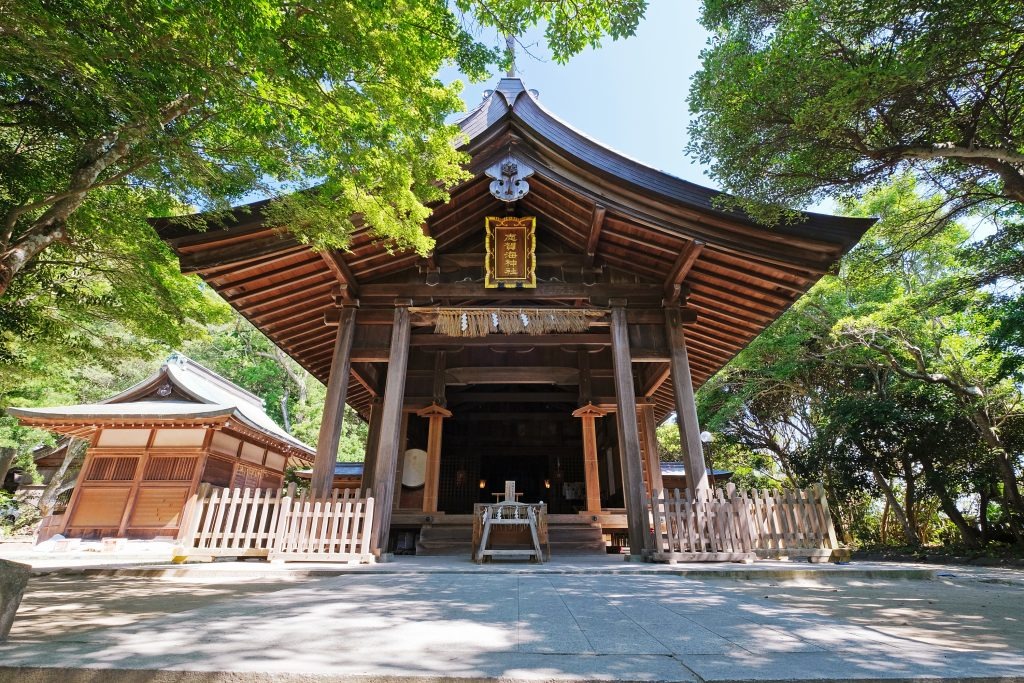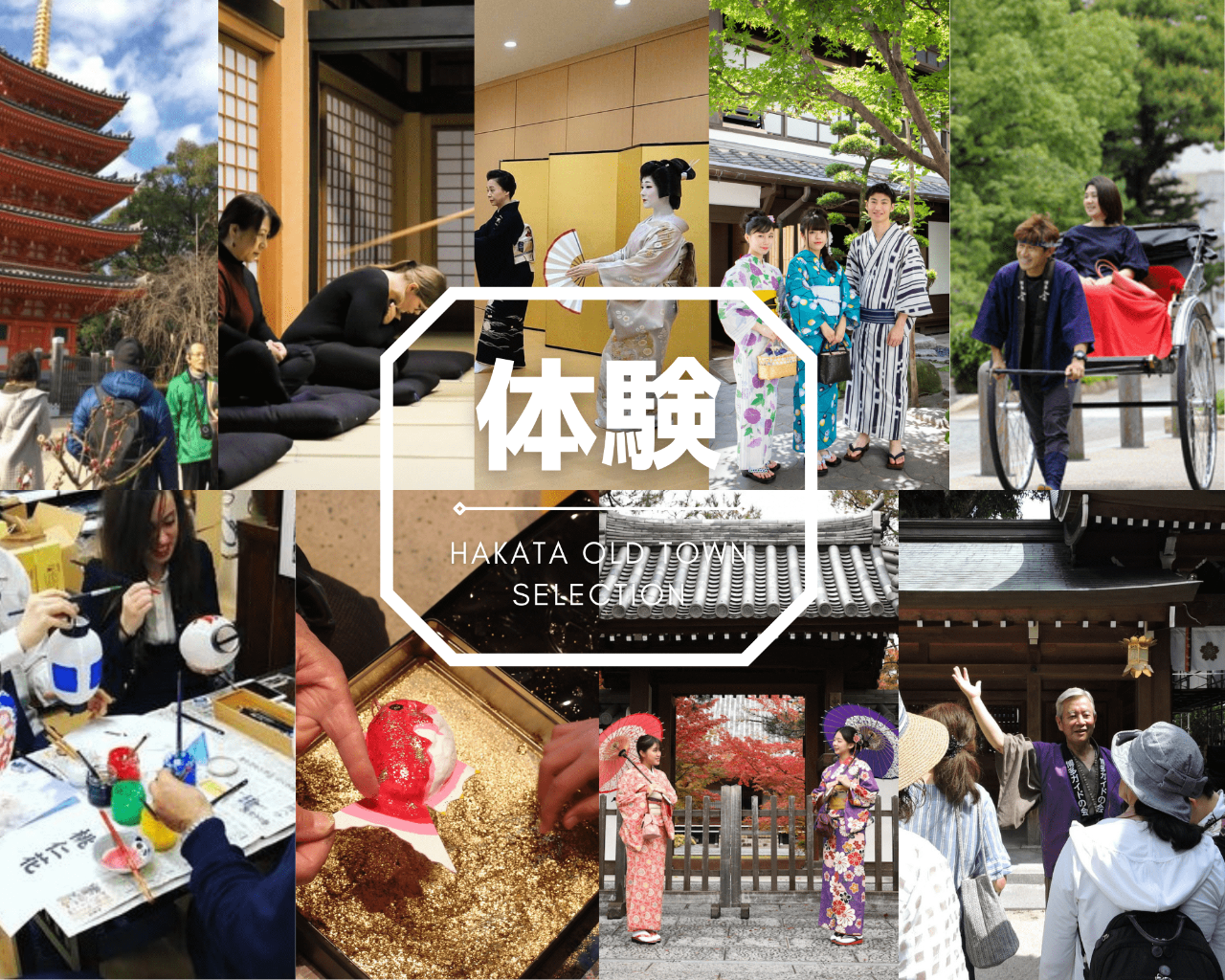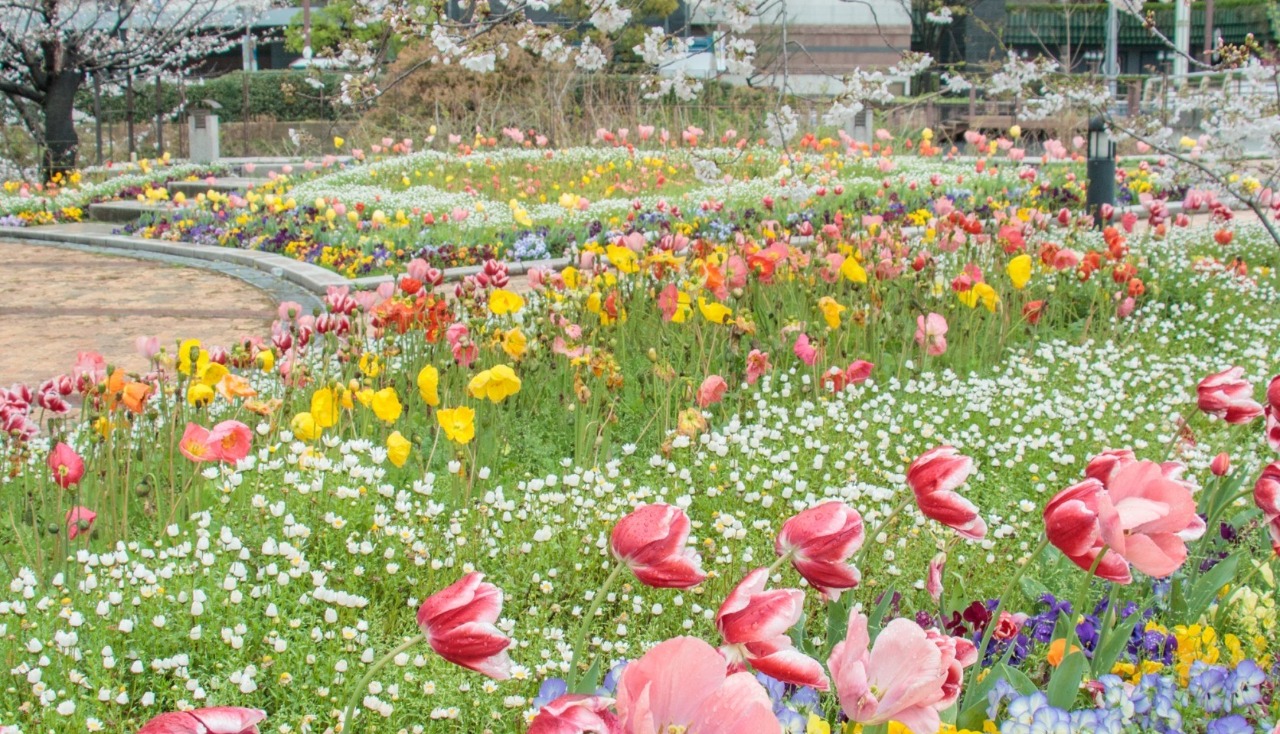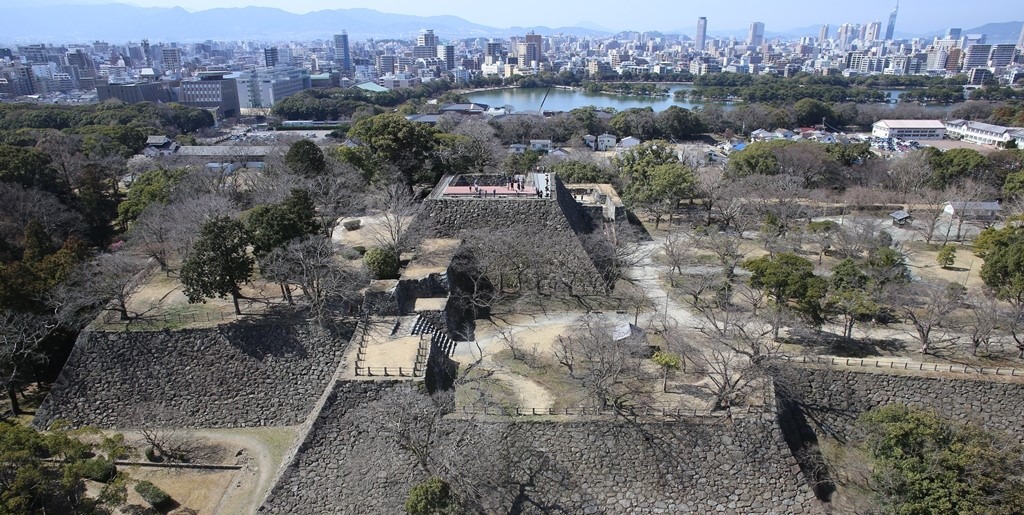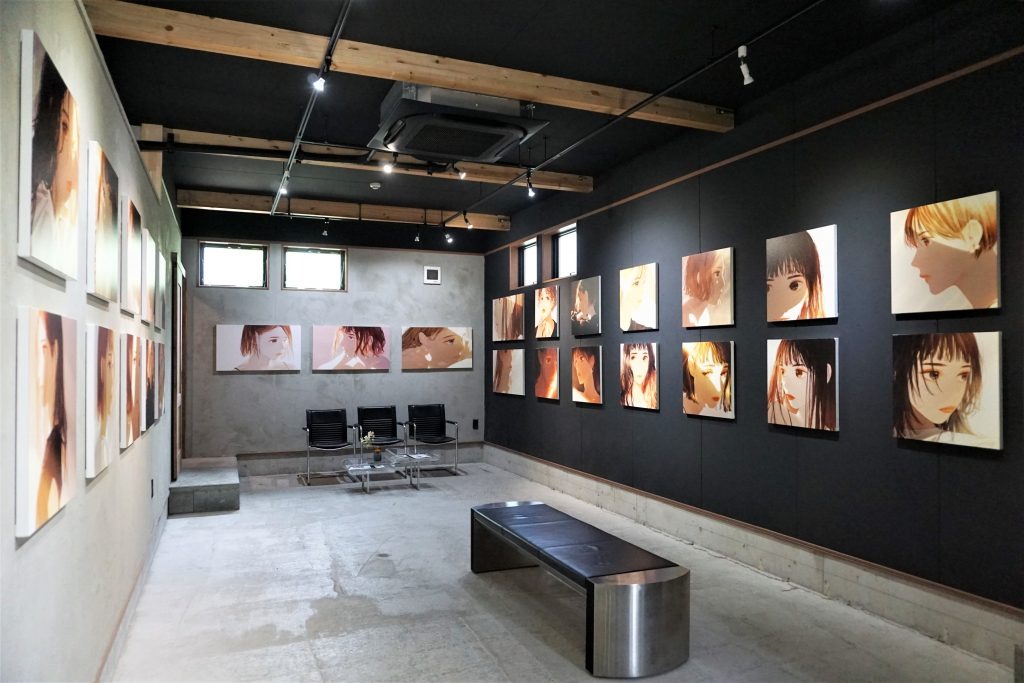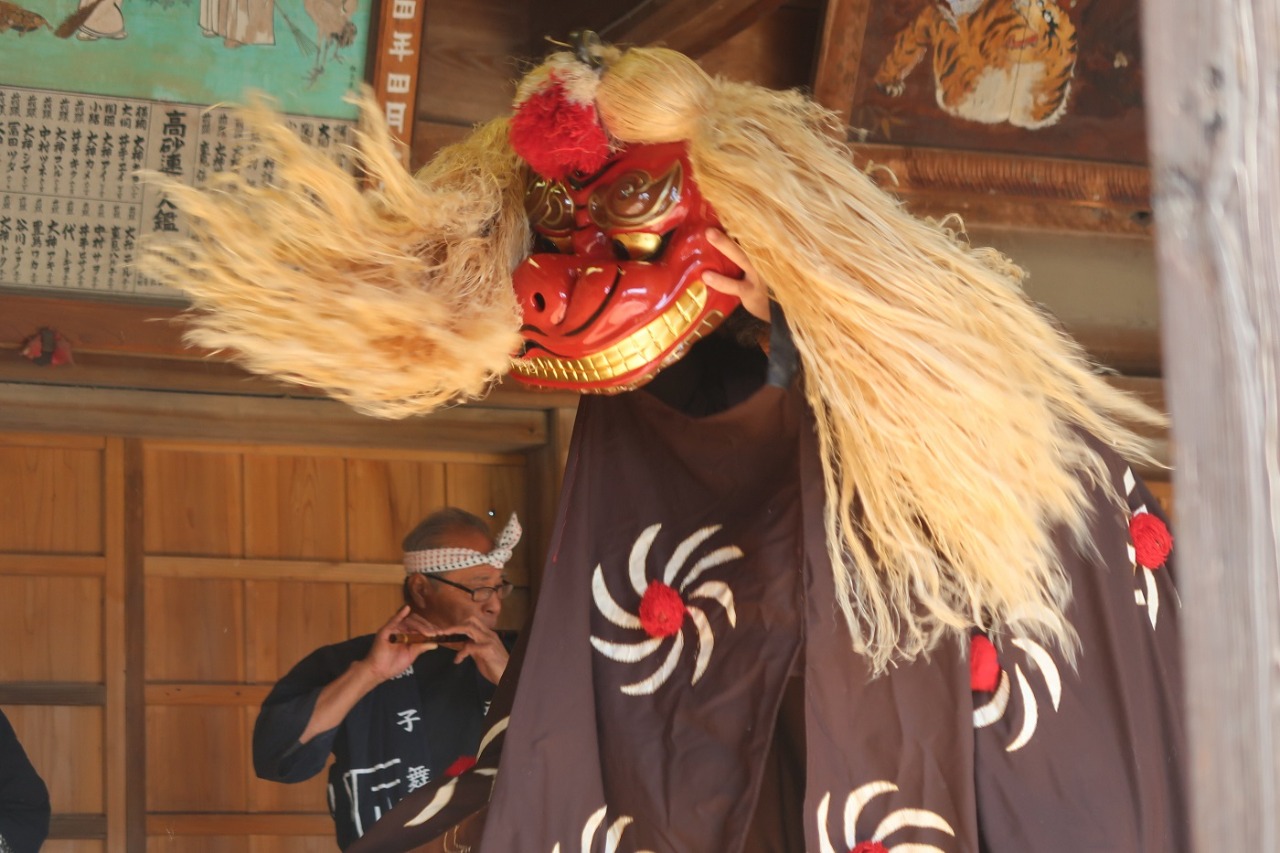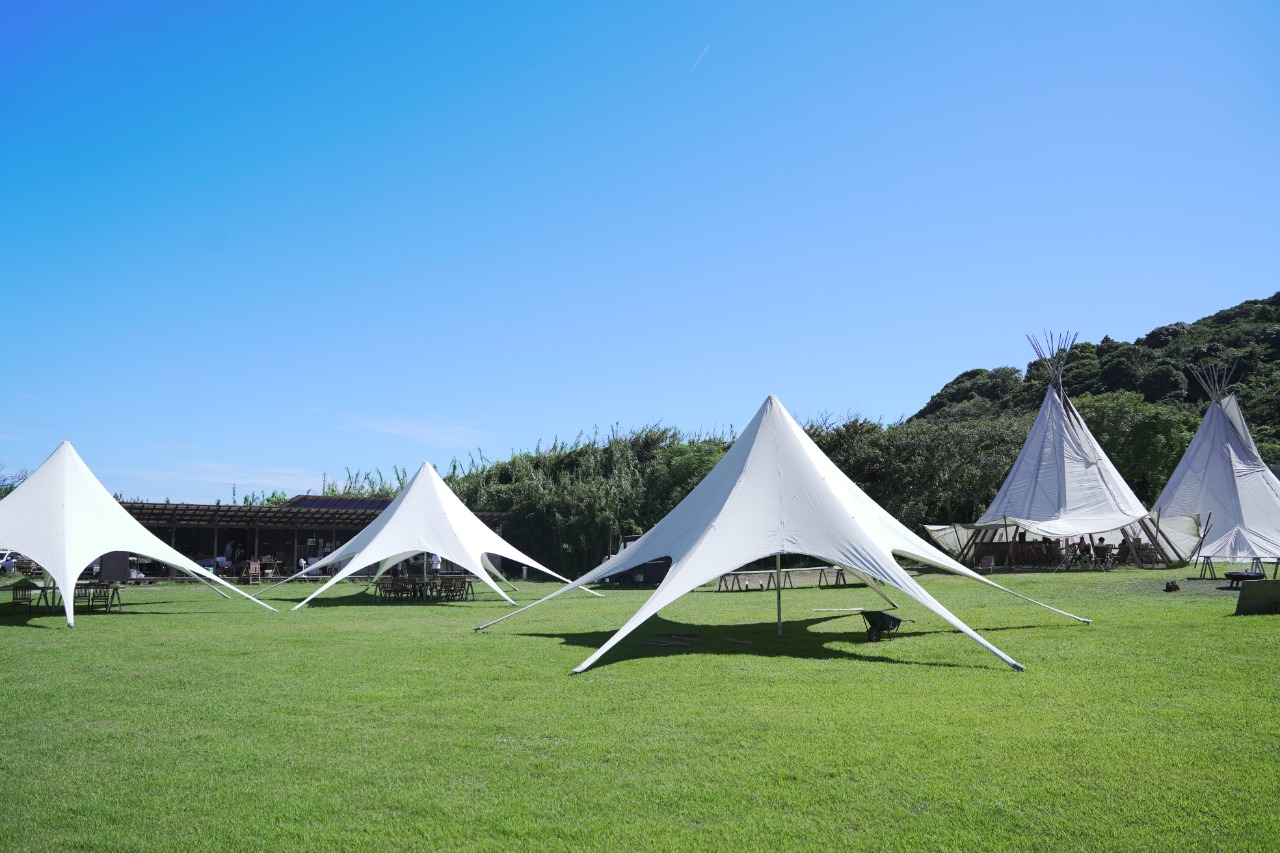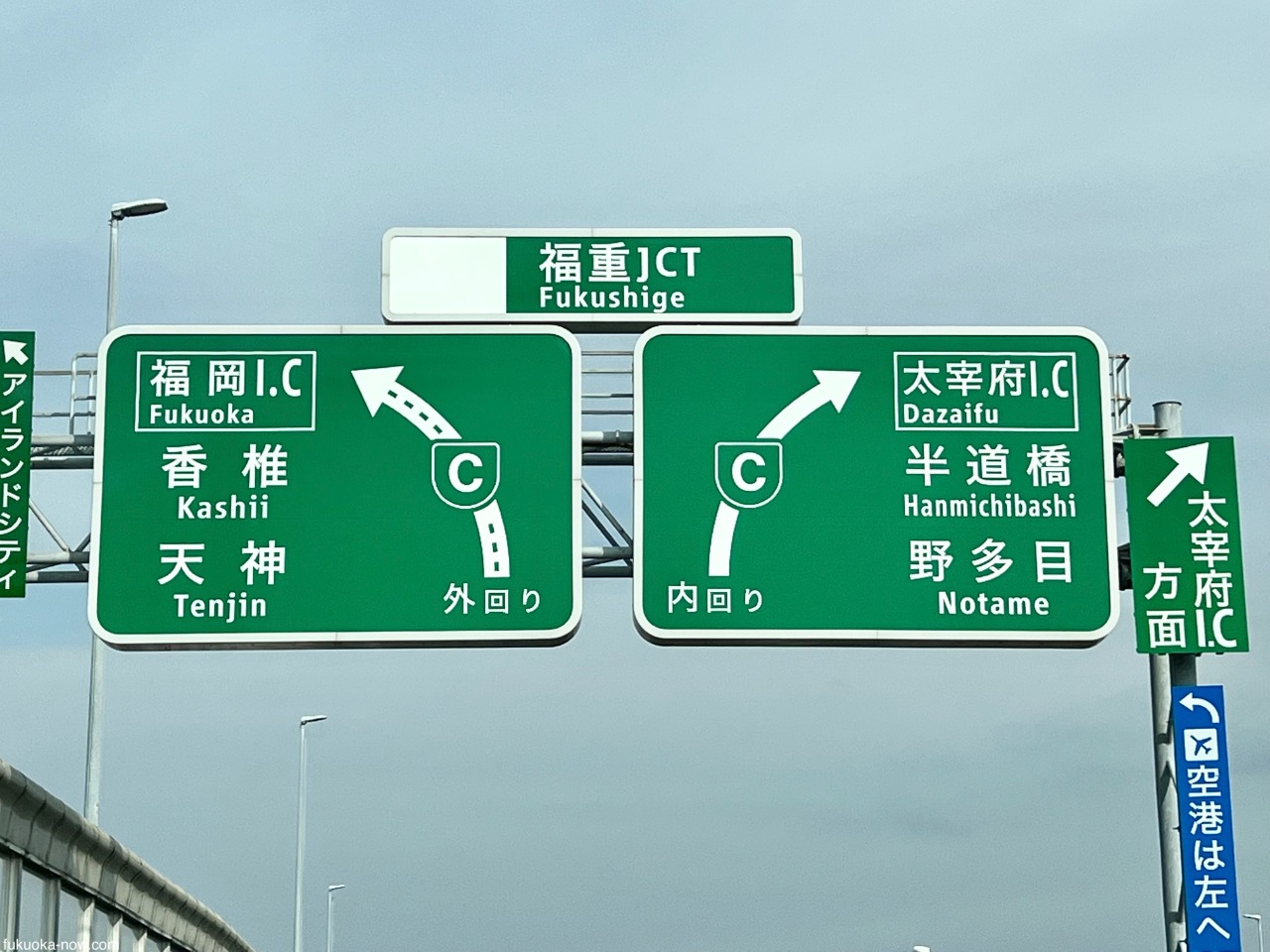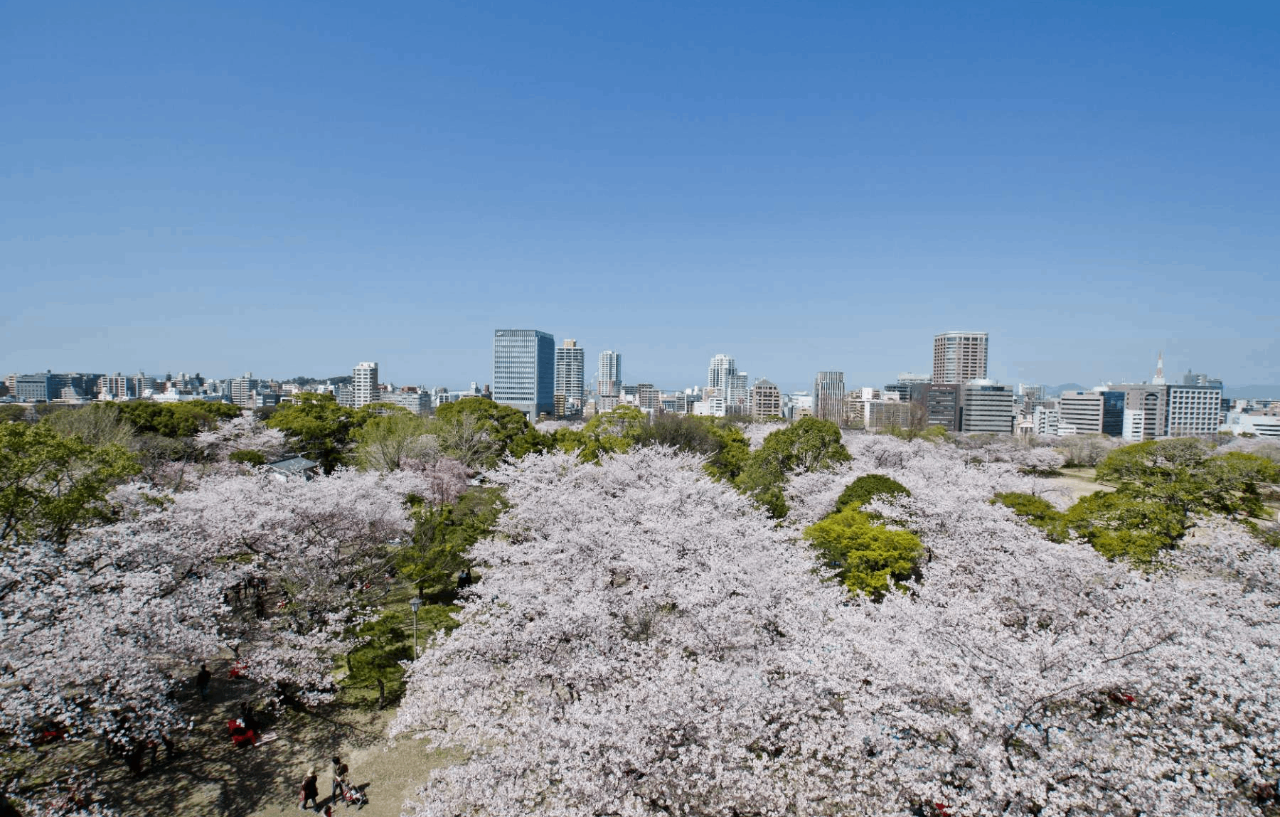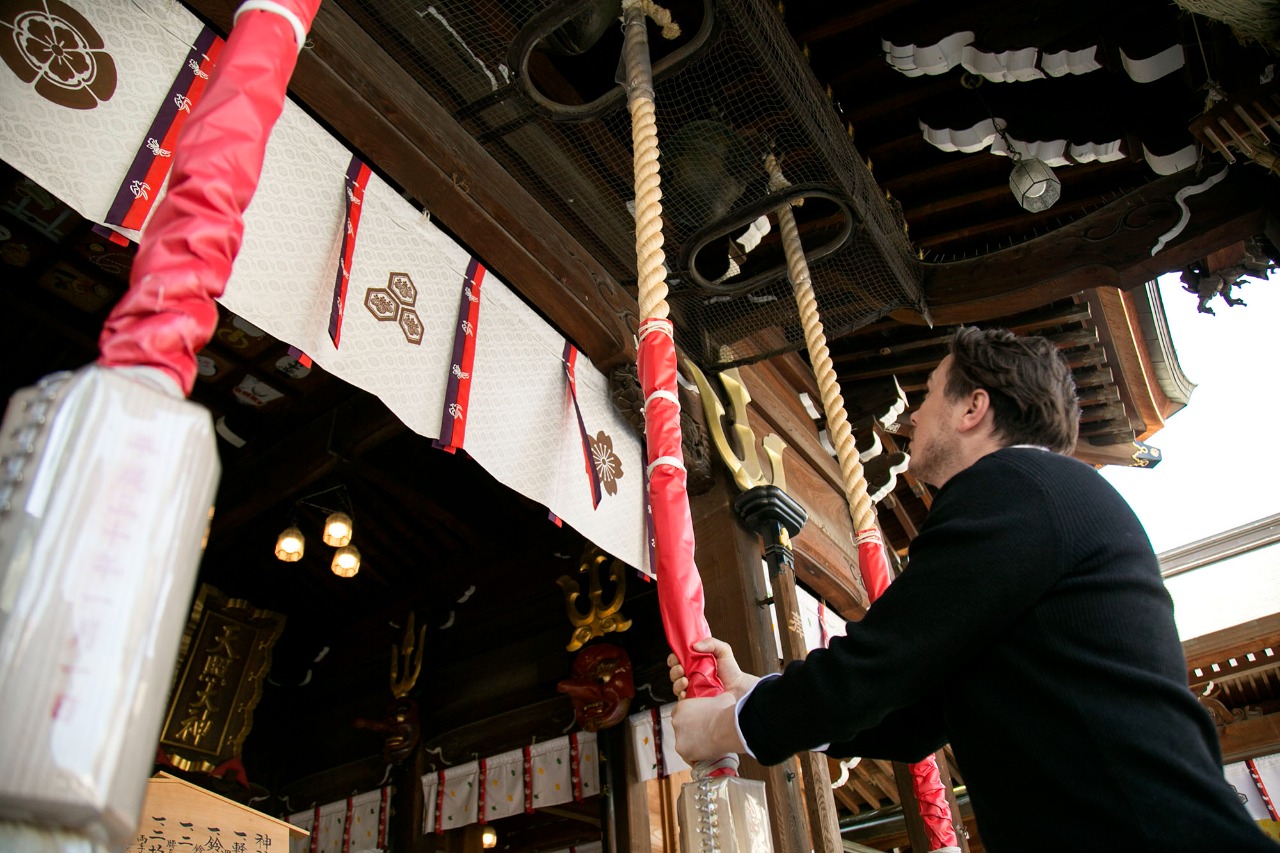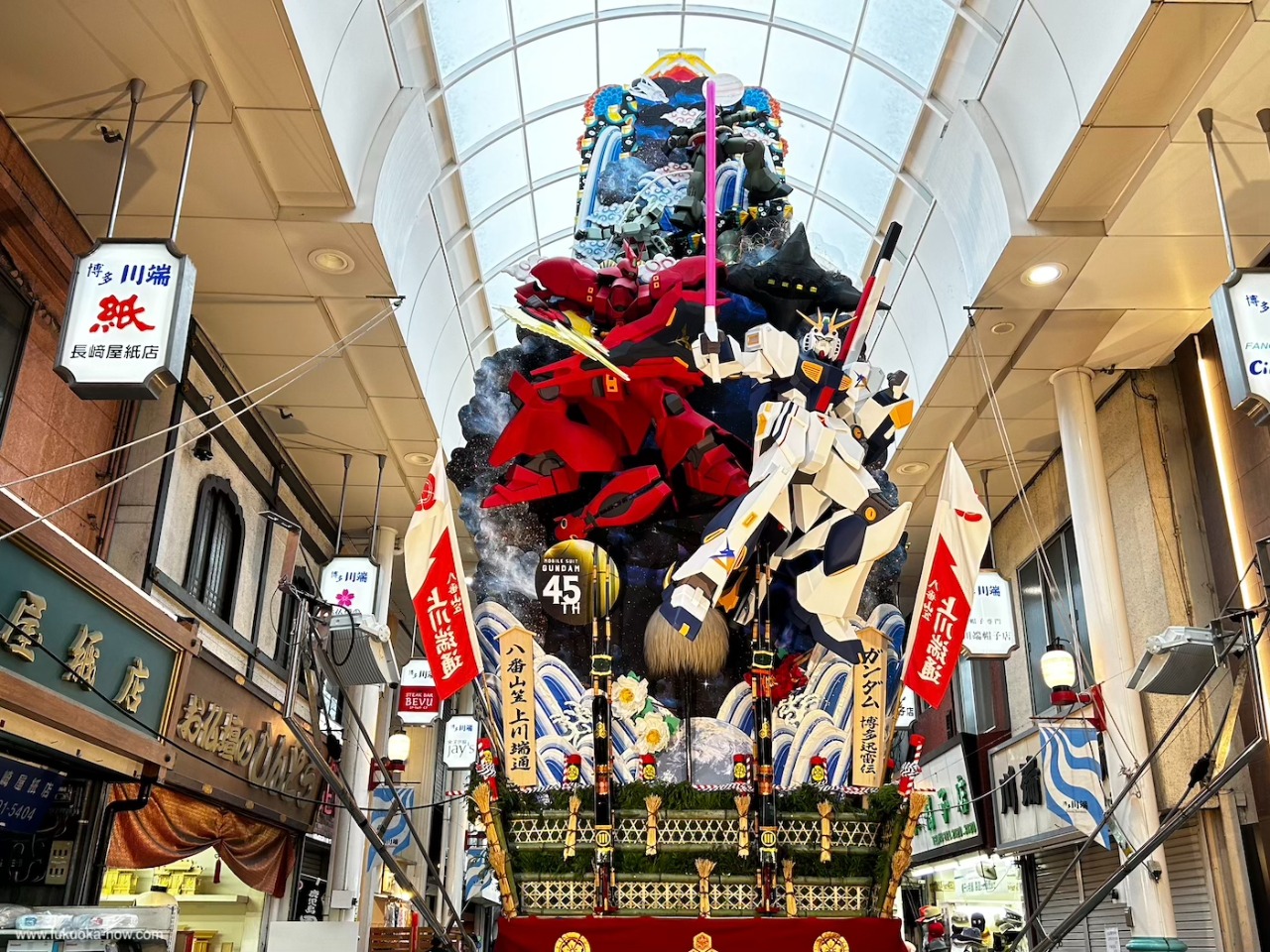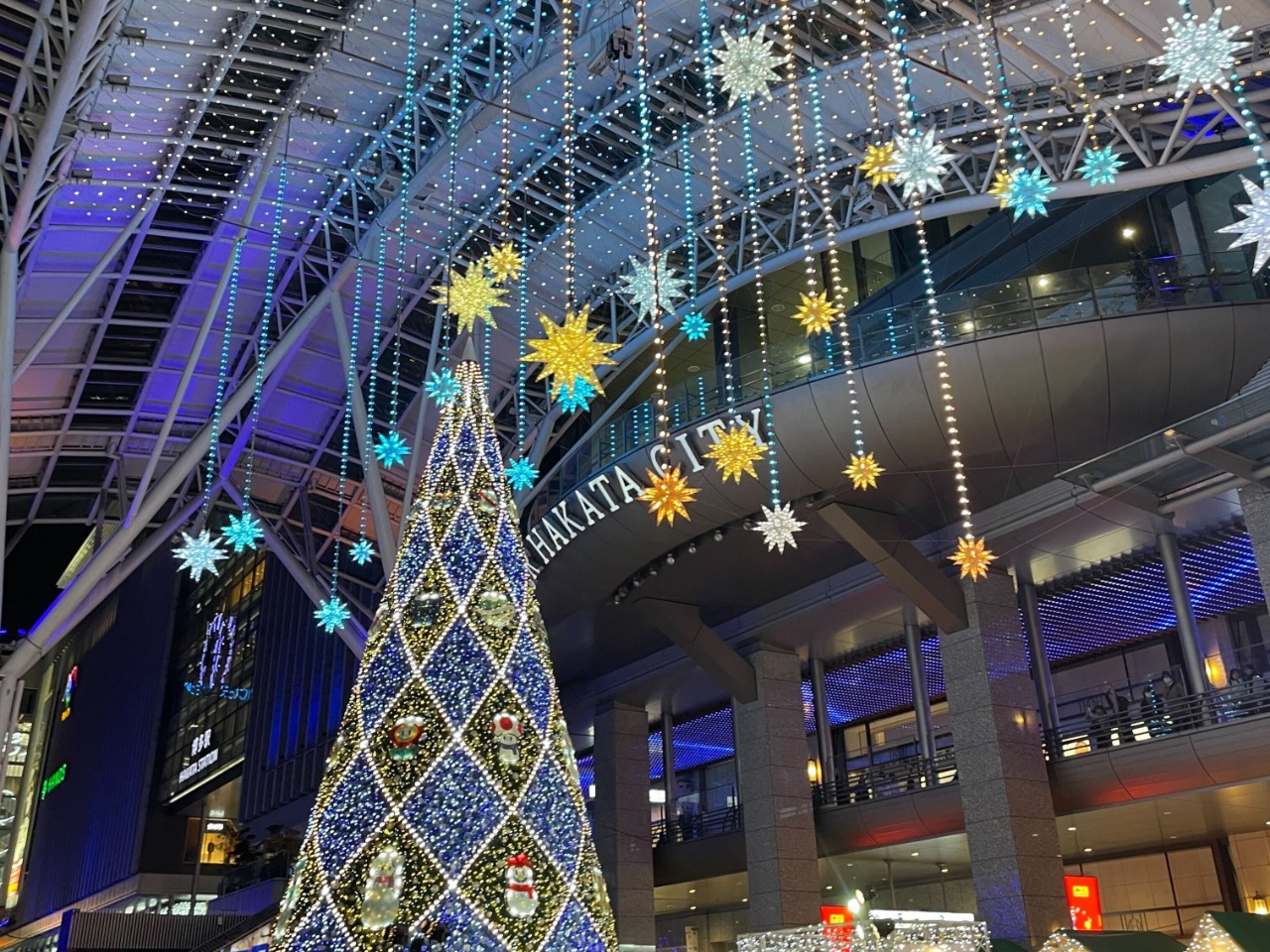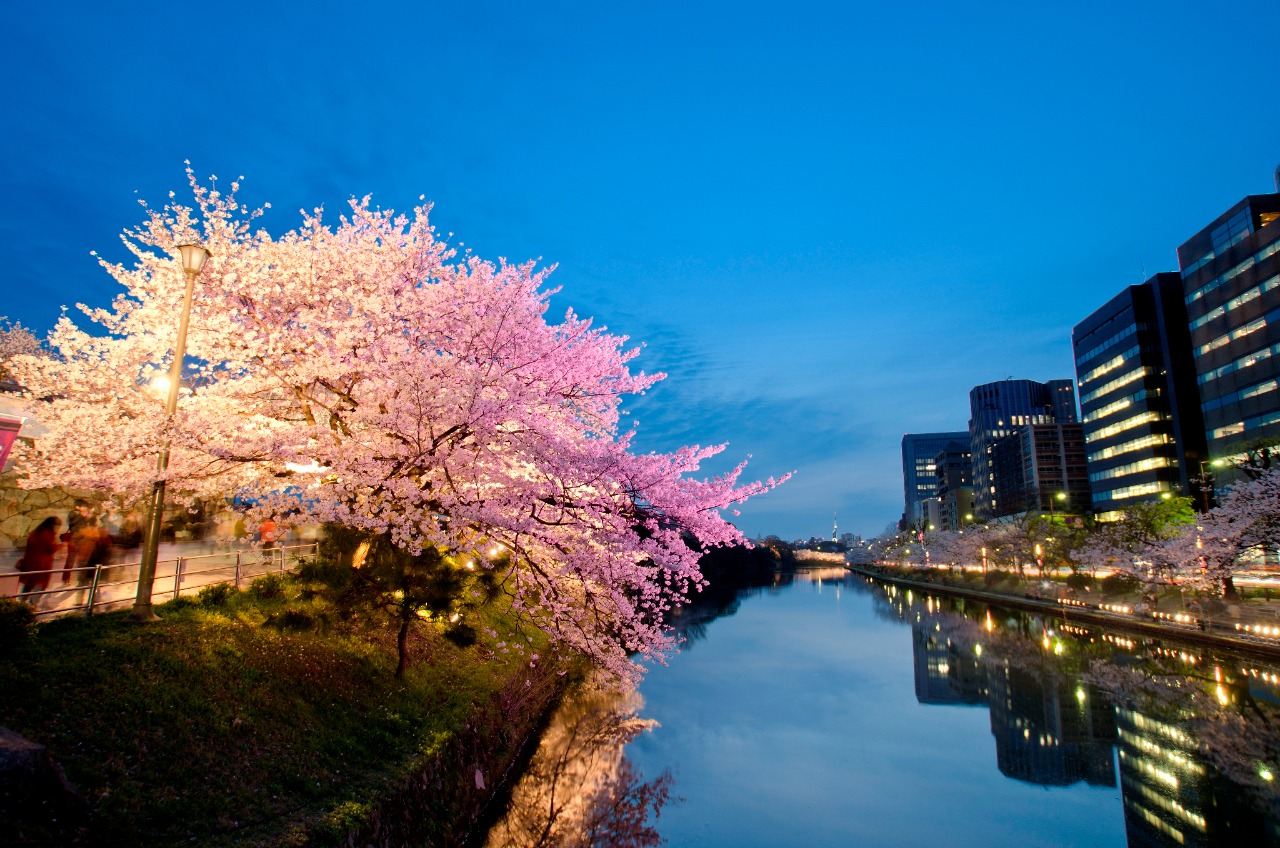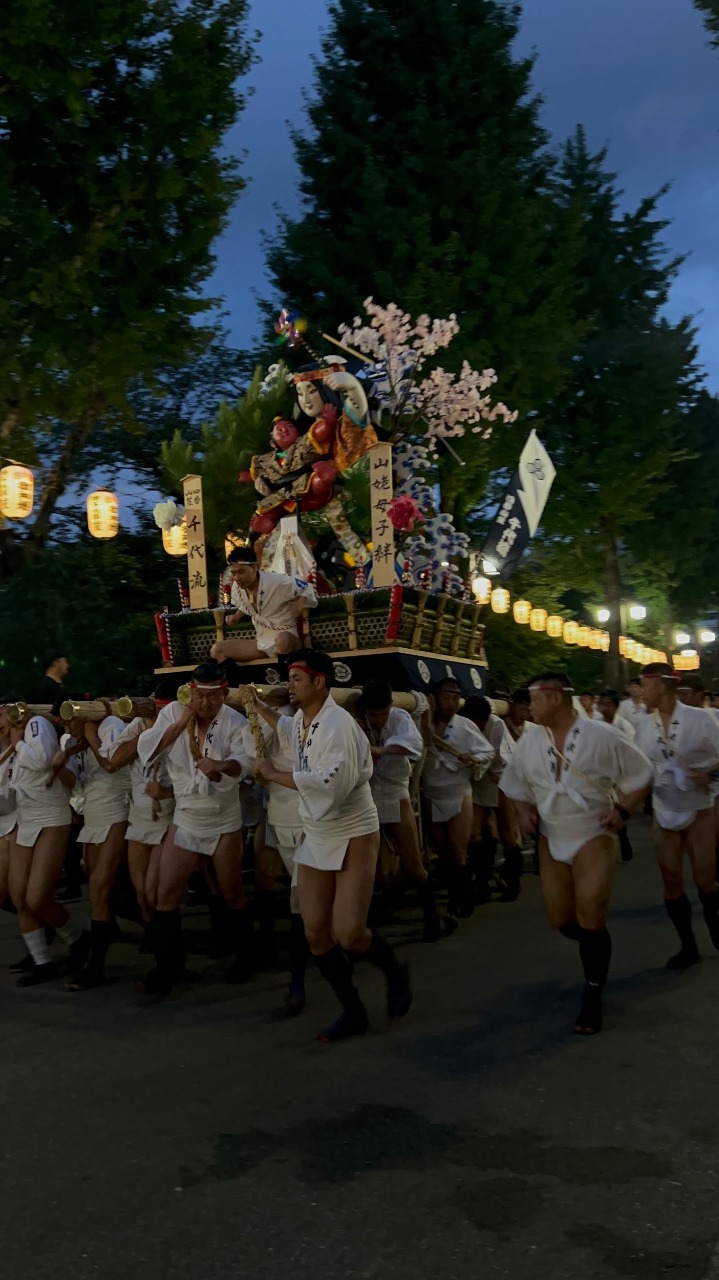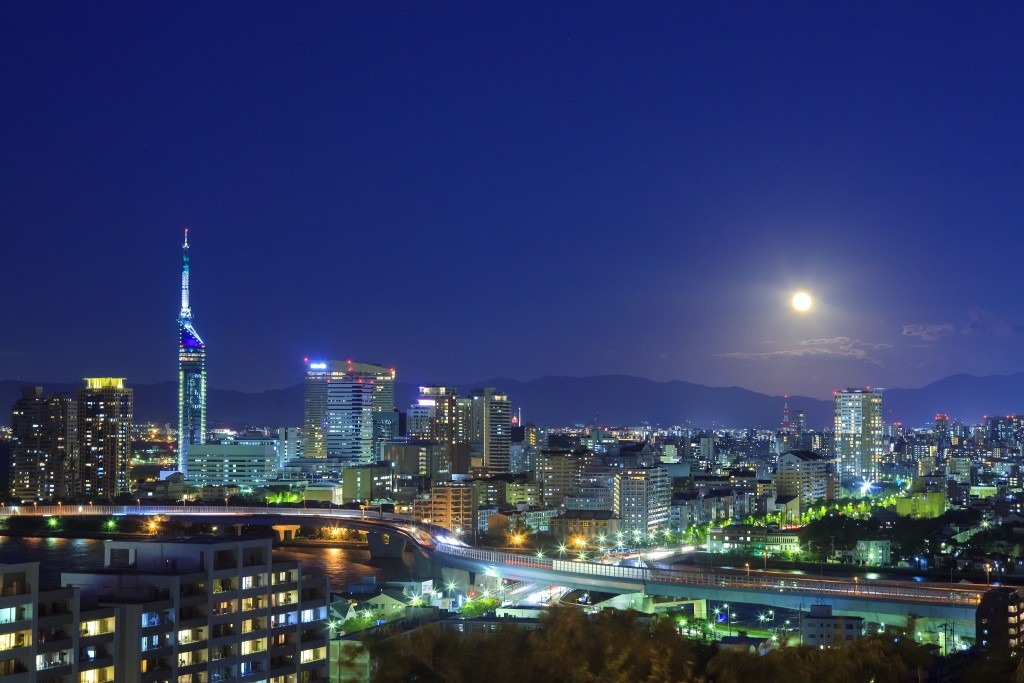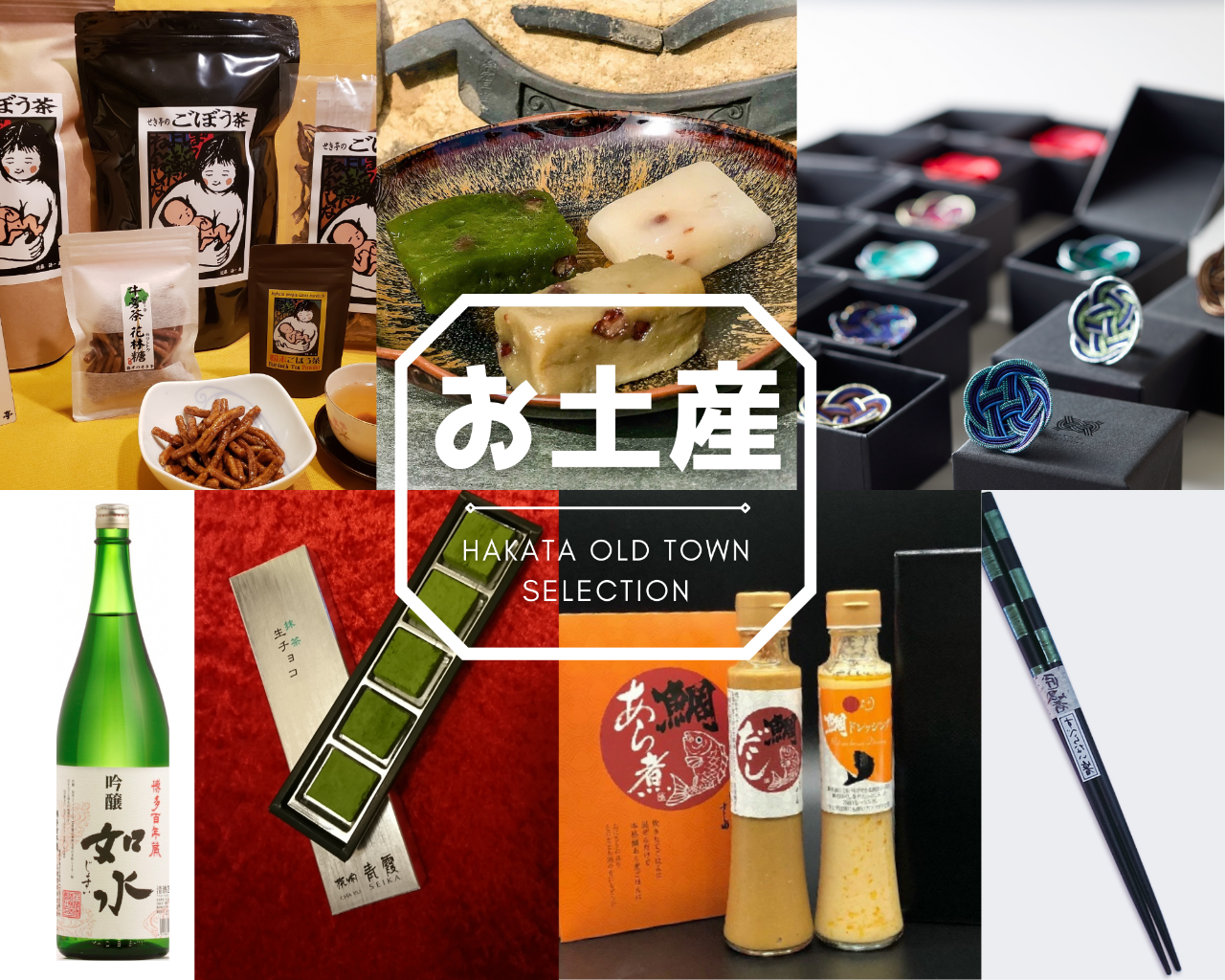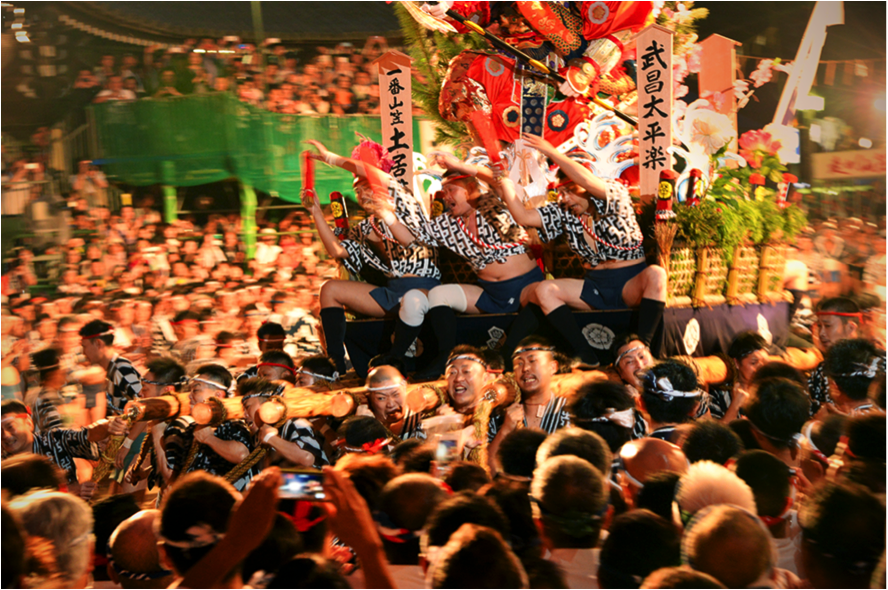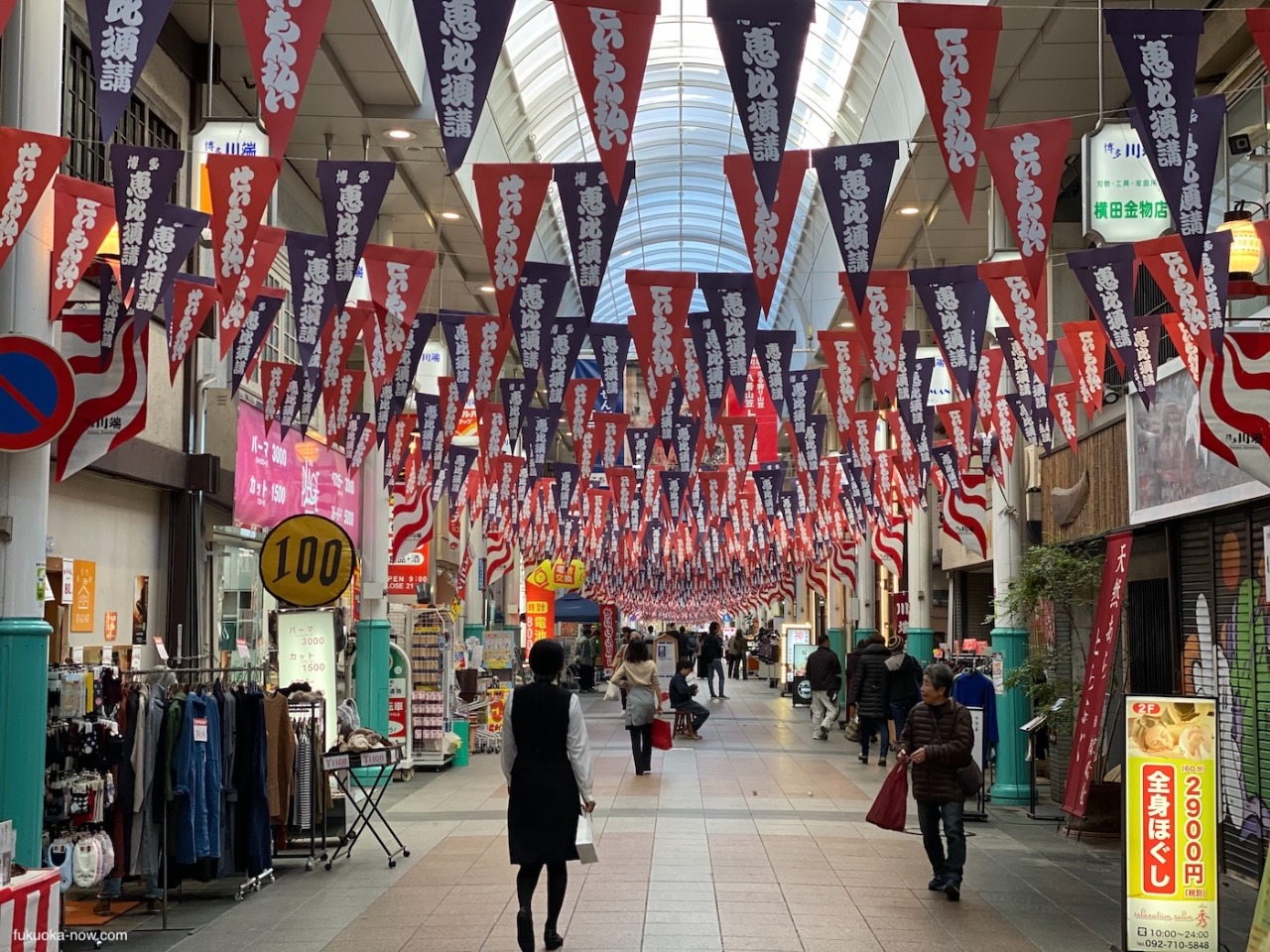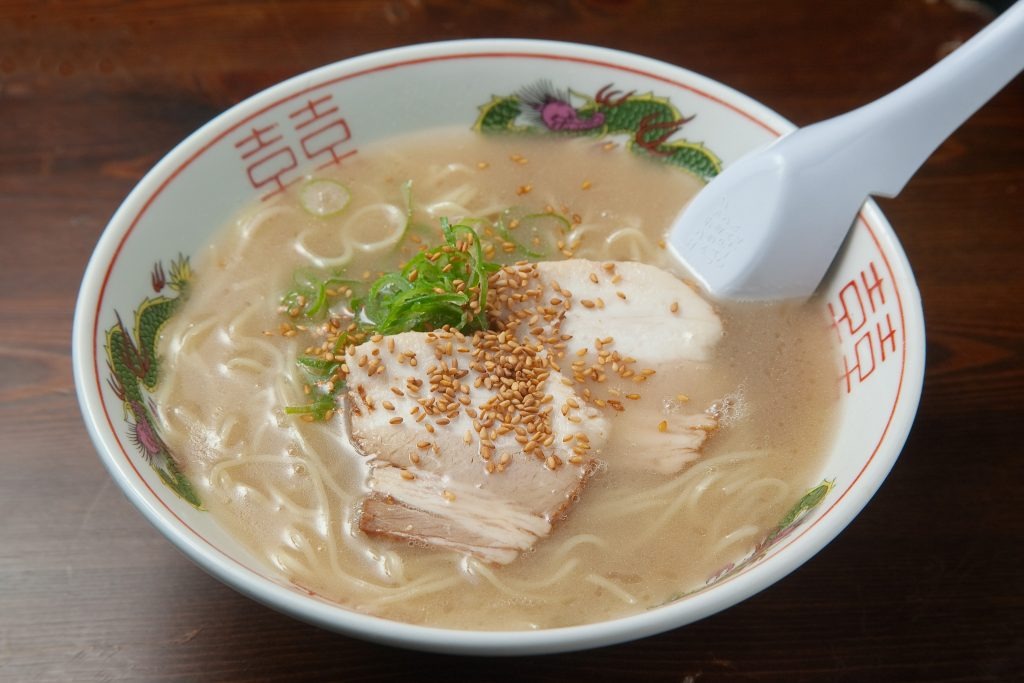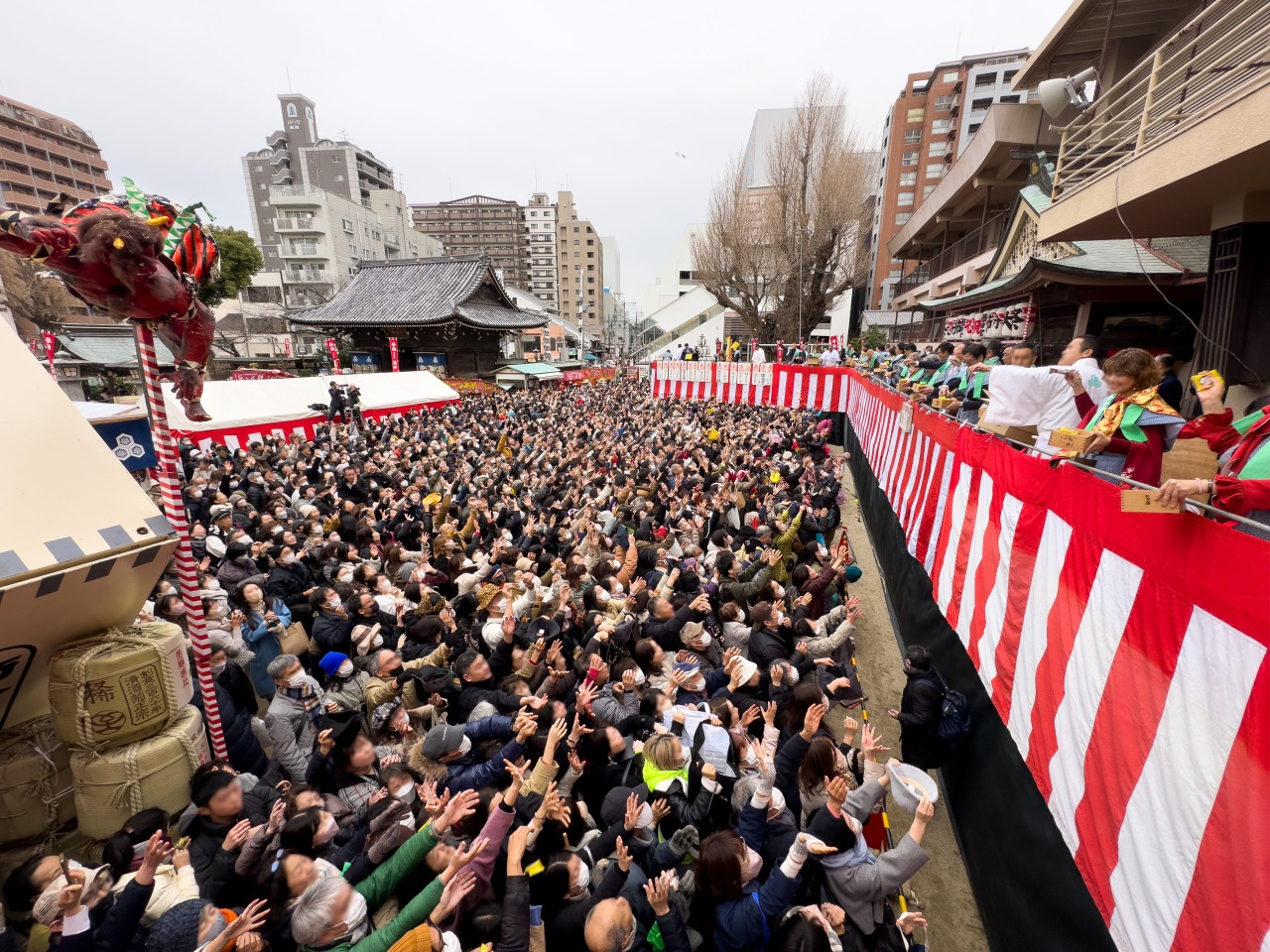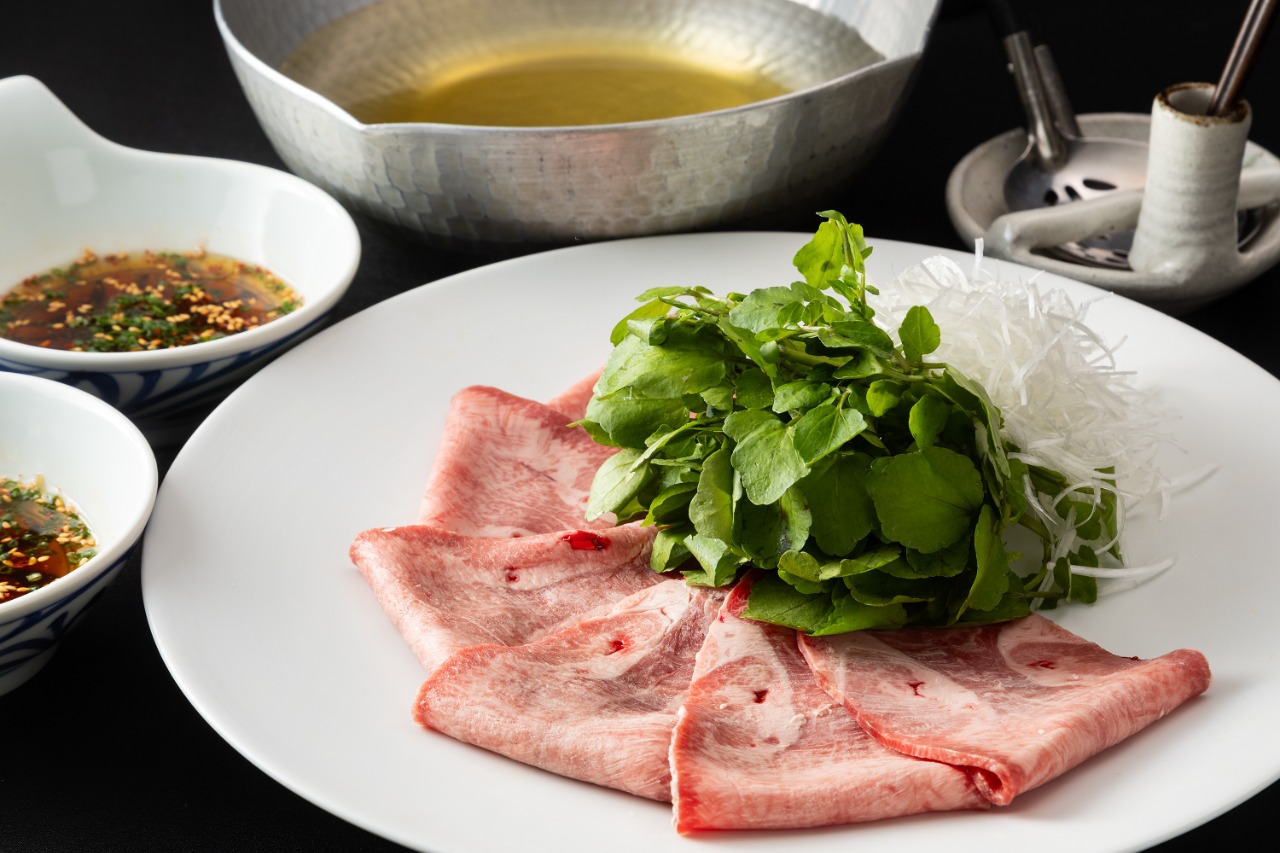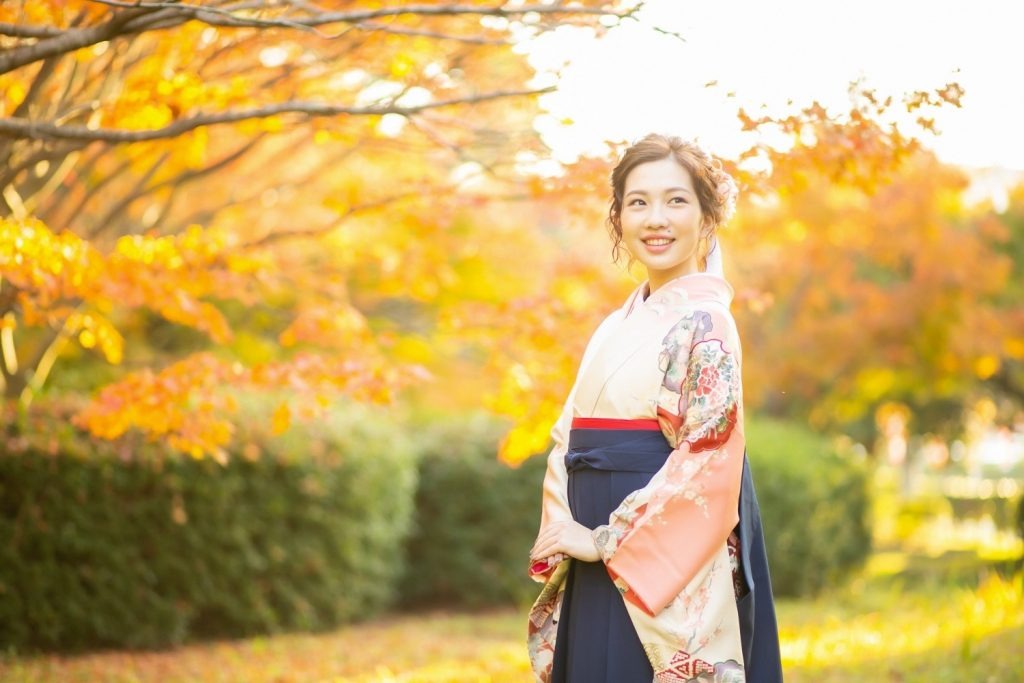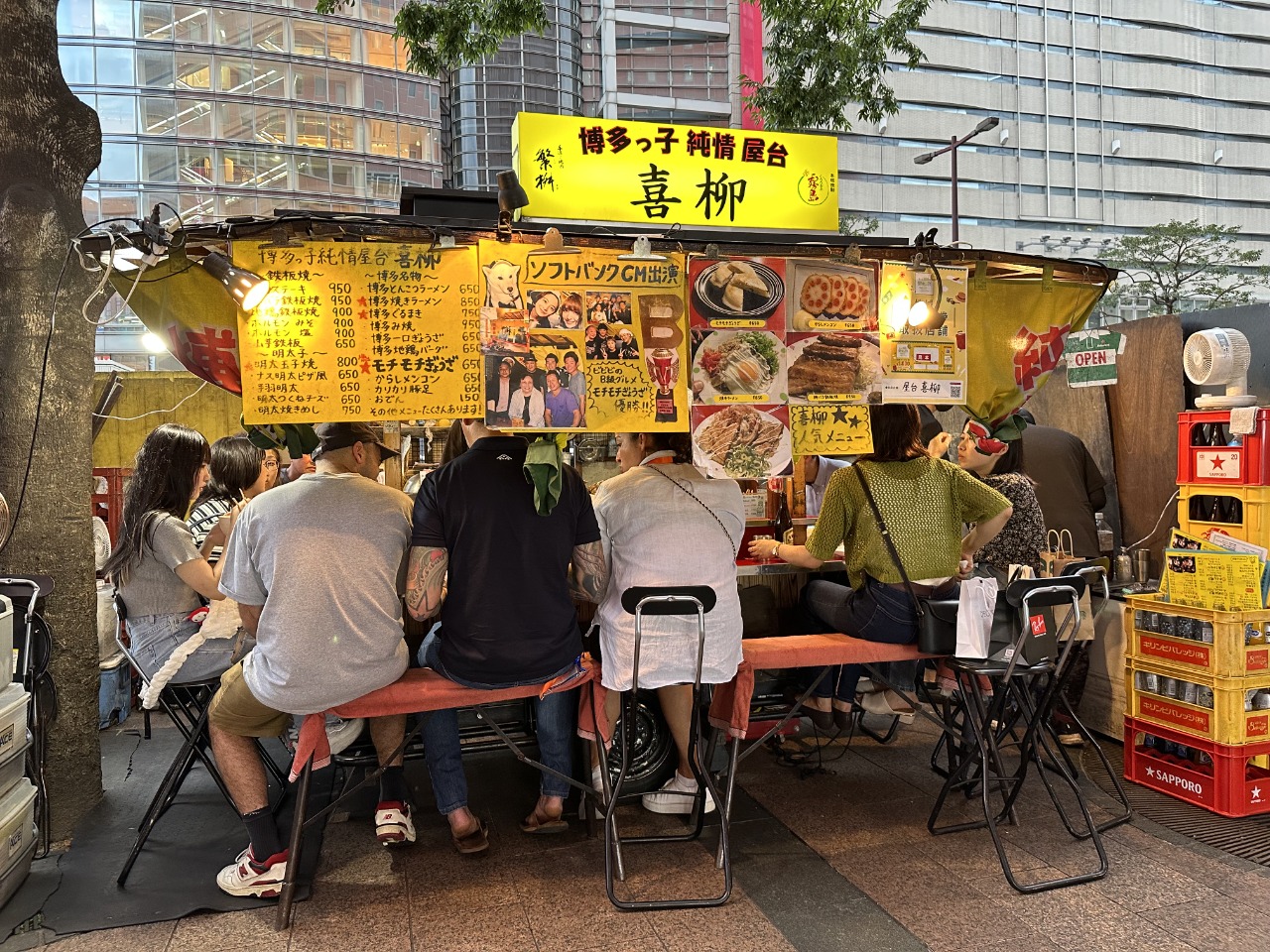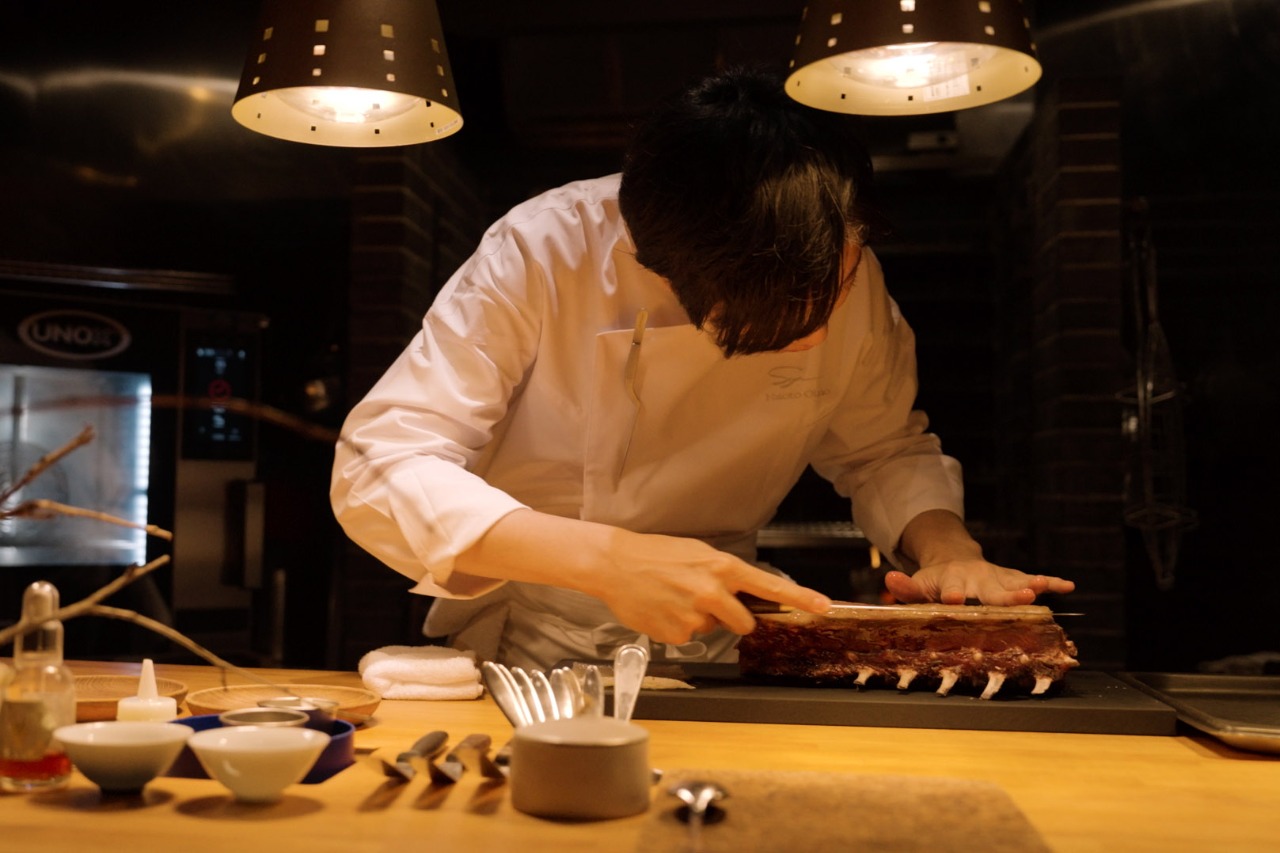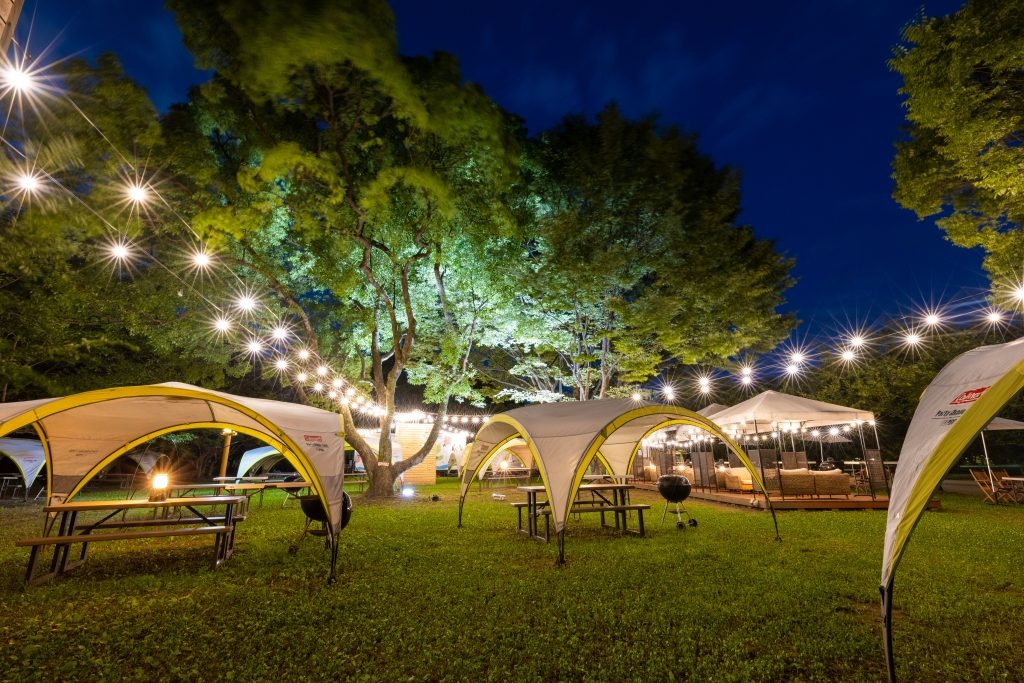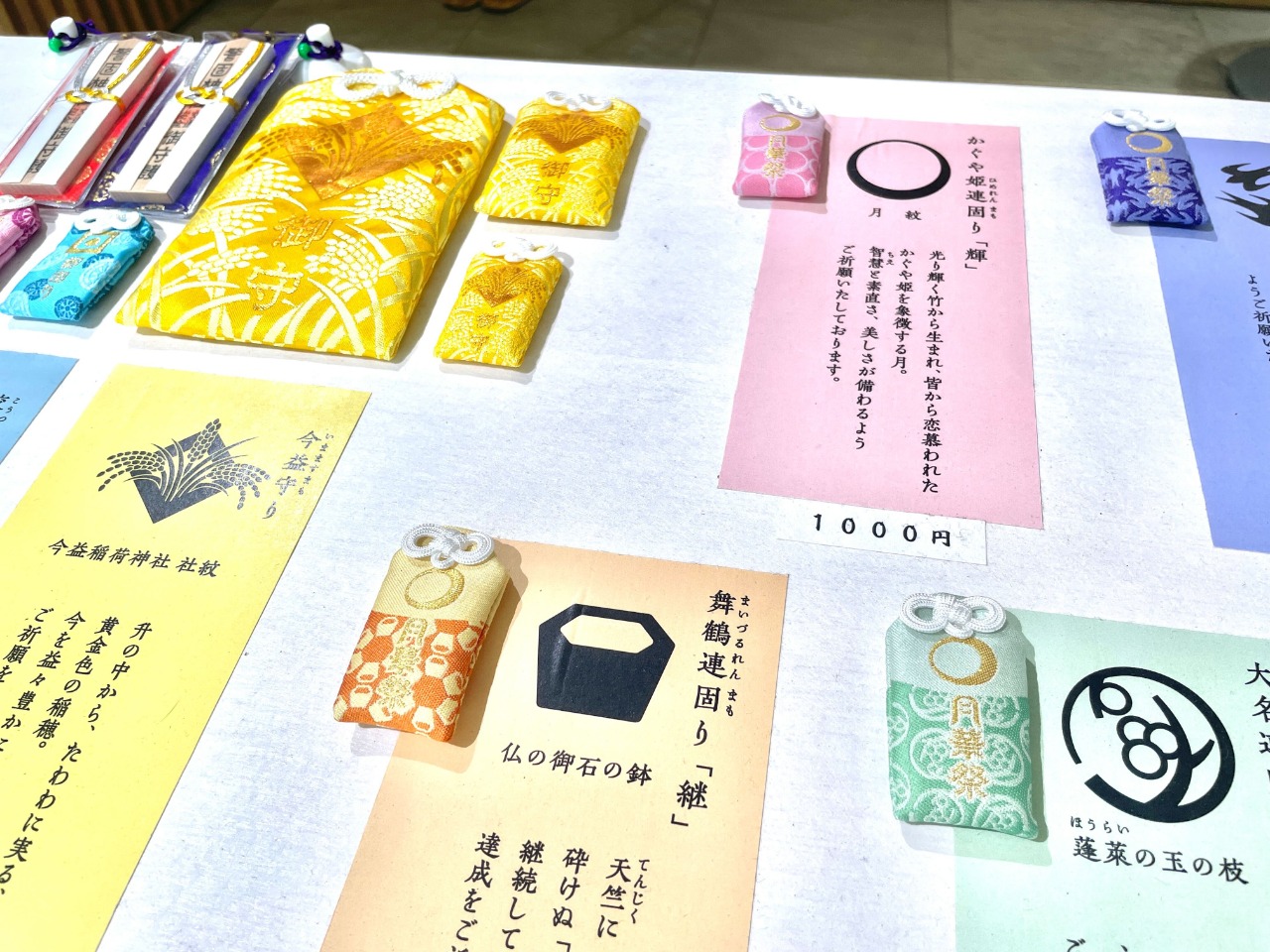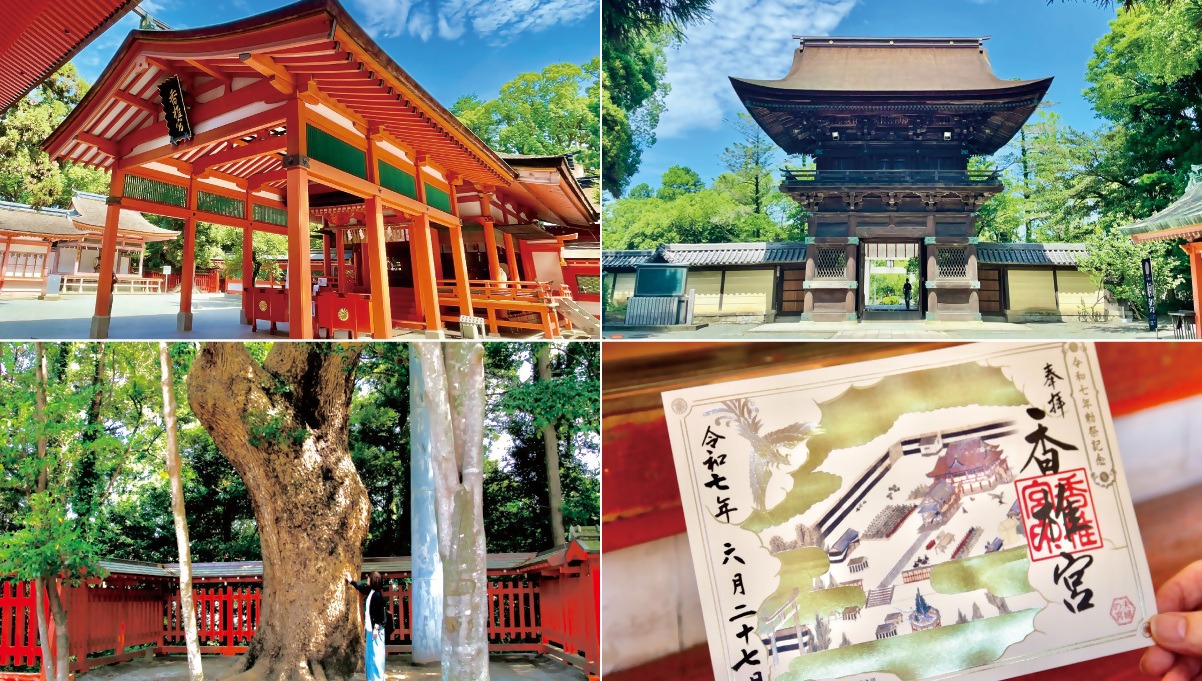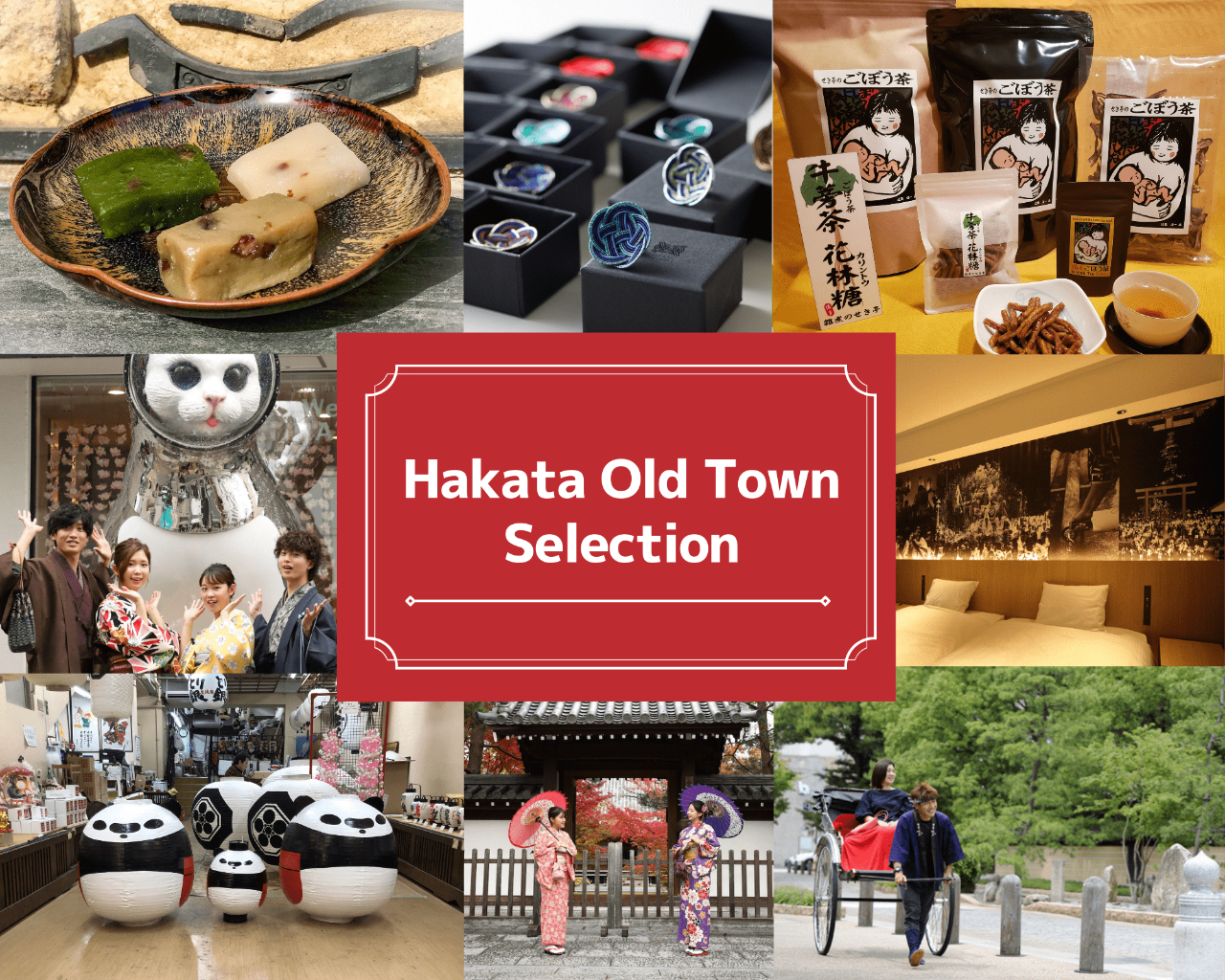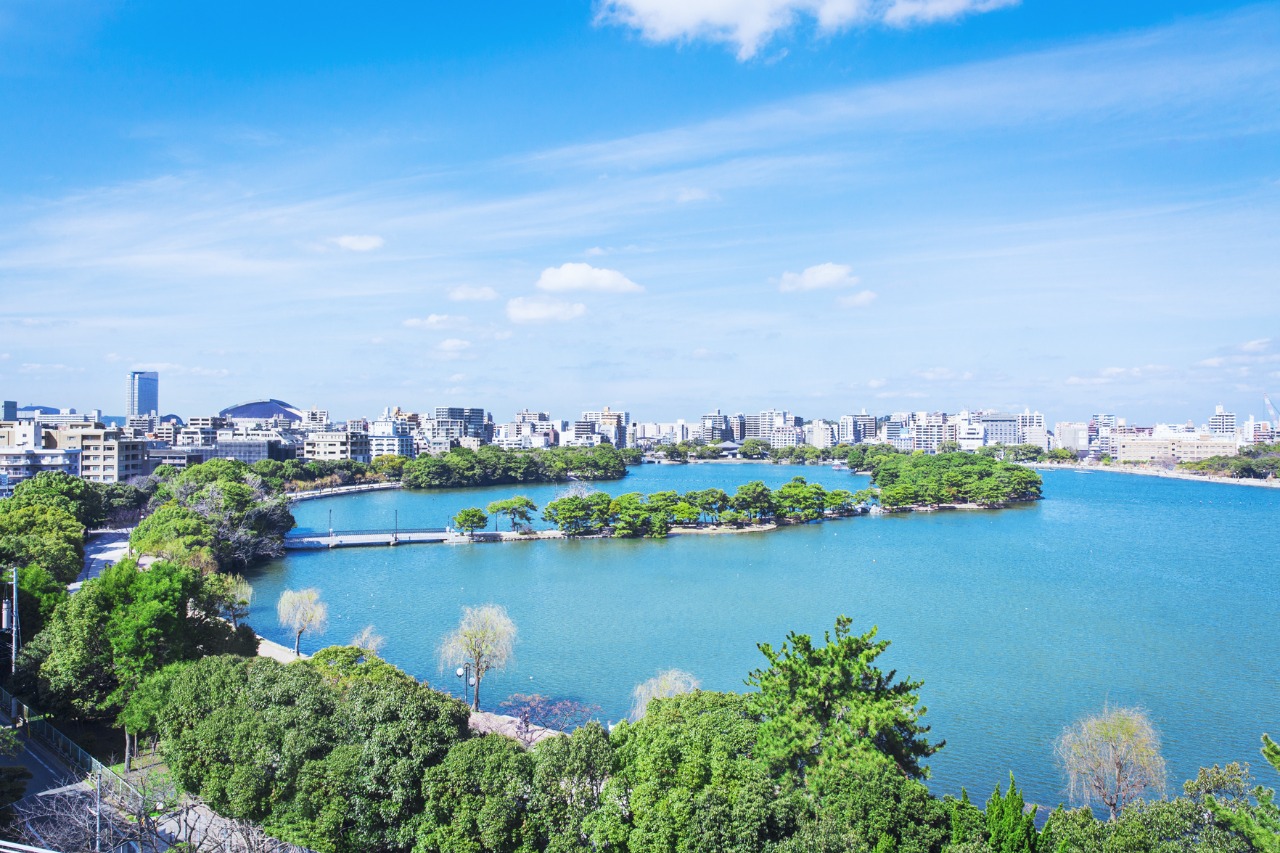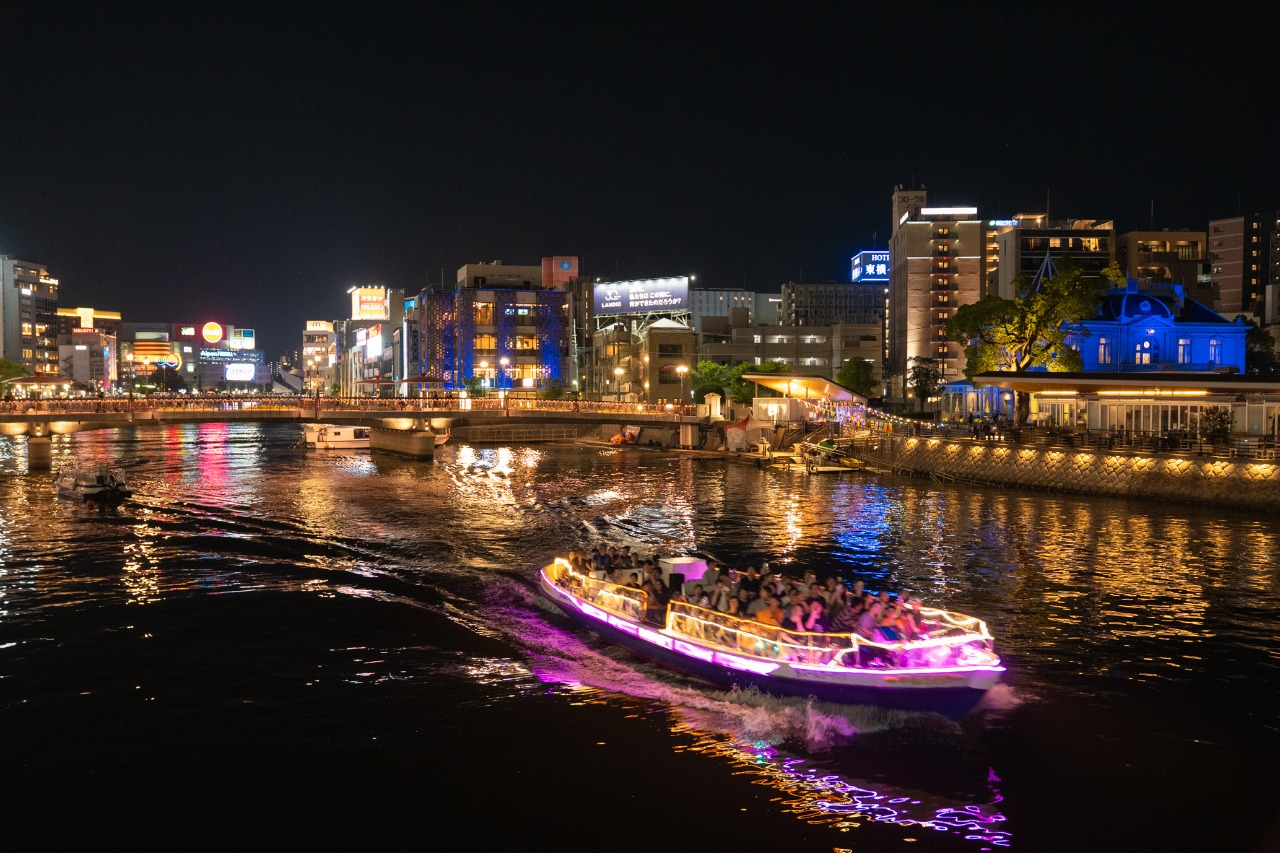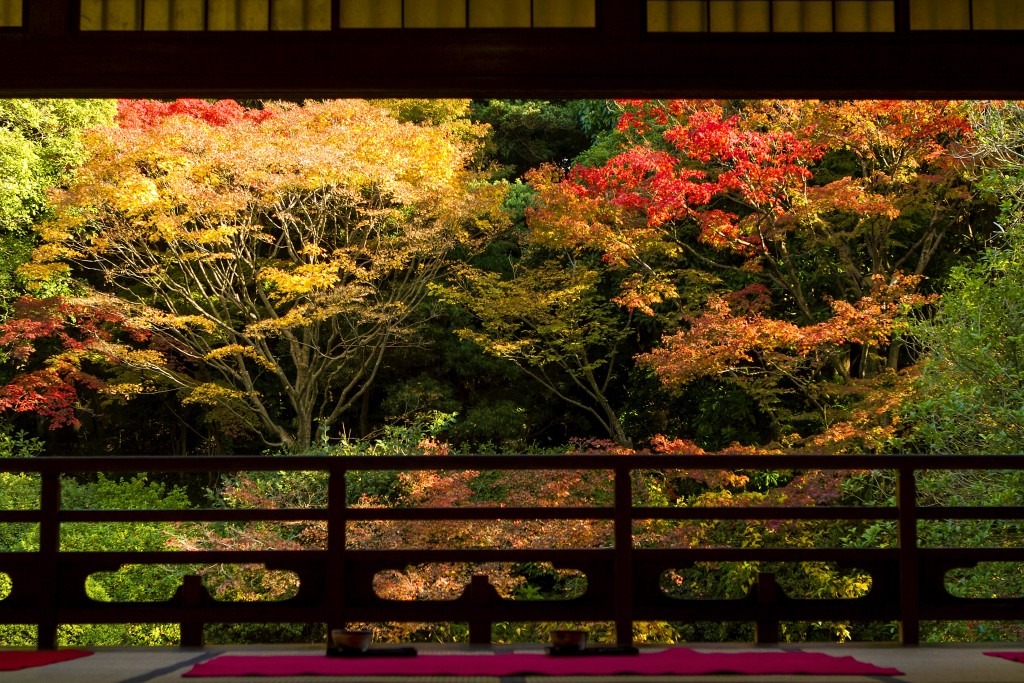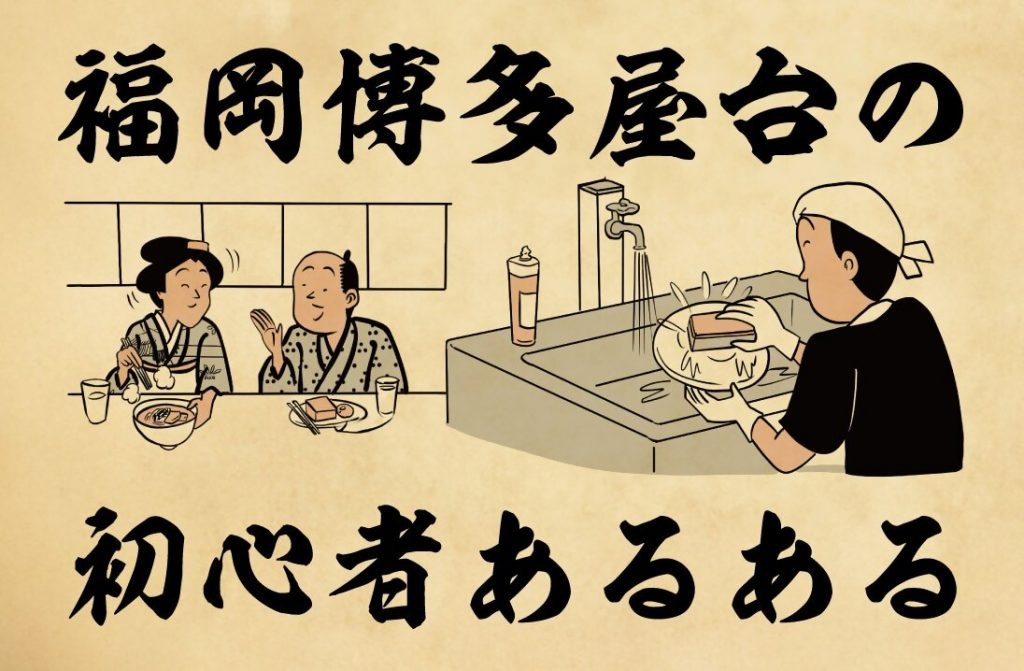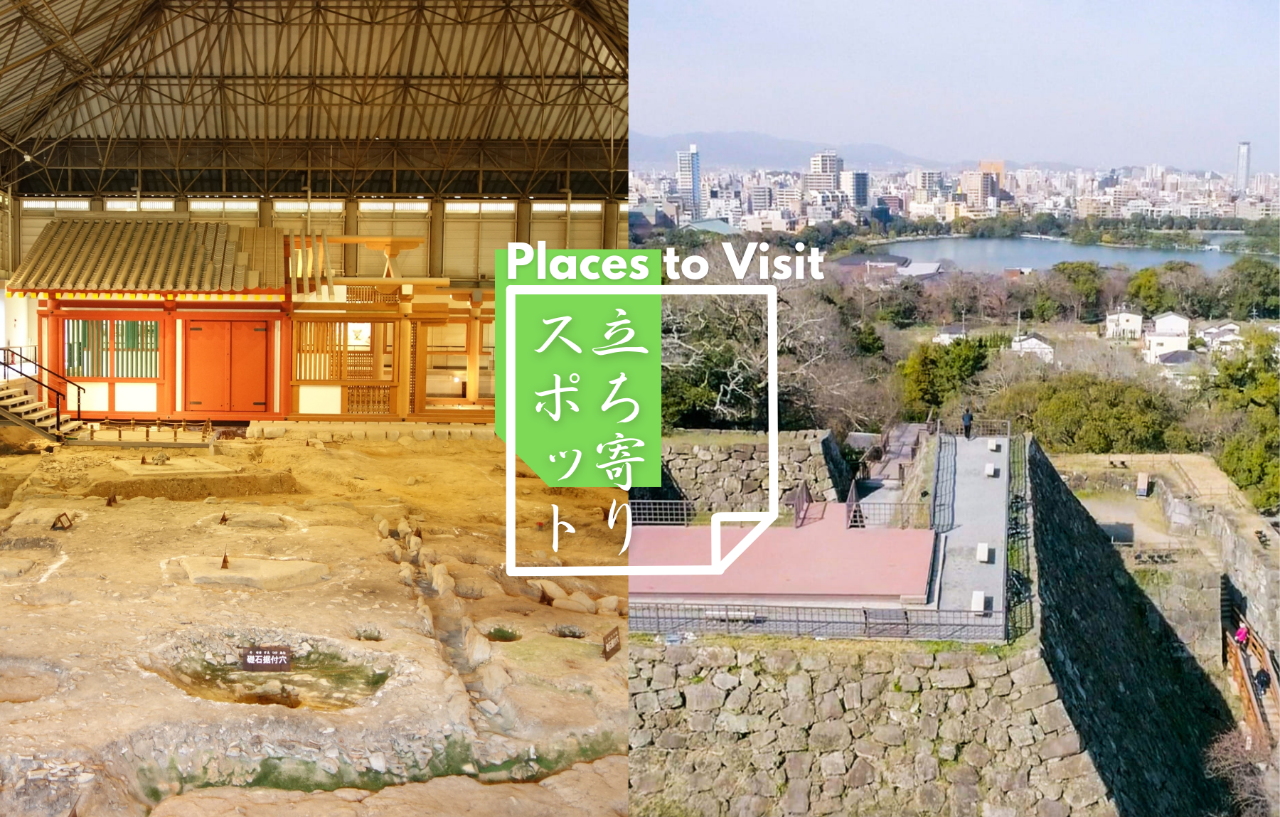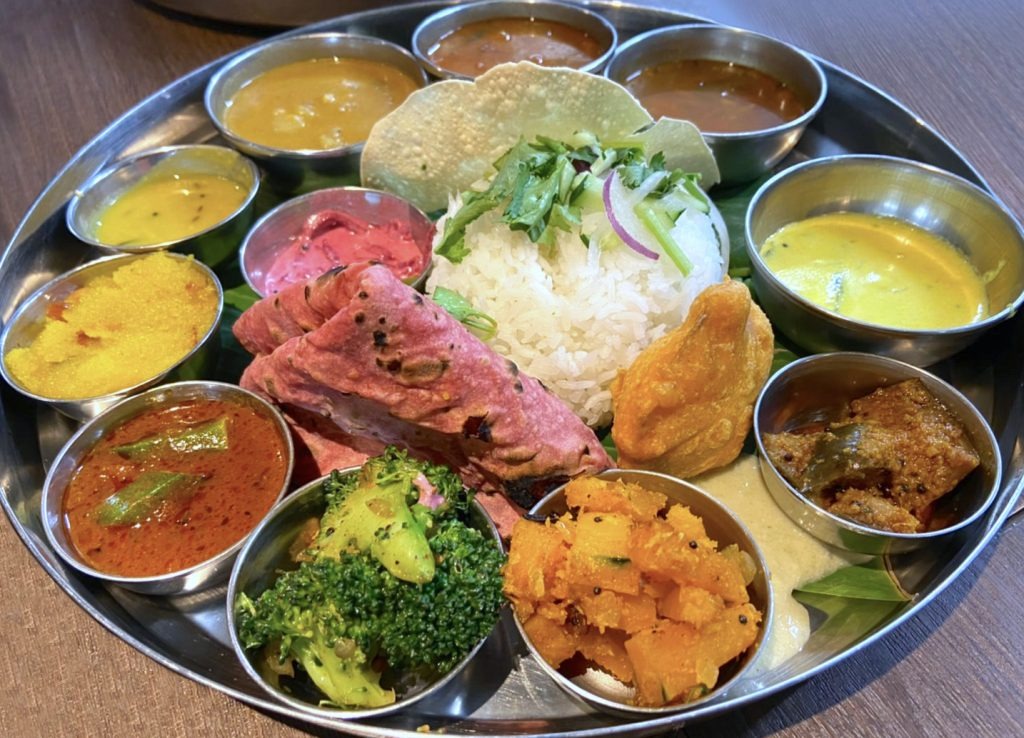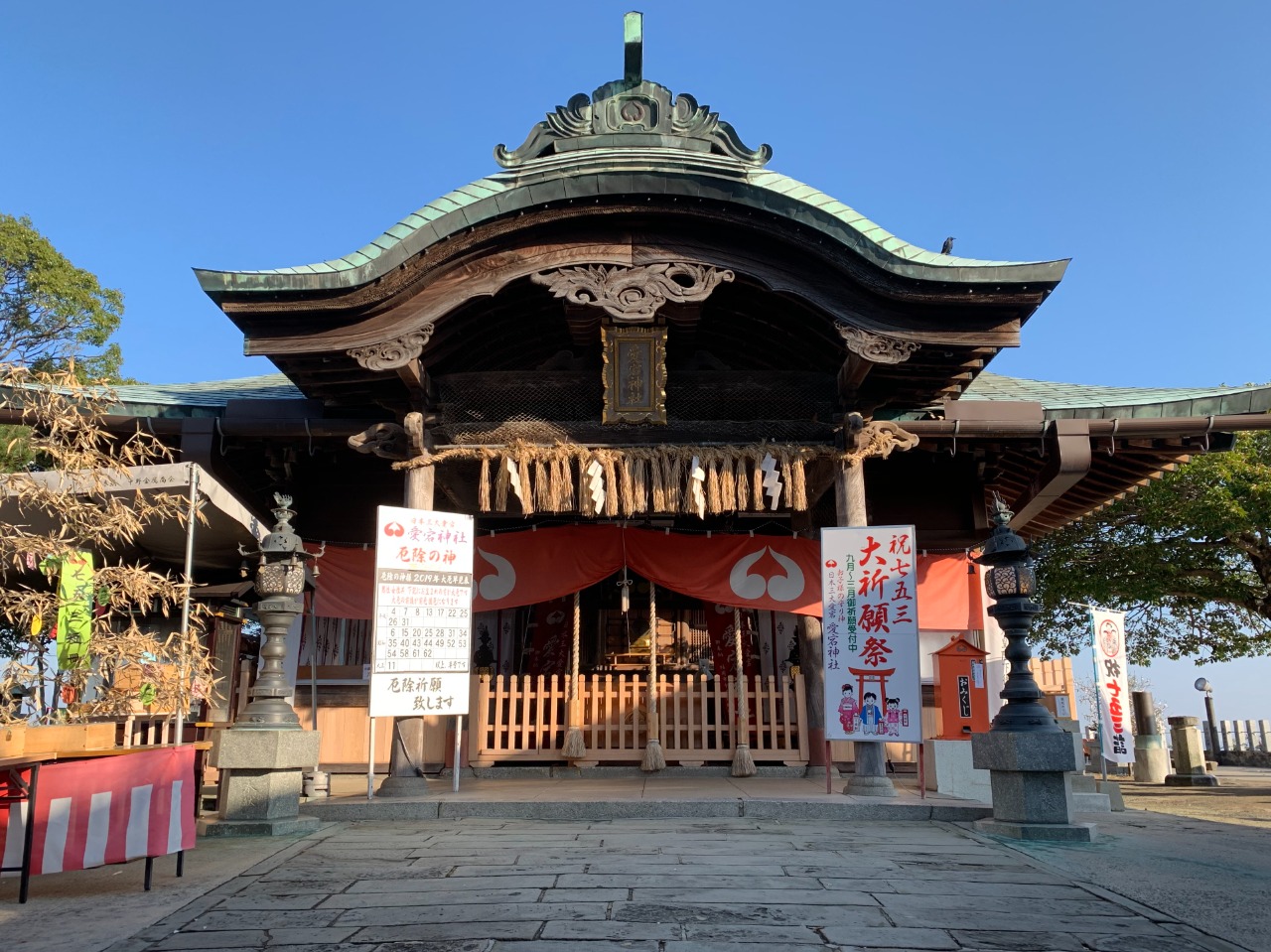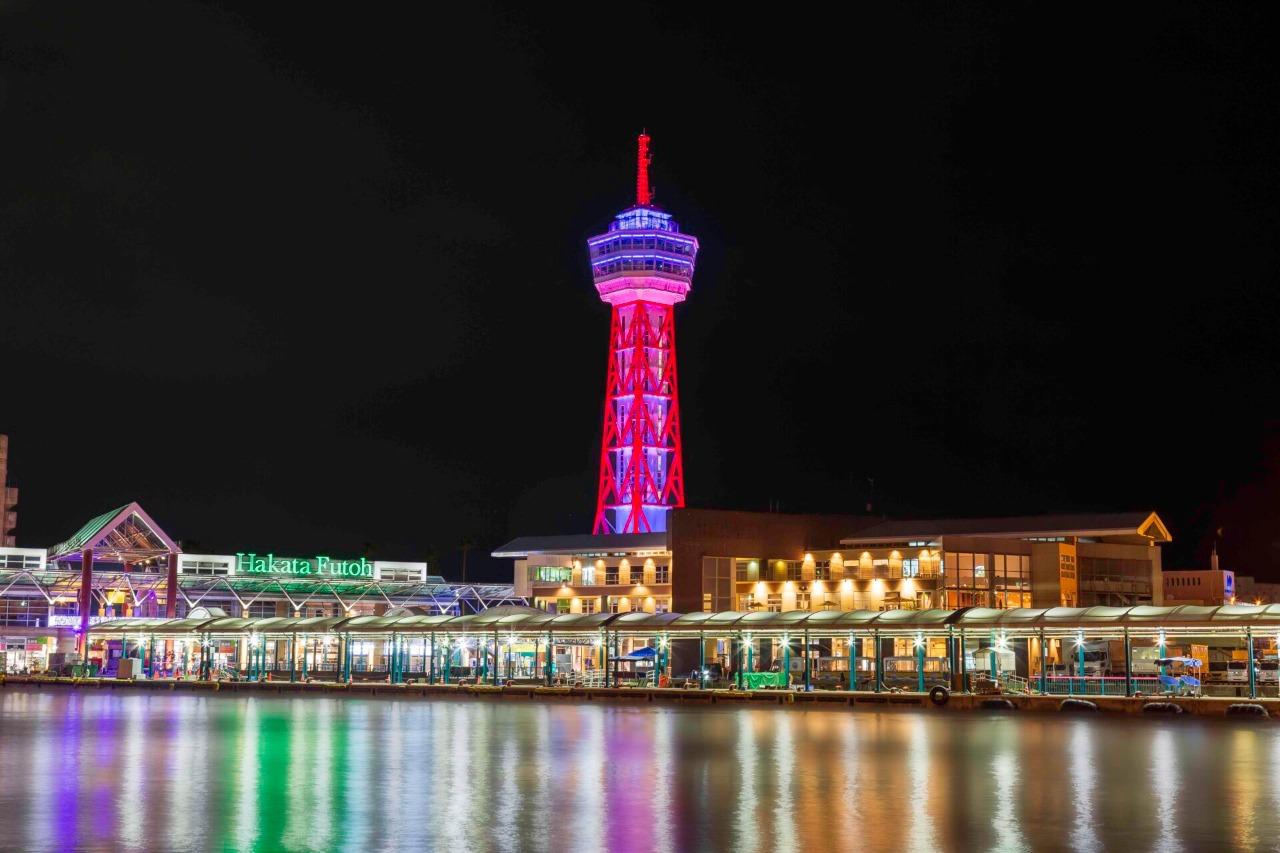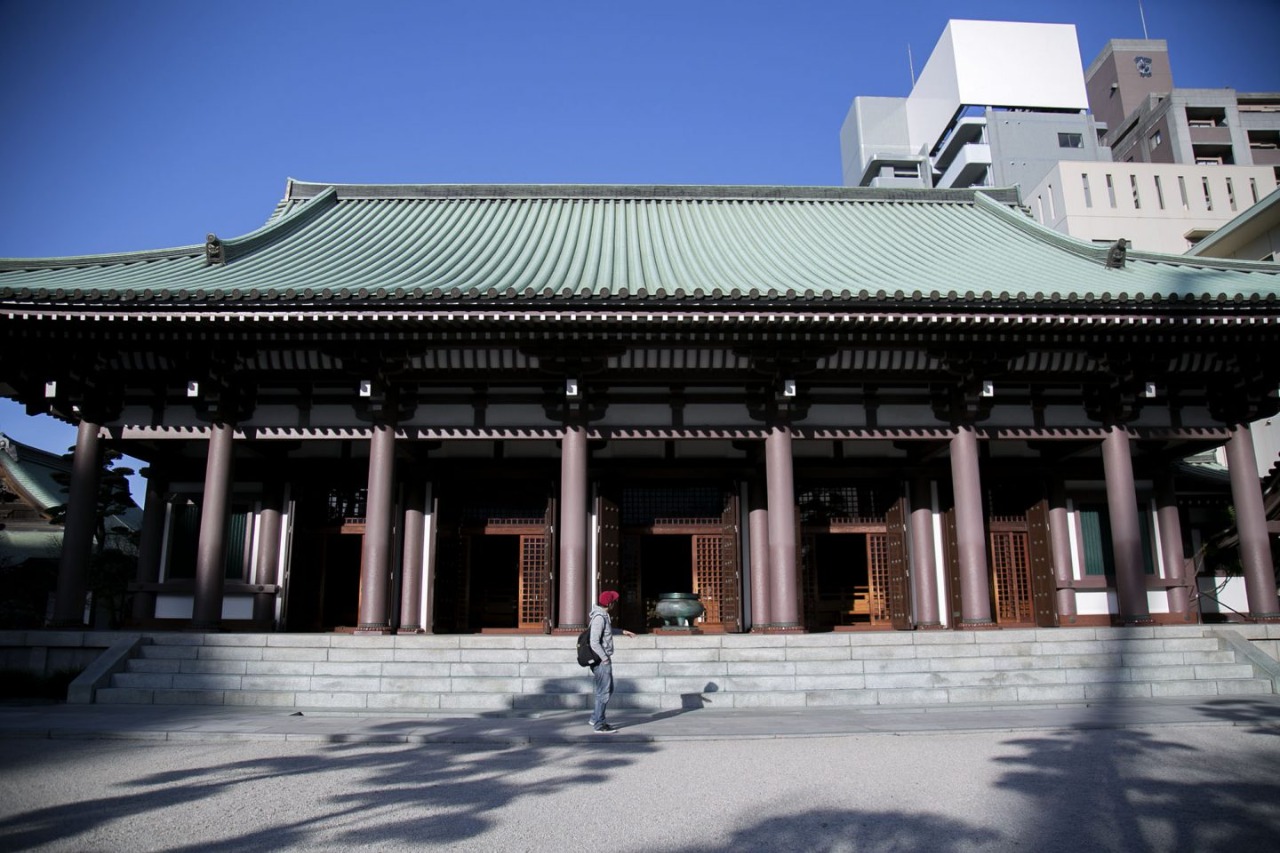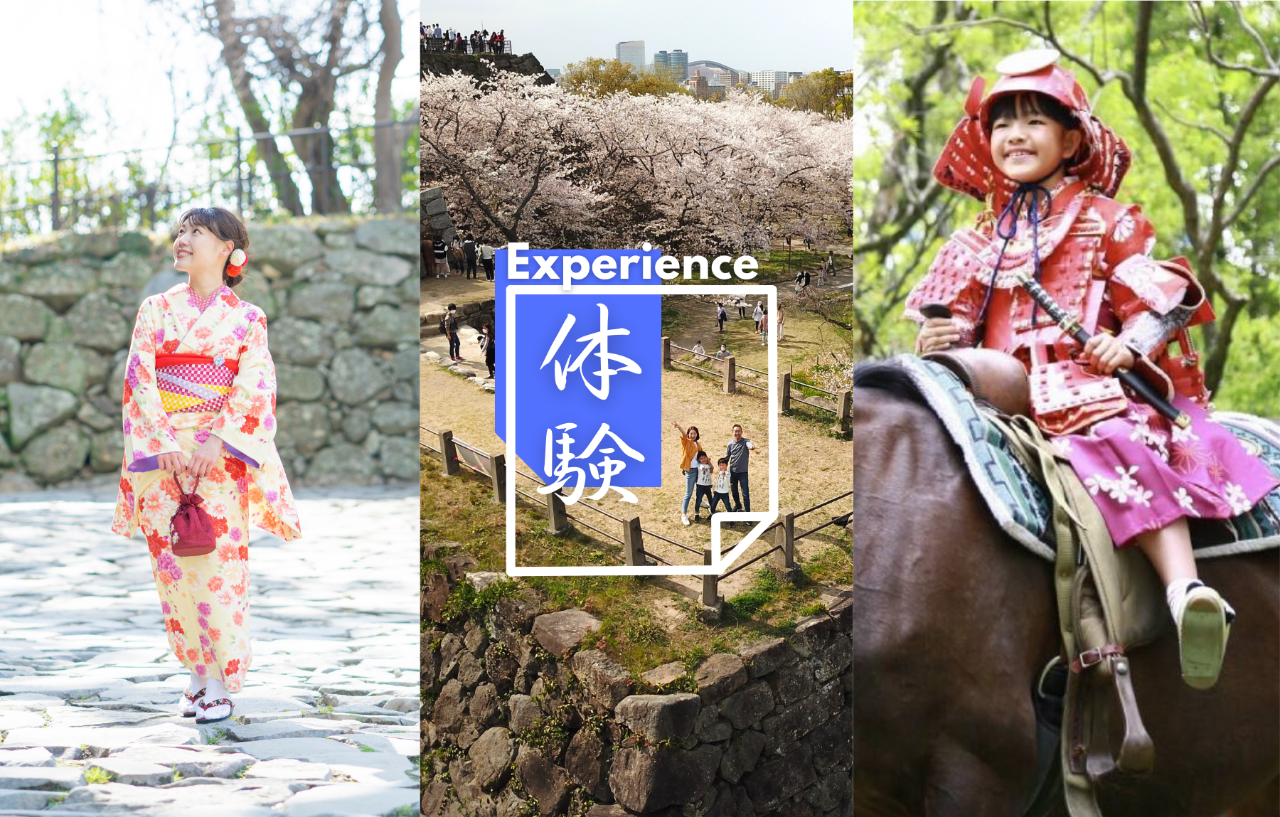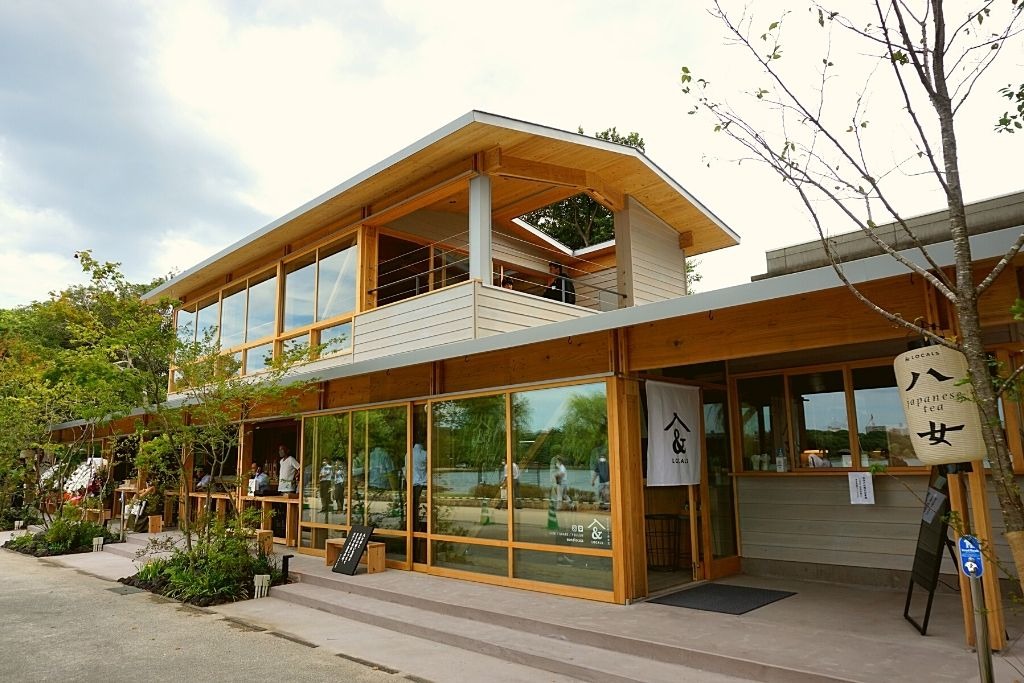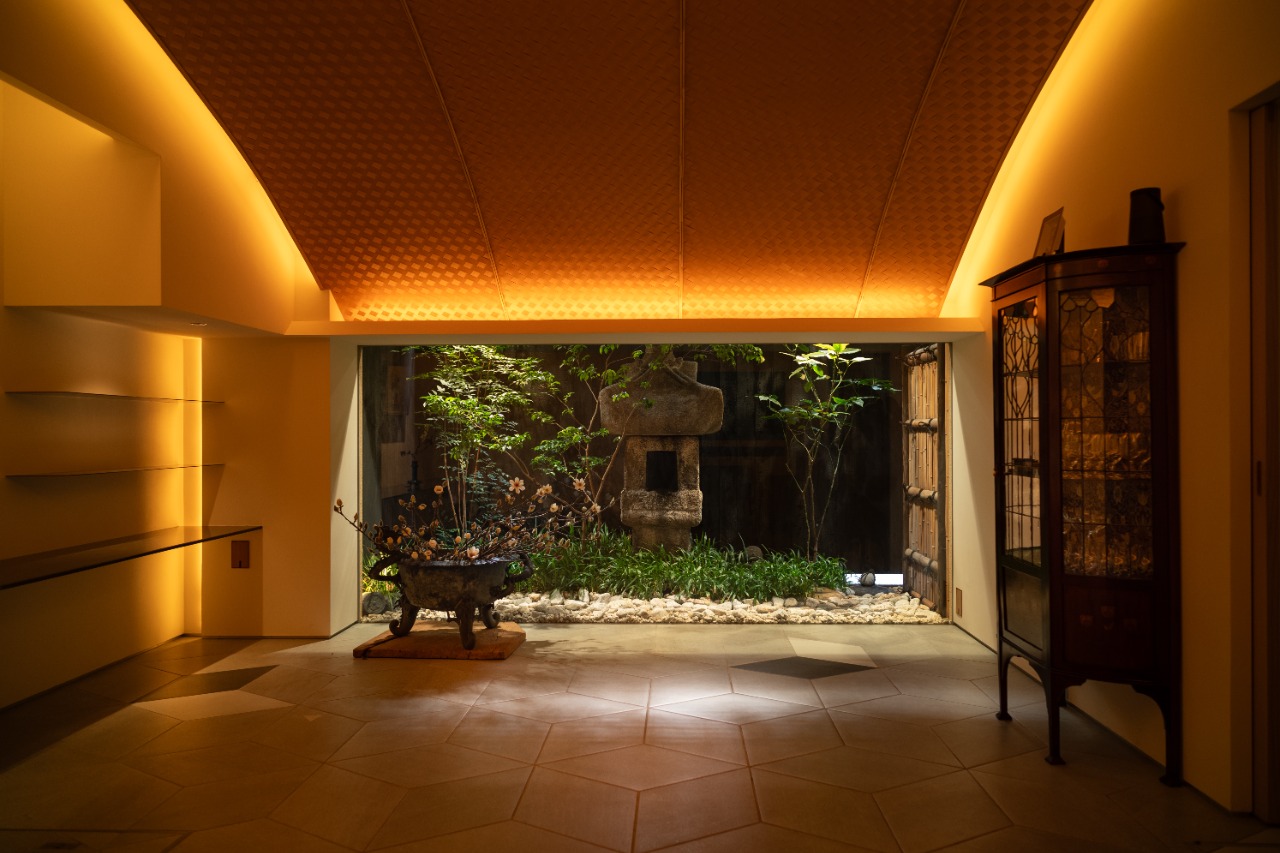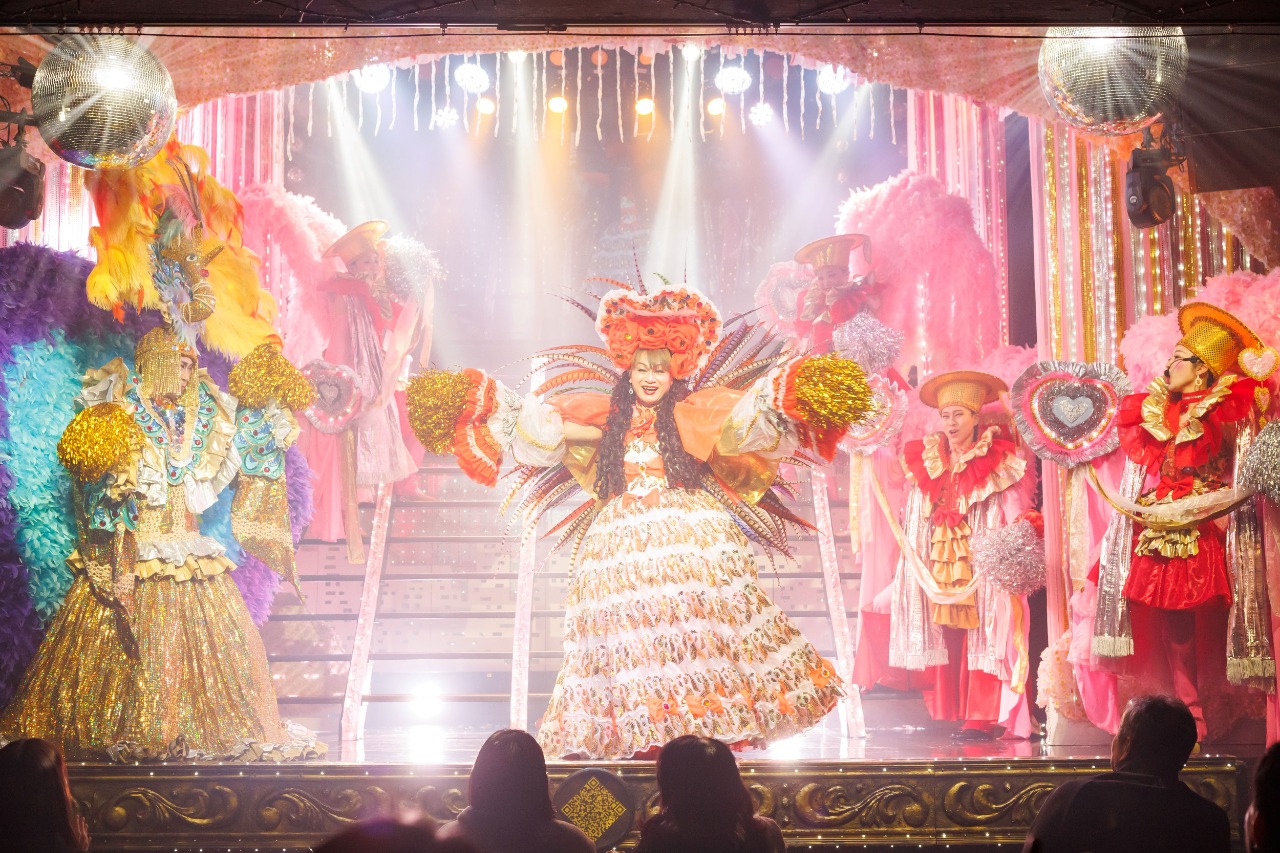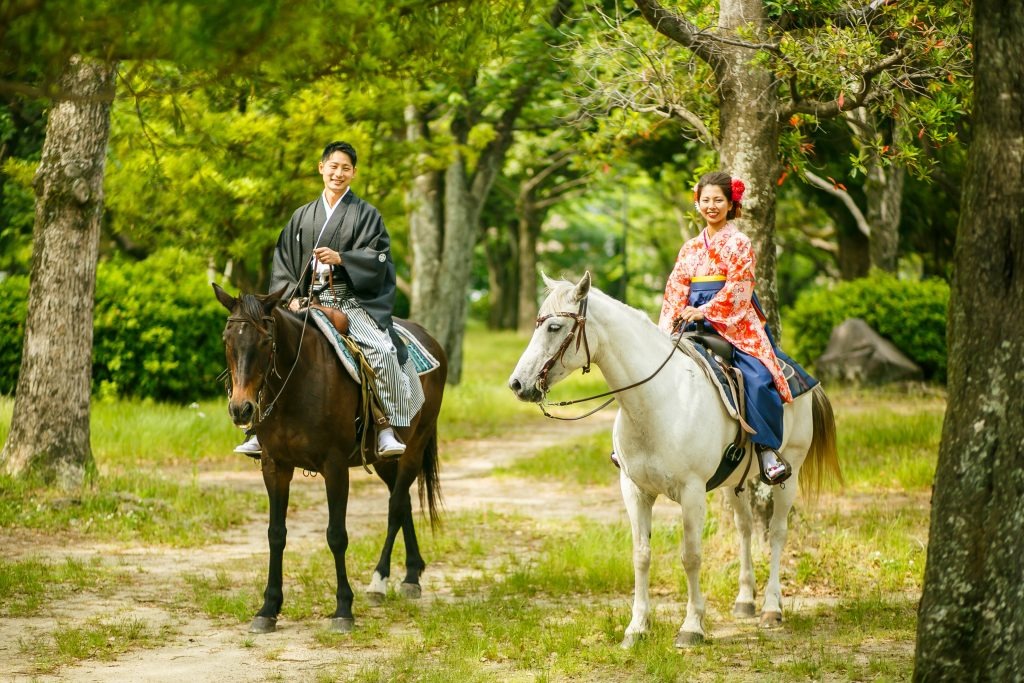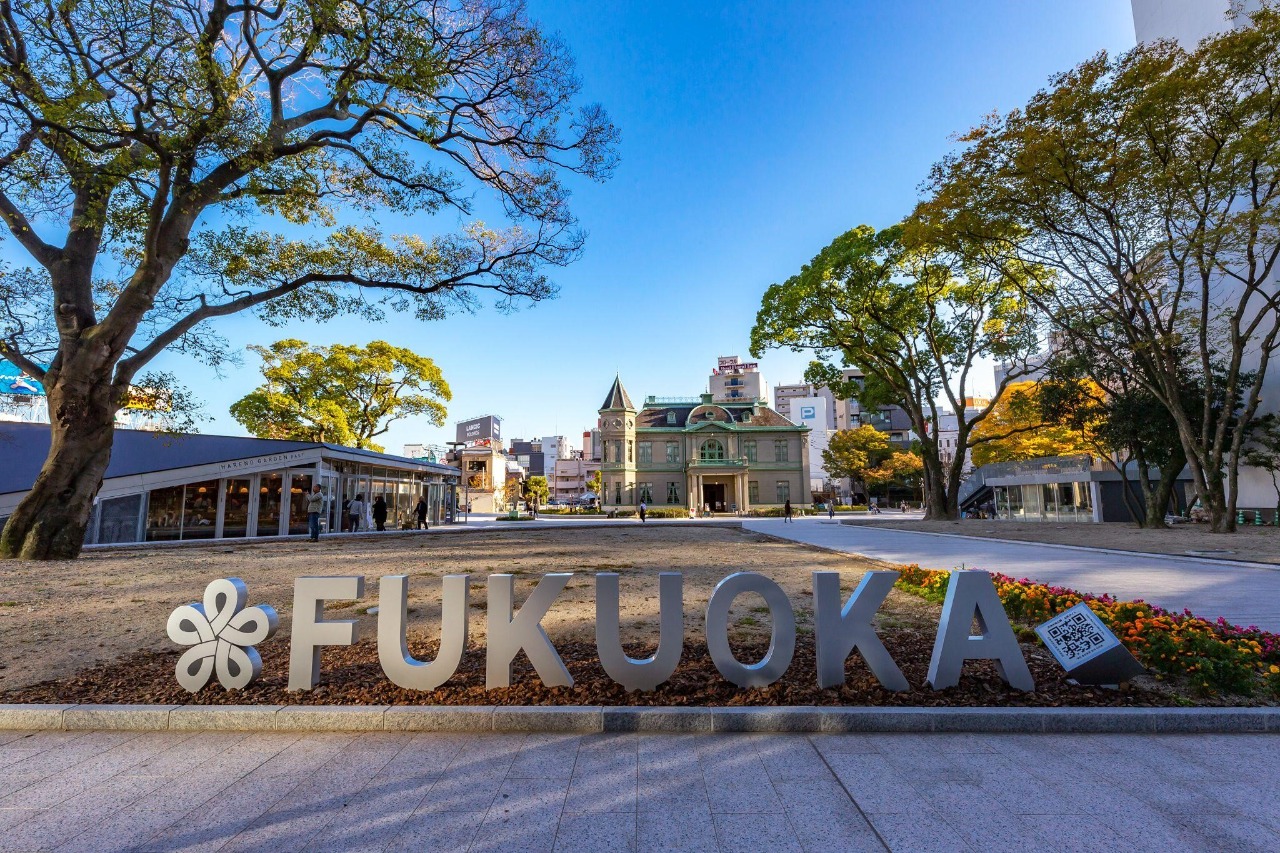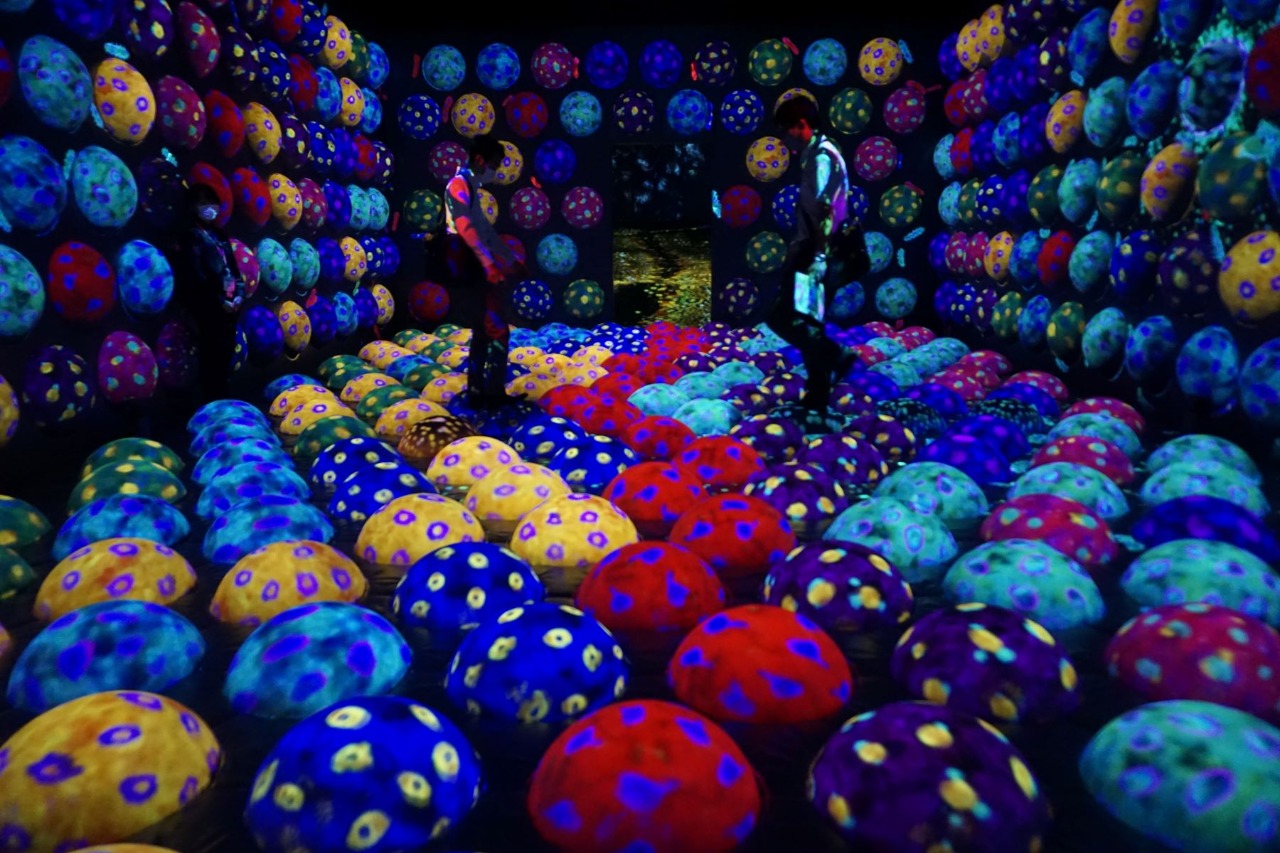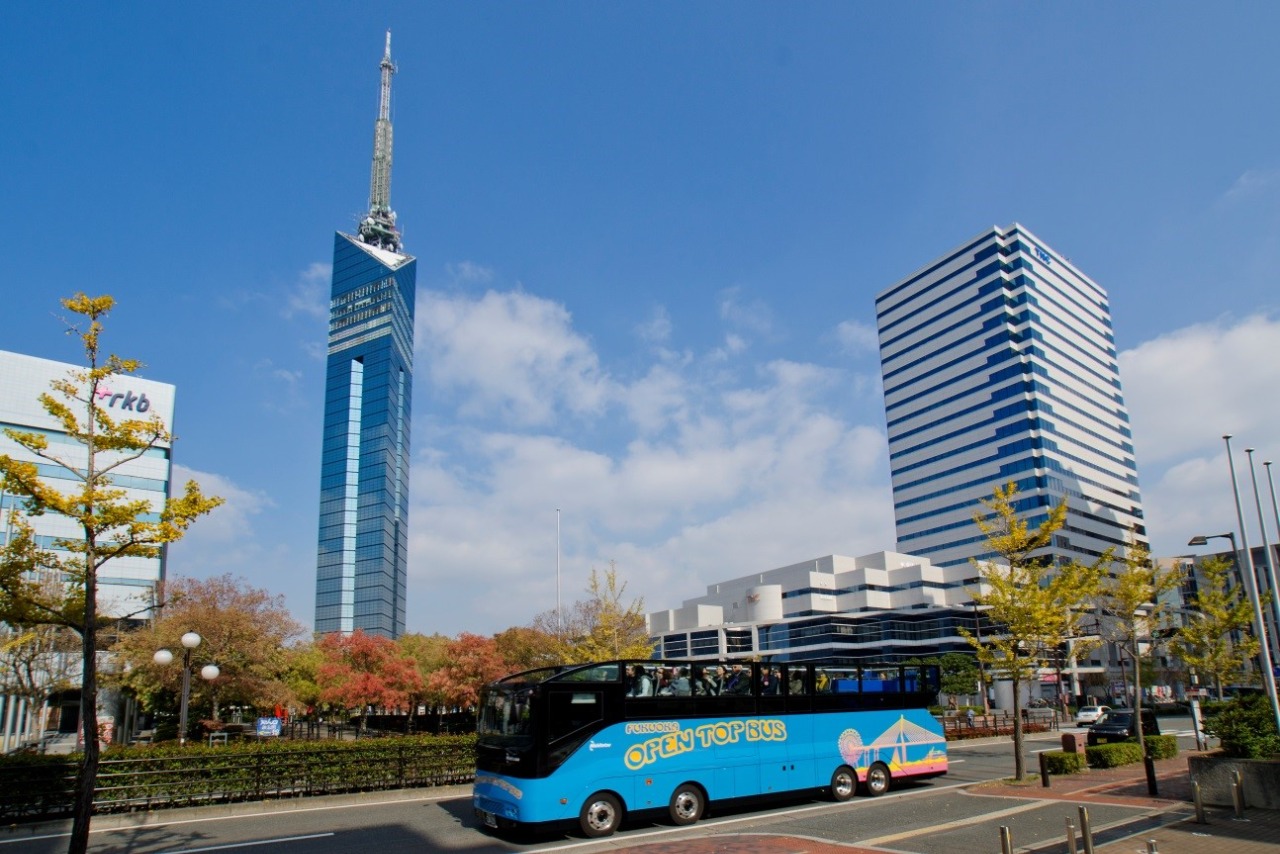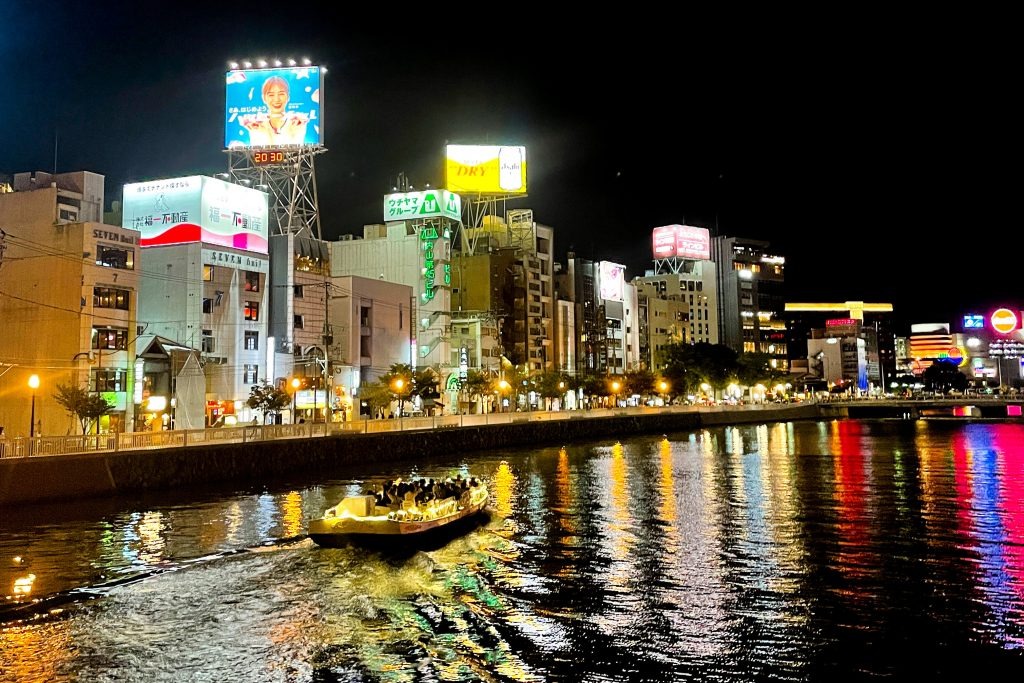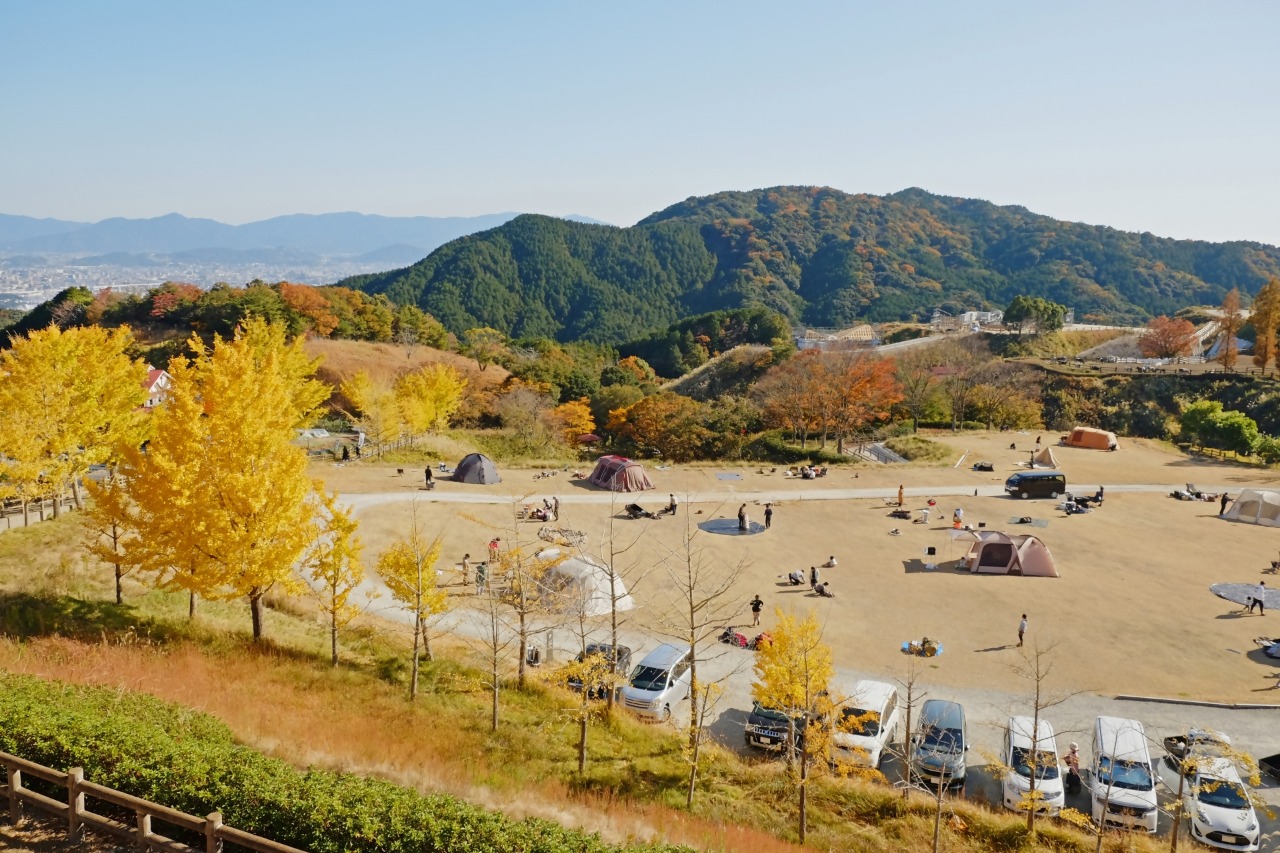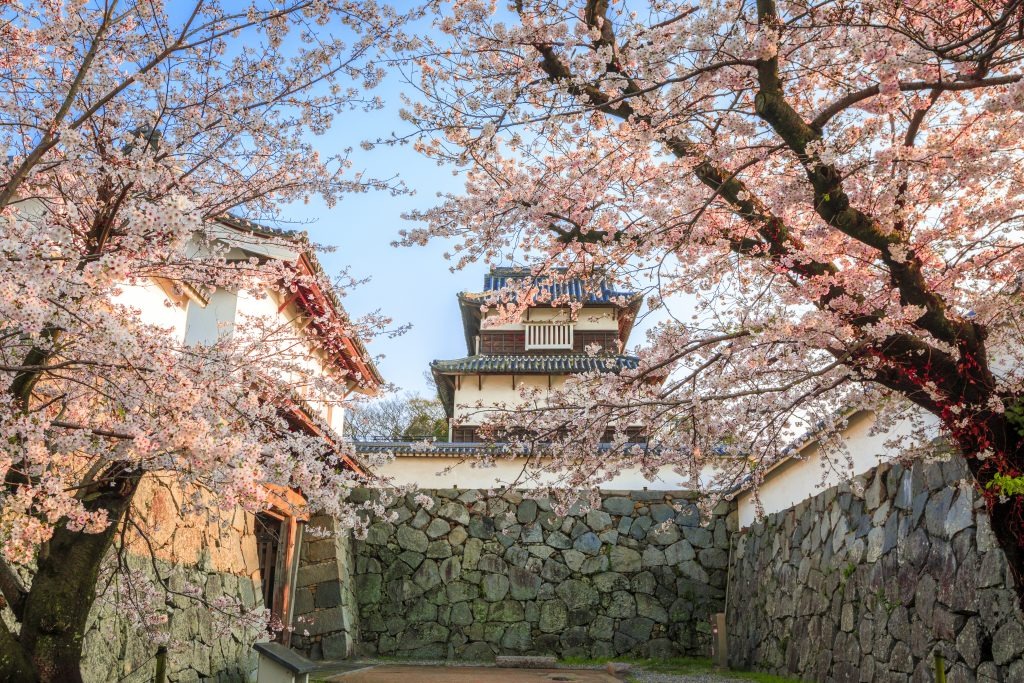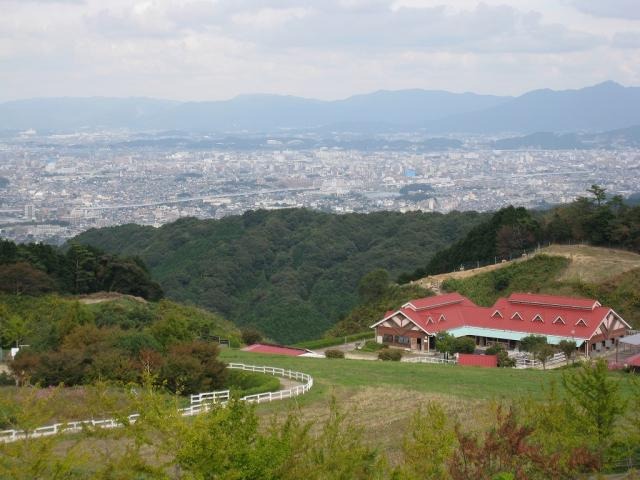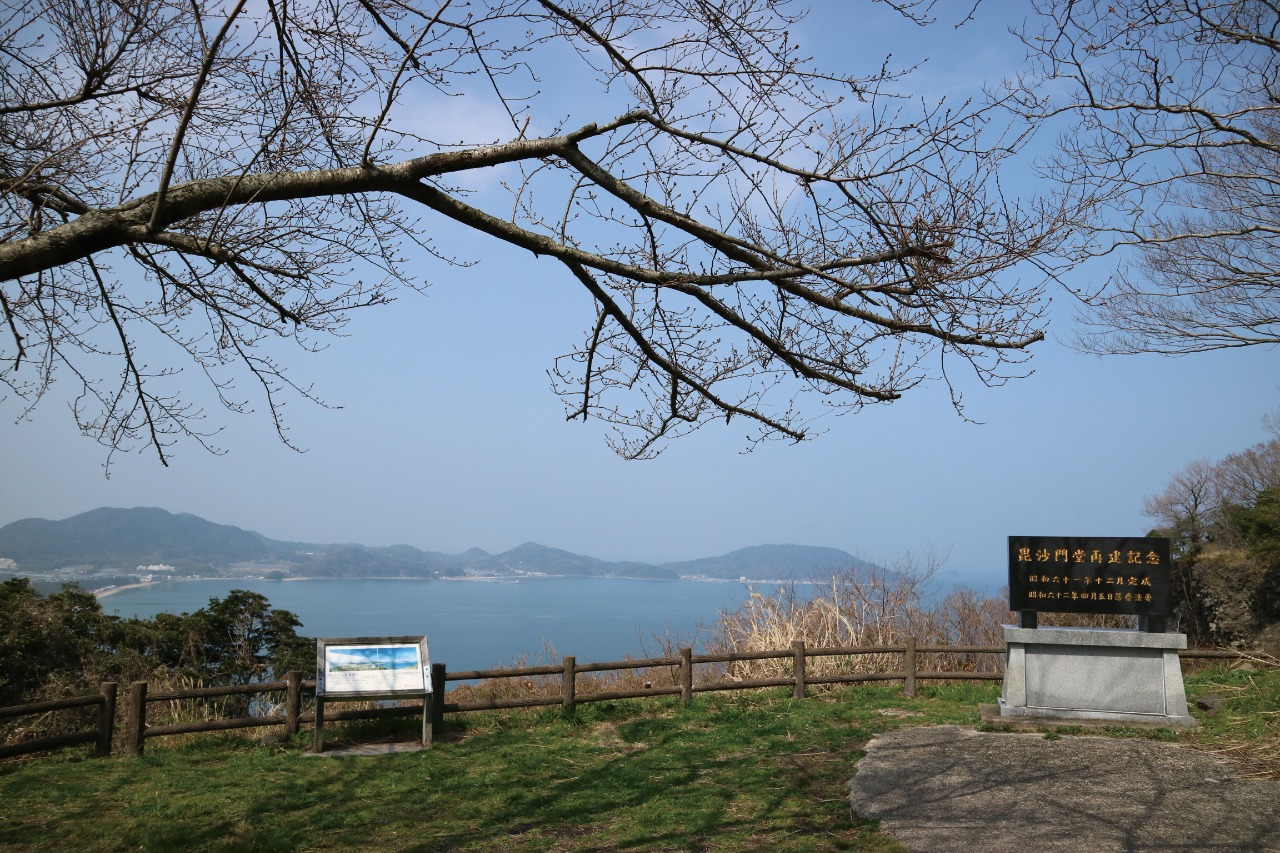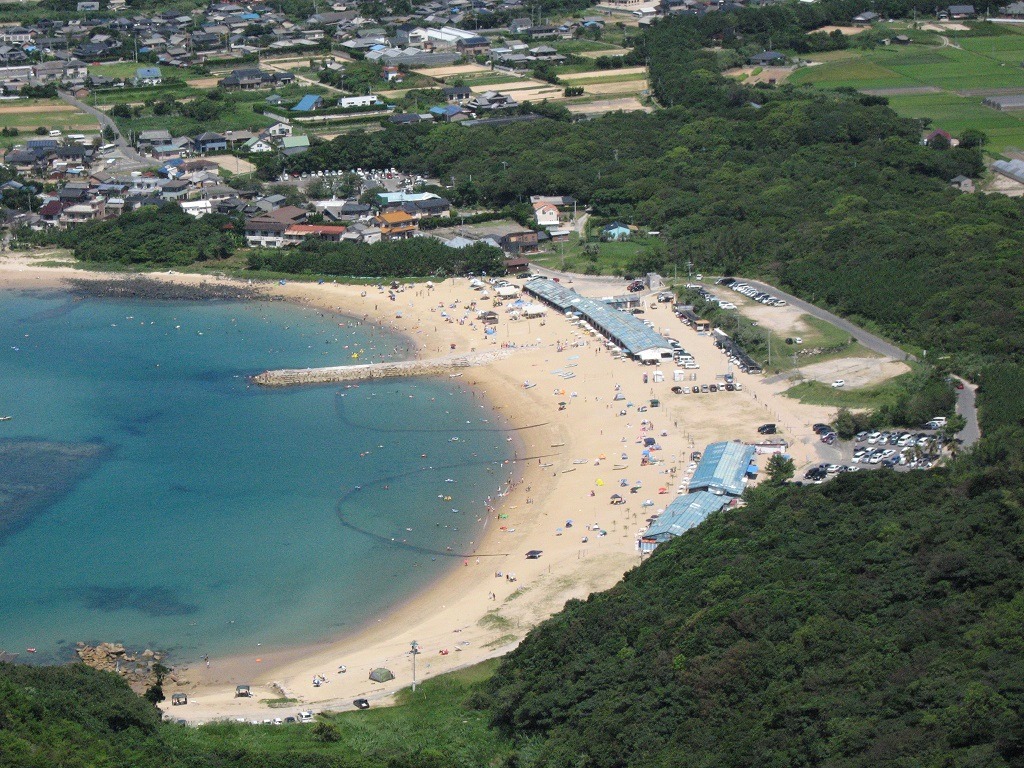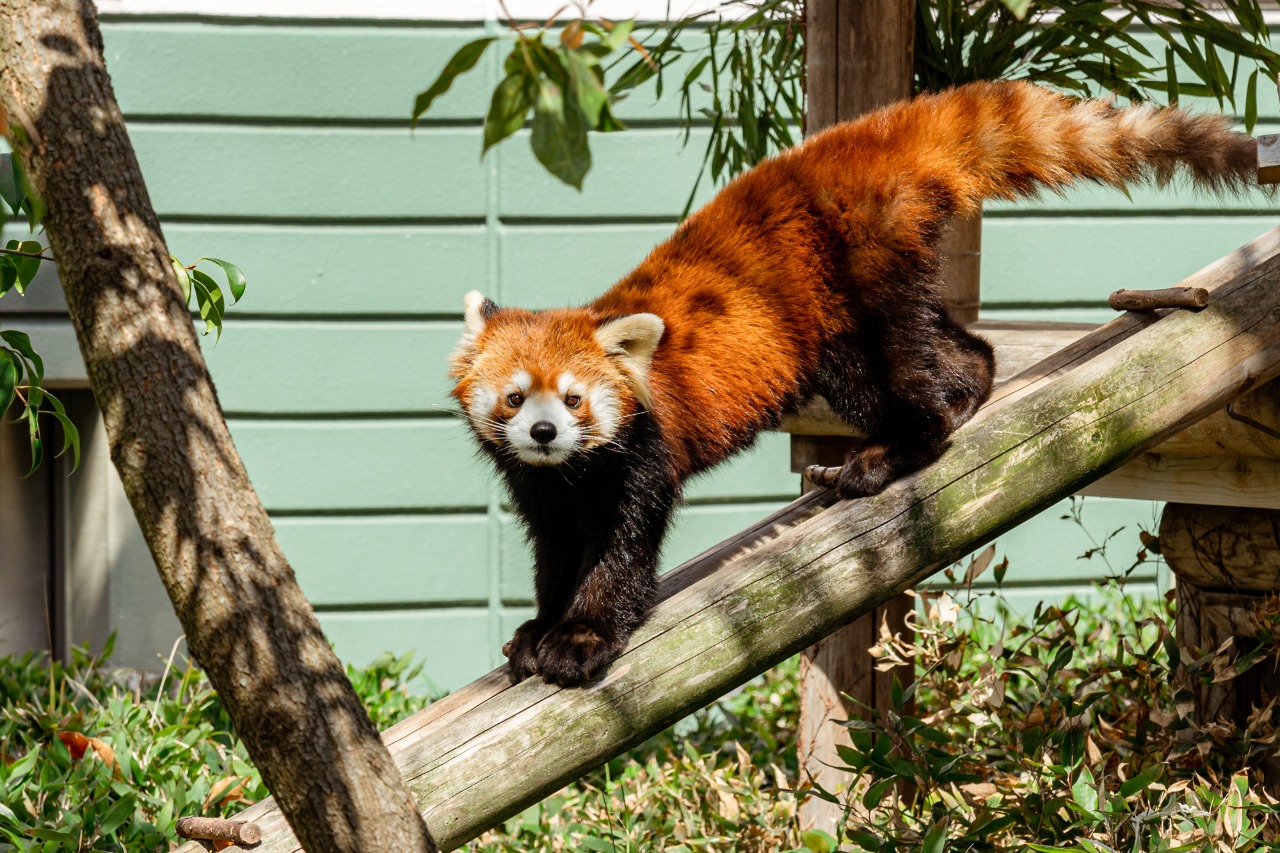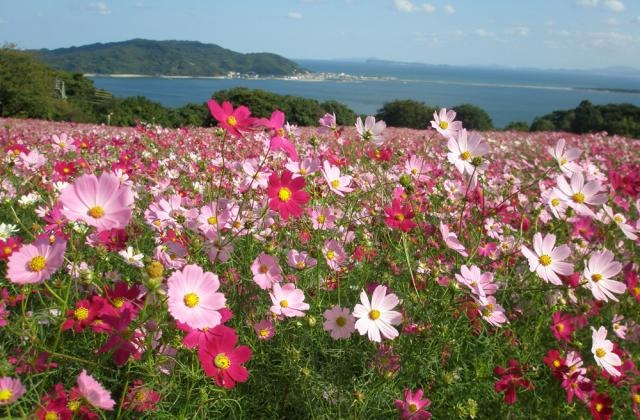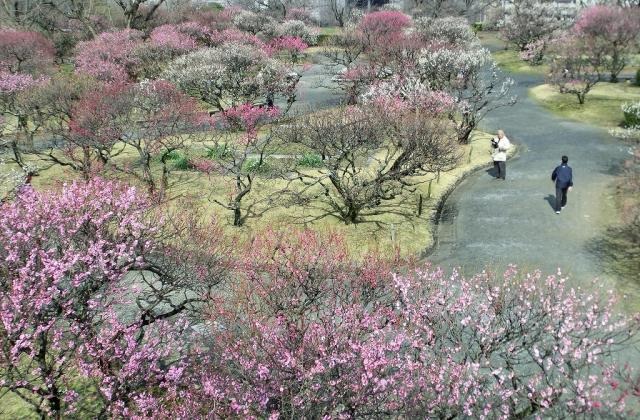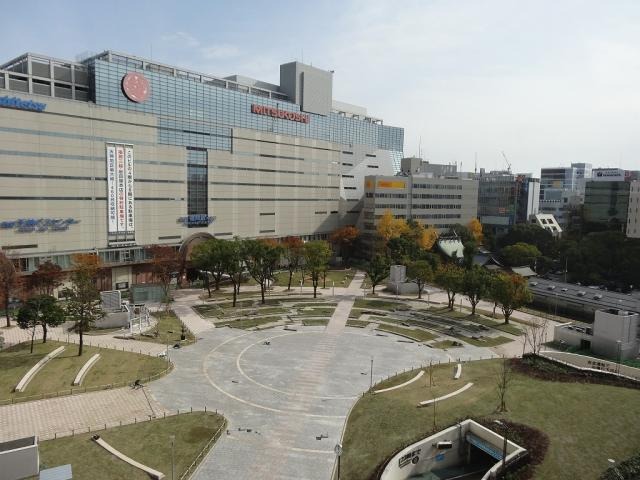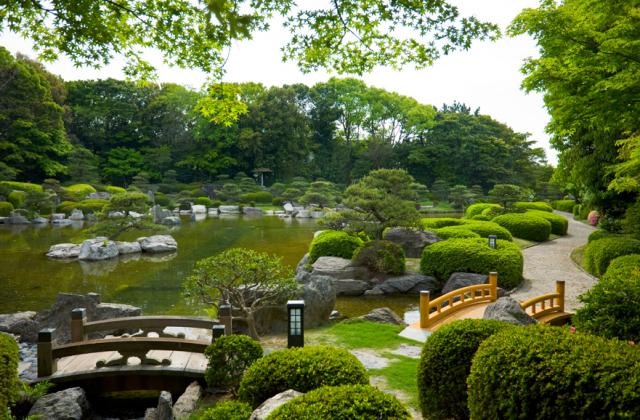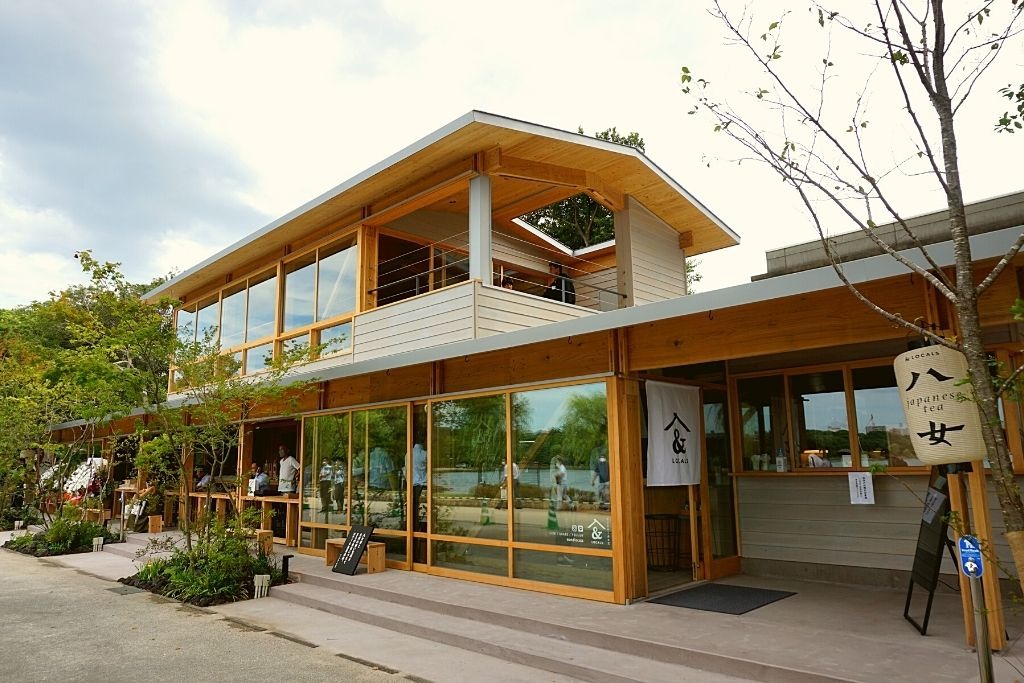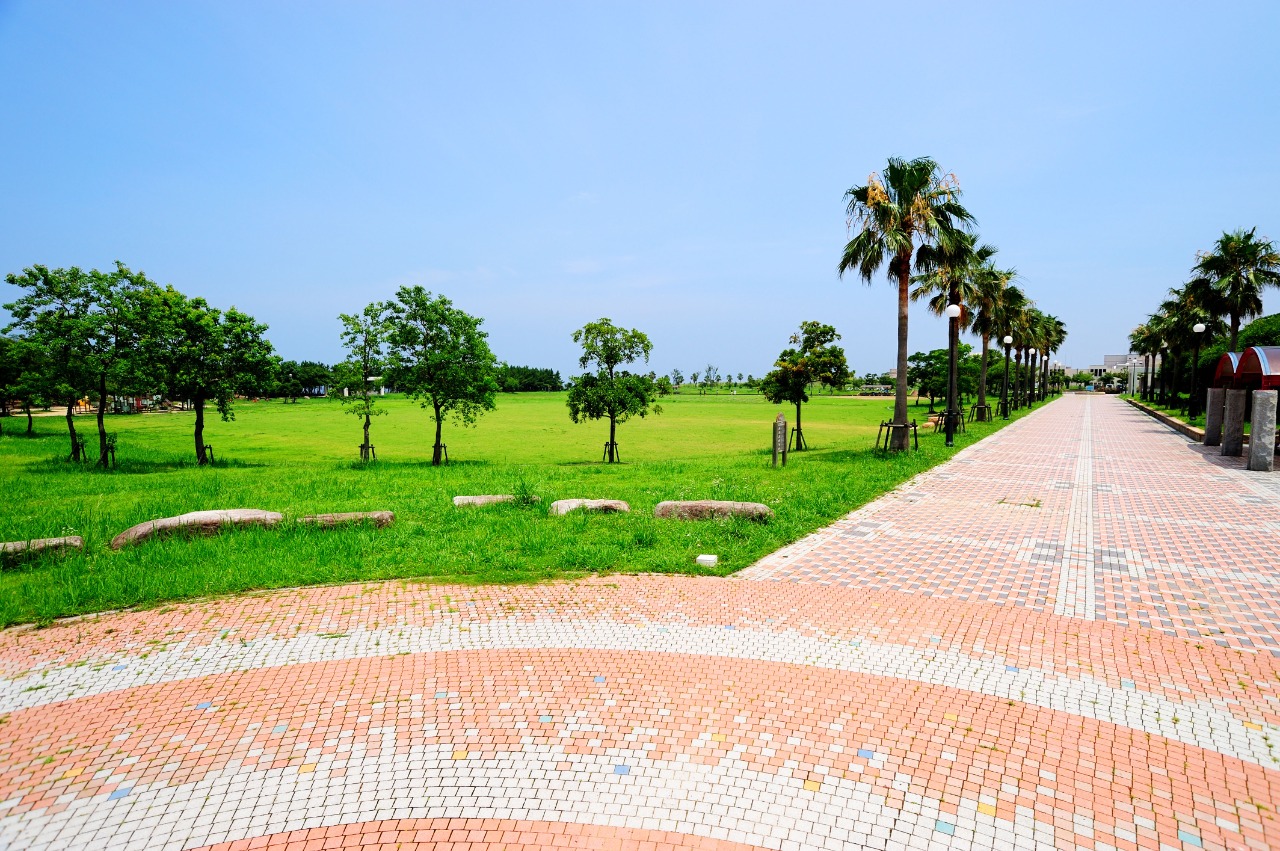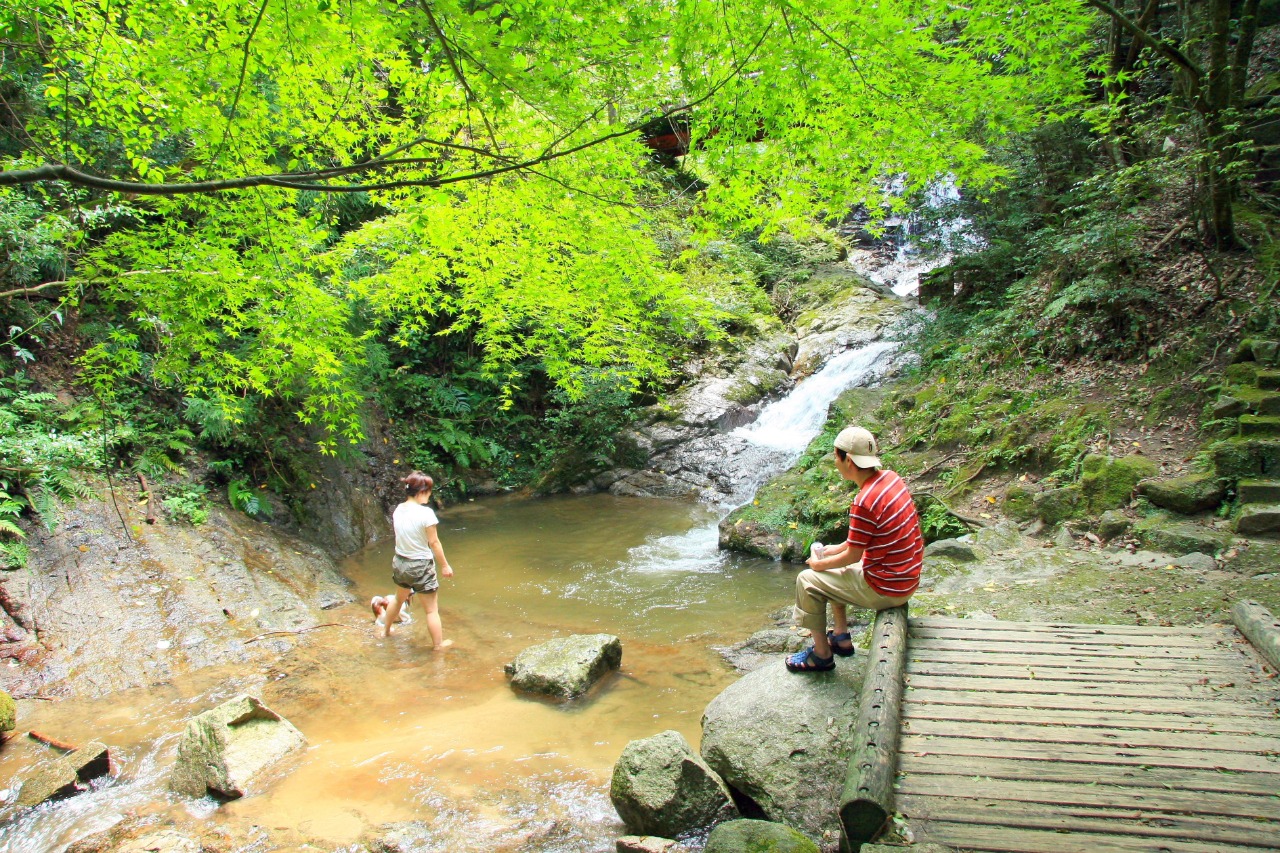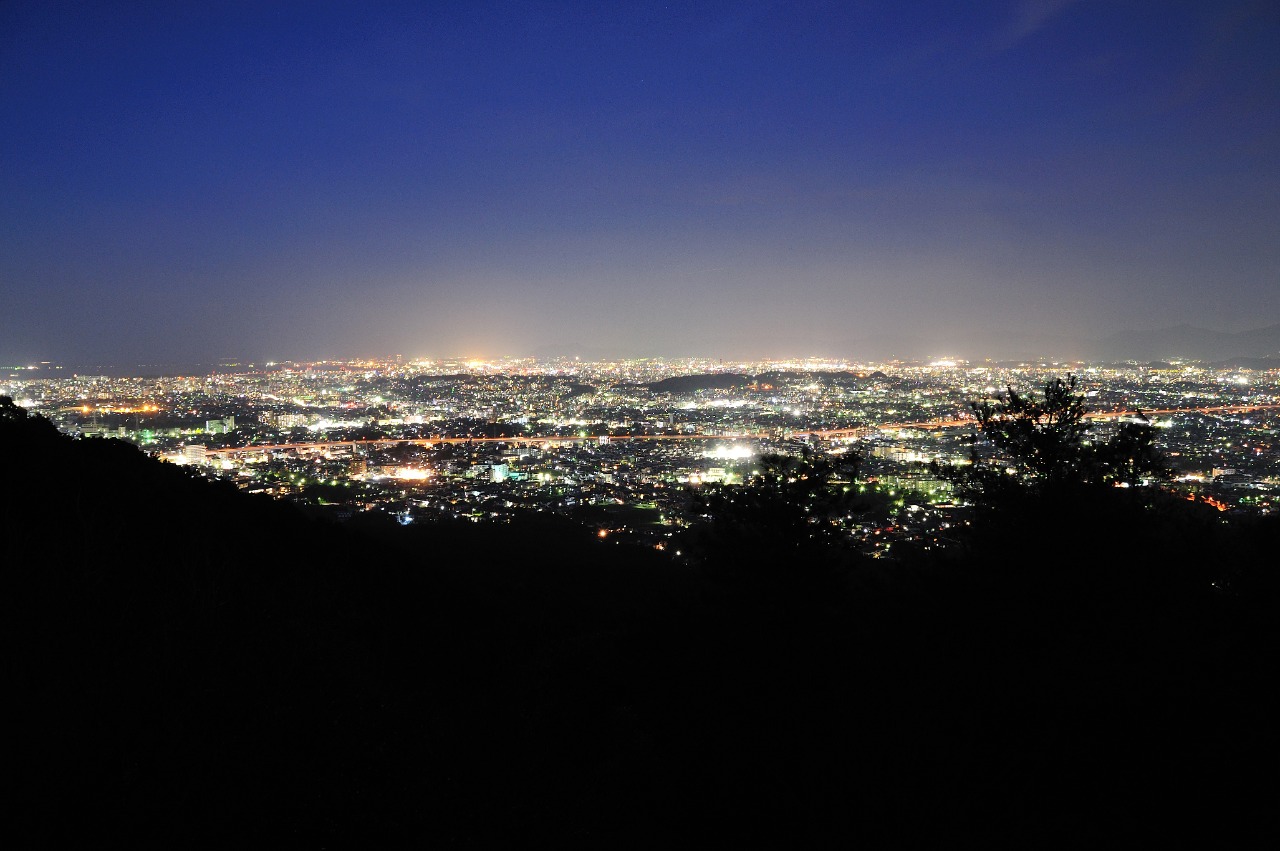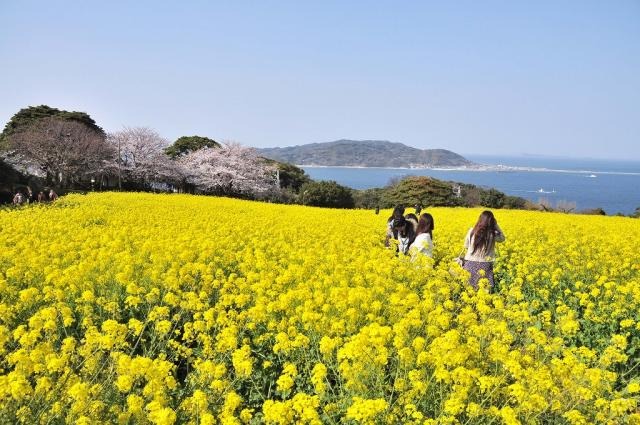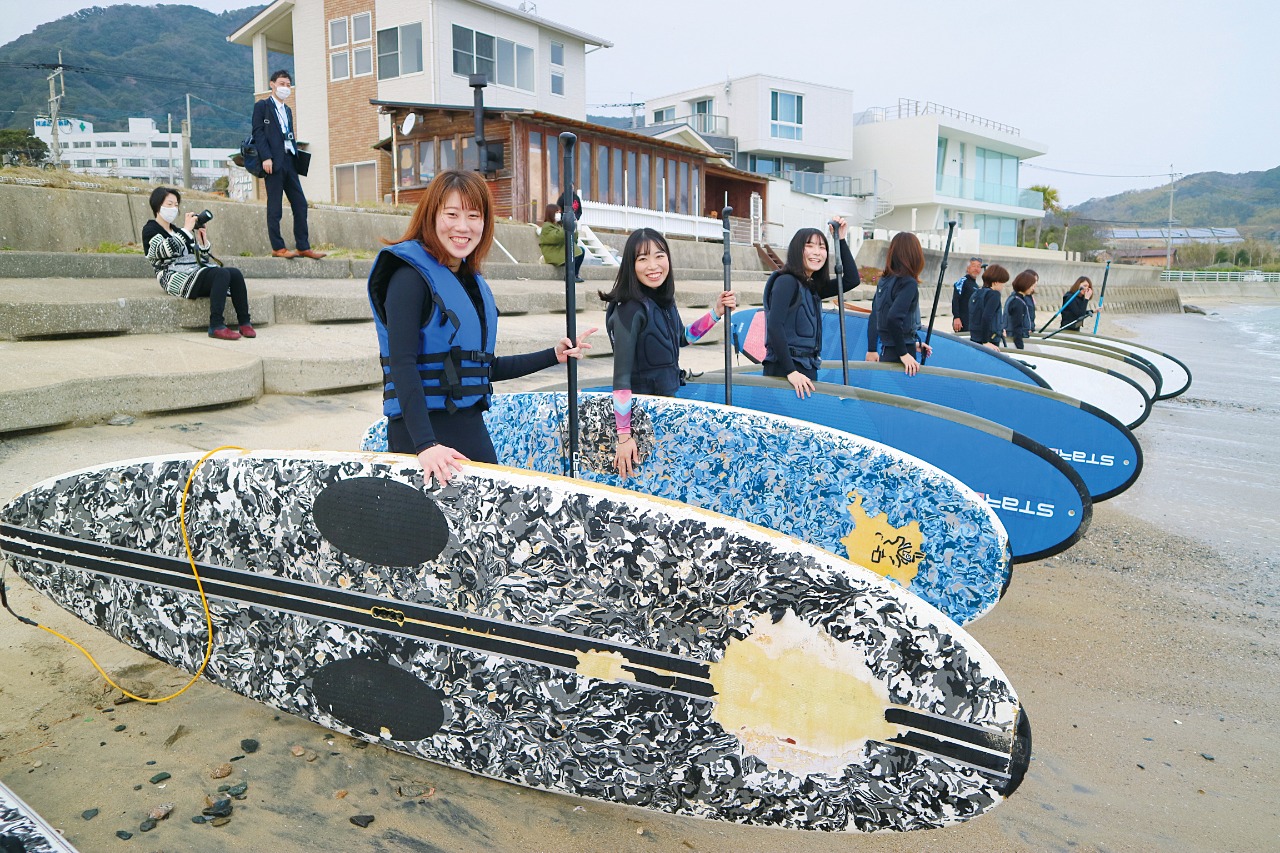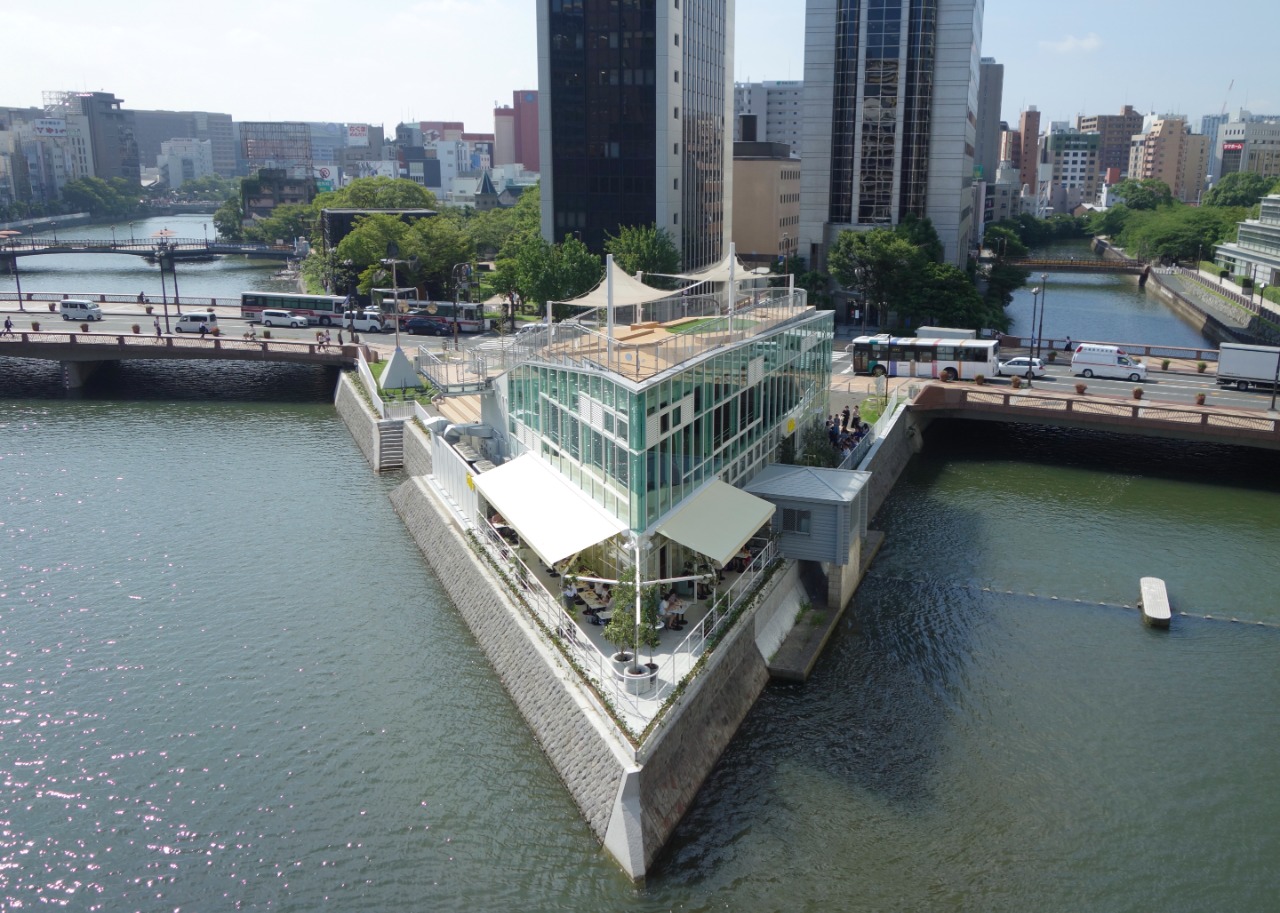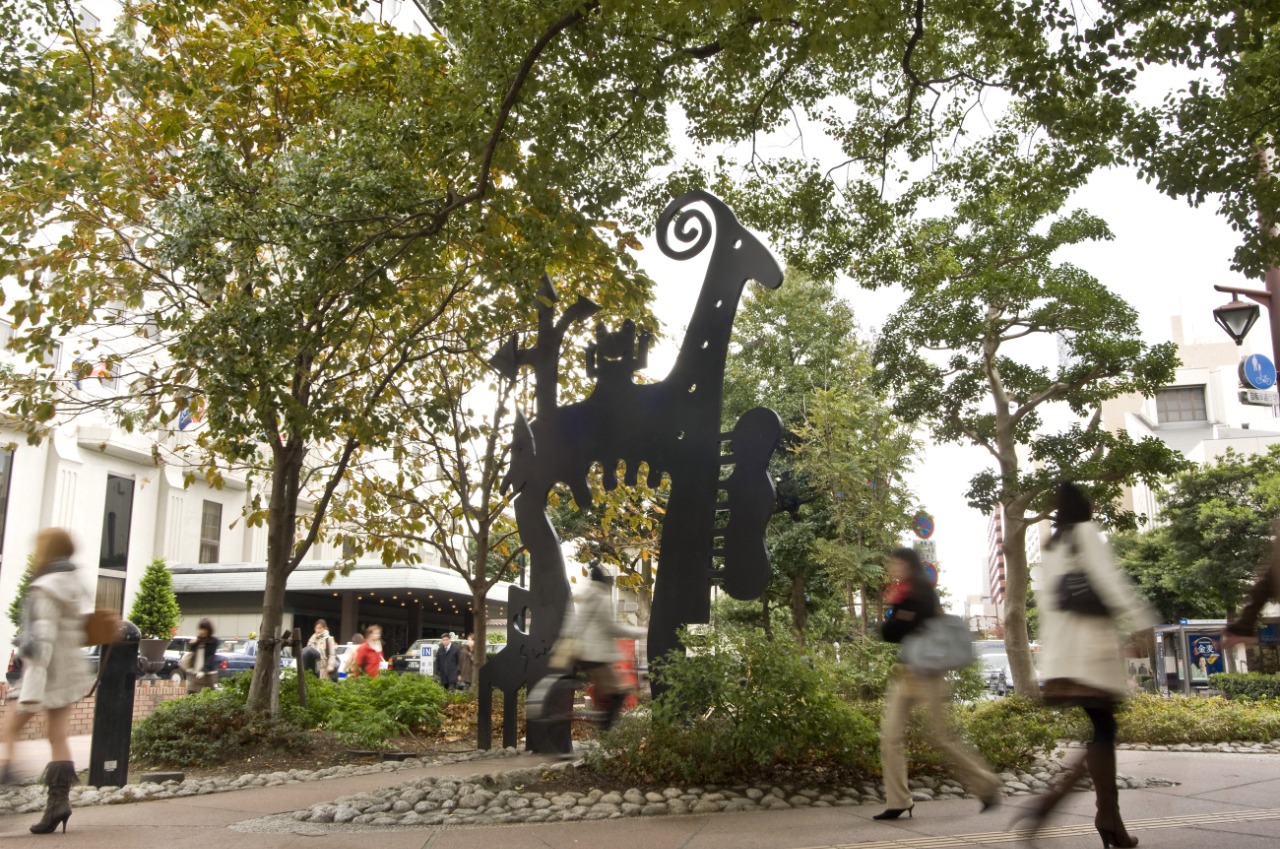Blossoming Wonders: Uncover Fukuoka's Best Cherry Blossom Spots and Hanami Tradition
The cherry blossoms, heralding the arrival of spring, are a fleeting spectacle, blooming for just about two weeks. Despite their brief presence, they are deeply cherished by the Japanese, embodying a long-awaited celebration of nature's transient beauty. This article delves into the cherished tradition of hanami, or flower viewing, a quintessential Japanese springtime activity. It offers insights into the enjoyment of this cultural practice, traces its historical roots, and highlights the top cherry blossom spots in Fukuoka City.
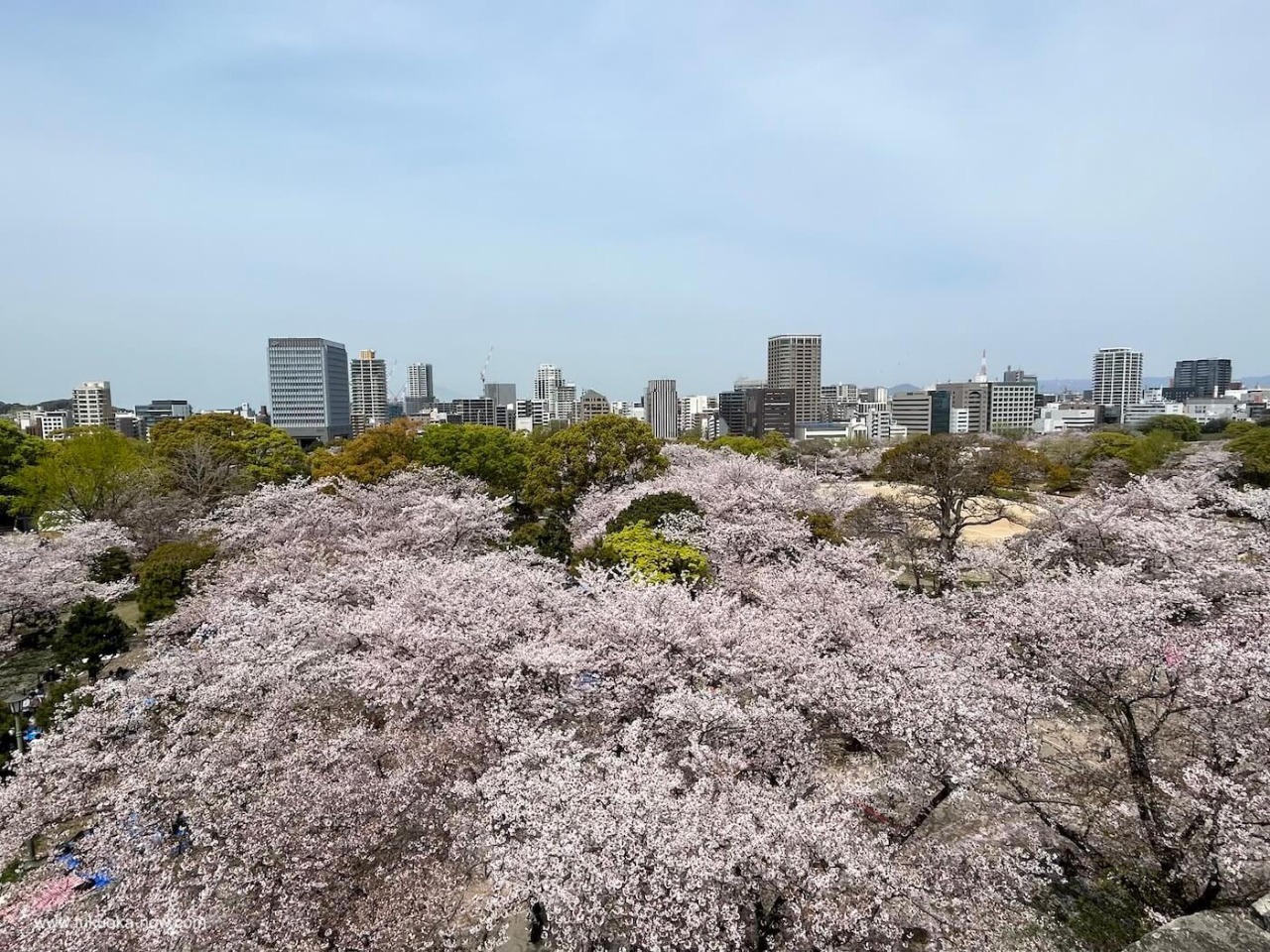
maizurupark
Exploring the Delights of Cherry Blossoms
From the ides of March to the heart of April, cherry blossoms unfurl their petals in a northward wave across Japan's elongated archipelago. Fukuoka stands out as one of the locales where these blooms make an early appearance, presenting an opportunity to revel in the splendor of sakura ahead of many other regions.
While the simple act of beholding the cherry blossoms is a joy in itself, engaging in hanami offers a more immersive experience. This traditional pastime involves savoring food and drink in the company of the blossoming trees, often with groups of friends or family spread out on mats beneath the canopy of pink and white blooms.
Daytime views of the cherry blossoms are undoubtedly beautiful, but the experience of yozakura, or night-time cherry blossom viewing, is equally mesmerizing. Illuminated by ambient lights, the blossoms take on a magical quality, transforming the viewing experience with a luminous, ethereal glow. Celebratory events often accompany the bloom, featuring everything from illuminated displays to market stalls and live performances, enhancing the festive atmosphere.
Culinary delights are a staple of hanami, with eateries offering special "hanami bento" boxes, brimming with an array of aesthetically pleasing and delectable treats. Iconic seasonal sweets, such as sakura-mochi — mochi rice cakes enveloped in salt-pickled cherry leaves — and sanshoku dango, tri-colored skewered rice dumplings, embody the essence of the cherry blossom season, blending tradition with the joyful spirit of spring.
Tracing the Origins of Hanami
The tradition of hanami has its genesis in ancient China, where it began as a celebration for admiring plum blossoms. This practice was adopted by Japanese aristocracy in the Nara period (8th century), gradually morphing into the cherry blossom viewing that is known and loved today. Cherry blossoms, with their fleeting beauty, herald the arrival of spring and symbolize the transition from the harshness of winter to the renewal of the landscape. They have long held a special place in the hearts of the Japanese, embodying the ephemeral nature of life and the joy of new beginnings.
The cherry tree itself is enveloped in spiritual significance, believed to be a dwelling for the divinity associated with cereal crops. The term "sa" in Japanese represents the spirit of the rice plant, while "kura" is indicative of a sacred space where divine entities are thought to descend. This belief gave rise to a tradition among the agricultural communities, resembling the contemporary practice of hanami, where people gather under the blooming cherry trees to celebrate and pray for a prosperous harvest. This custom underscores the deep connection between the natural beauty of cherry blossoms and the agricultural cycles, intertwining spiritual hope with the tangible beauty of nature.
Recommended Cherry Blossom Spots in Fukuoka
Maizuru Park: A Blossoming Spectacle in Fukuoka City
Maizuru Park is celebrated as one of Fukuoka City's most exquisite cherry blossom destinations. The park is home to approximately 1,000 cherry trees, each year transforming into a breathtaking canvas of pink and white. What makes this spot uniquely captivating is the presence of Fukuoka Castle's ancient stone walls, which stand in harmonious contrast with the delicate cherry blossoms, creating a picturesque blend of history and natural beauty.
As evening falls, the park undergoes a magical transformation with illuminations that highlight the cherry blossoms against the night sky, adding a fantastical glow to the already stunning scenery. The much-anticipated "Fukuoka Castle Sakura Festival" further enlivens the atmosphere with an array of stalls and live stage performances, drawing visitors into a festive celebration of spring.
Historically, this site holds a significant place in the local culture, as it is reputed that Kuroda Kanbe, the esteemed founder of the Fukuoka domain, pioneered the tradition of cherry blossom viewing in the wild here. This blend of rich history, cultural significance, and natural beauty makes Maizuru Park a must-visit destination for anyone seeking to experience the iconic Japanese cherry blossom season in full glory.
Minami Park: A Family-Friendly Cherry Blossom Haven
1-1 Minami-koen, Chuo-ku, Fukuoka
Minami Park, renowned for its spectacular cherry blossoms, is perched atop a hill, offering more than just picturesque views. This park is distinguished by its inclusive family-friendly attractions, including a municipal zoo and botanical garden, which appeal to visitors of all ages. Although the zoo and botanical garden have an admission fee, the park itself boasts an abundance of cherry trees in areas that are freely accessible to the public, allowing everyone to enjoy the blooming splendor without any cost.
The park is nestled in a tranquil residential neighborhood, where the calm and peaceful ambiance is complemented by the presence of churches, chic restaurants, and boutique shops, making it an ideal locale for leisurely walks and relaxation. Adding to the area's charm are streets steeped in history, such as "Josui Dori" (Water Purification Street) and "Sakurazaka" (Cherry Blossom Hill), names that reflect the area's heritage and its connection to the natural beauty of cherry blossoms. This blend of botanical richness, recreational facilities, and historical resonance makes Minami Park a standout destination for both residents and visitors looking to celebrate the cherry blossom season in a family-friendly setting.
Nishi Park: A Cherry Blossom Gem in the Heart of Fukuoka
13 Nishi-koen, Chu-ku, Fukuoka
Situated centrally in Fukuoka City and overlooking the scenic Hakata Bay, Nishi Park stands out as a prime location for cherry blossom enthusiasts. The park's elevated terrain is adorned with approximately 1,300 cherry trees, bursting into vibrant bloom each spring. This impressive display has rightfully earned the park a spot among Japan’s top 100 cherry blossom viewing locations. Visitors to the park can enjoy sweeping views of Hakata Bay from the observatory, making it a favored spot for both locals and tourists seeking the perfect blend of natural beauty and urban scenery.
Within the park's bounds lies Terumo Shrine, a spiritual haven dedicated to the lords of the Kuroda clan, known for a distinctive feature: a crane sound that emanates when visitors offer money. This unique characteristic adds a touch of enchantment to the shrine, enriching the cultural experience of visitors.
The park's history is deeply intertwined with its geographical setting; its base once functioned as a departure point for international voyages, hence the enduring name "Minato," meaning "Port." This historical backdrop, combined with the park’s stunning floral display and cultural landmarks, makes Nishi Park an exceptional destination for those wishing to immerse themselves in Fukuoka’s rich heritage and the timeless beauty of cherry blossoms.
Atago Shrine: A Panoramic Cherry Blossom Sanctuary
2-7-1 Atago, Nishi-ku, Fukuoka
Nestled atop Mount Atago, the area surrounding Atago Shrine is celebrated for its impressive collection of approximately 2,000 cherry trees. These trees are not just admired for their stunning beauty; they are also revered by the local populace as bearers of good fortune and joy. The diversity of cherry tree varieties planted here ensures a prolonged blossoming period, typically spanning from mid-March to mid-April, providing ample time for visitors to partake in the splendor of the season.
The shrine's elevated position offers an expansive panoramic view, encompassing the tranquil Hakata Bay and the dynamic Fukuoka cityscape. This vantage point becomes even more mesmerizing during the evening when the cherry blossoms are illuminated, creating a magical interplay of light and flowers against the backdrop of Fukuoka’s night sky. This enchanting scene is a major draw for both locals and tourists, enhancing the serene and spiritual atmosphere of the shrine.
Each year, the Atago Shrine becomes a focal point of celebration with the "Atago Cherry Blossom Festival," an event that invites visitors to immerse themselves in the cultural and natural beauty of the area. The festival, coupled with the shrine's historical significance and the breathtaking natural scenery, makes a visit to Mount Atago a must for anyone looking to experience the essence of Japan’s cherry blossom season in a uniquely captivating setting.
Hibaruzakura: A Testament to Community and Conservation
1-5 Hibaru, Minami-ku, Fukuoka
Hibaruzakura stands as a poignant symbol of local conservation efforts, where the cherished cherry trees have been diligently preserved by the community's residents. In the 1980s, a road maintenance project threatened the existence of nine cherry trees, marking them for removal. This imminent loss inspired a heartfelt response from the community, notably through a poignant song penned by a local, which lamented the potential loss of these beloved trees. The song not only encapsulated the community's attachment to the cherry blossoms but also resonated deeply with the mayor at the time, who was so moved that he replied with a song of his own. This exchange of melodies led to a pivotal decision to revise the plans and save the cherished trees. Nowadays, this area is celebrated as Hibaruzakura Park, a living emblem of the community's strong will to preserve their natural heritage. Each spring, the park becomes a vibrant testament to this triumph, with the cherry trees blossoming in full glory, their flowers serving as a reminder of the power of community spirit and the importance of environmental stewardship. The park not only offers a beautiful space for relaxation and contemplation but also stands as a narrative of successful community-led conservation, encouraging future generations to value and protect their natural surroundings.
Trivia: Unveiling the Somei Yoshino Cherry Trees
Did you know that among the more than 600 varieties of cherry trees, the Somei Yoshino variety stands out as the predominant choice at many celebrated cherry blossom viewing locations? This particular variety was cultivated during the late Edo period (late 19th century) by the skilled gardeners of Somei village, now part of Tokyo. They achieved this through the meticulous process of crossbreeding, subsequently propagating the trees across Japan through the techniques of grafting and cuttings.
The Somei Yoshino cherry trees have a unique botanical lineage, as they all descend from the same ancestral tree. This has led to a fascinating natural phenomenon where the Somei Yoshino trees found throughout Japan are, in essence, genetic clones of each other. This uniformity results in the simultaneous blossoming of these trees across various regions, creating the iconic, cohesive landscapes of fluffy white and pale pink that are synonymous with the Japanese cherry blossom season. The widespread cultivation of this variety is a testament to its enduring popularity and the aesthetic appeal it brings to the hanami (flower viewing) experience, making it a central feature of Japan's springtime celebrations.







